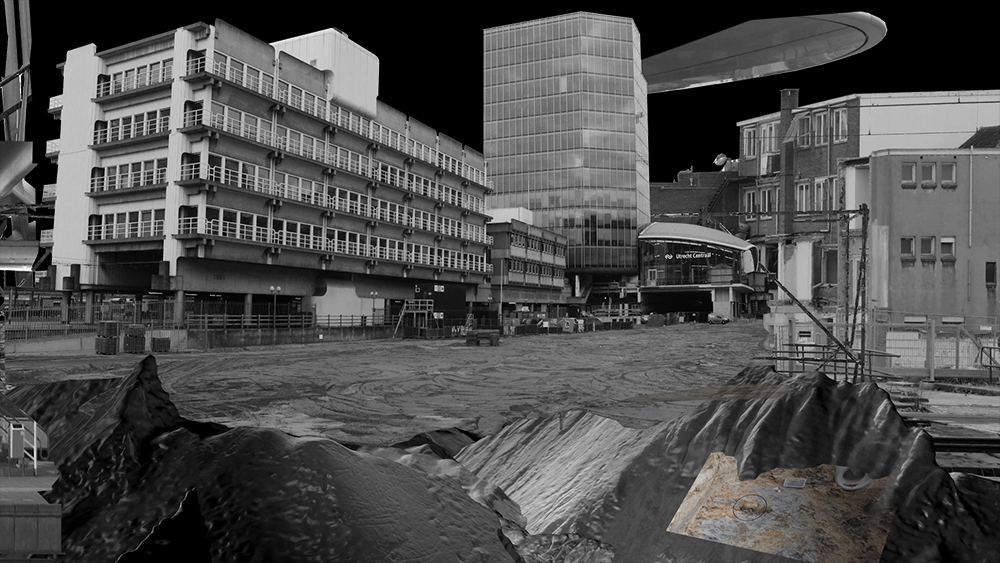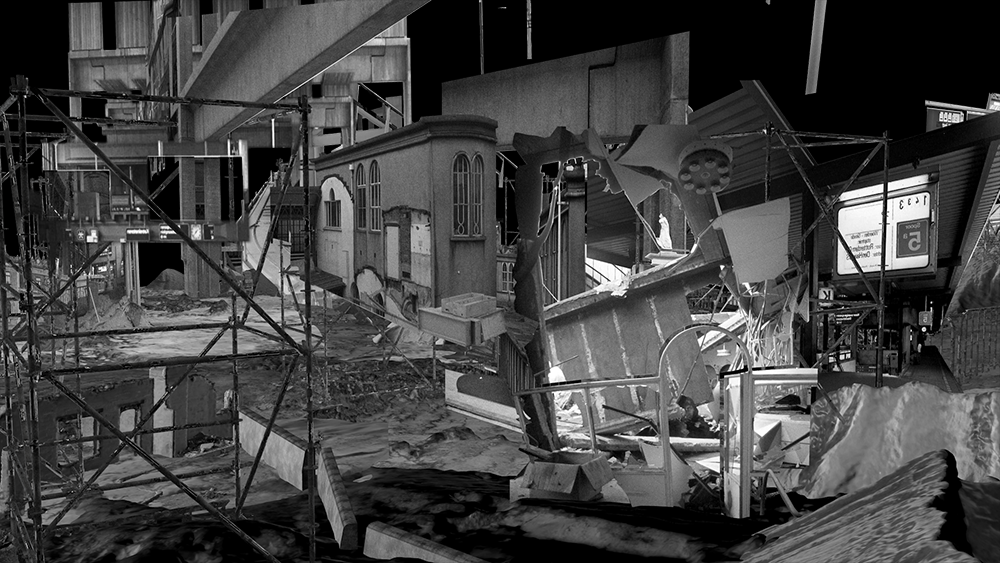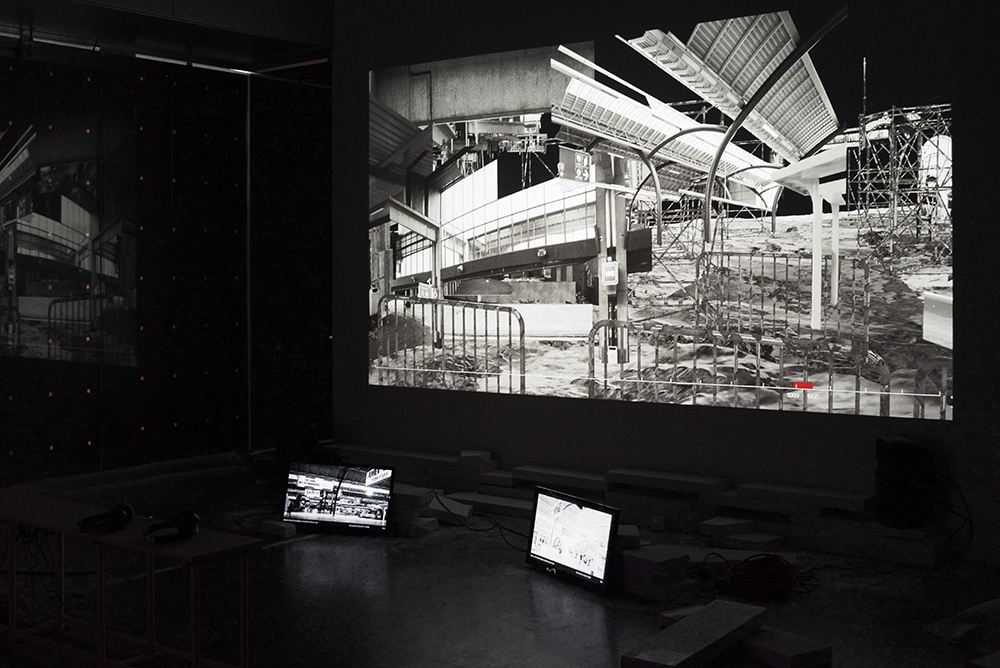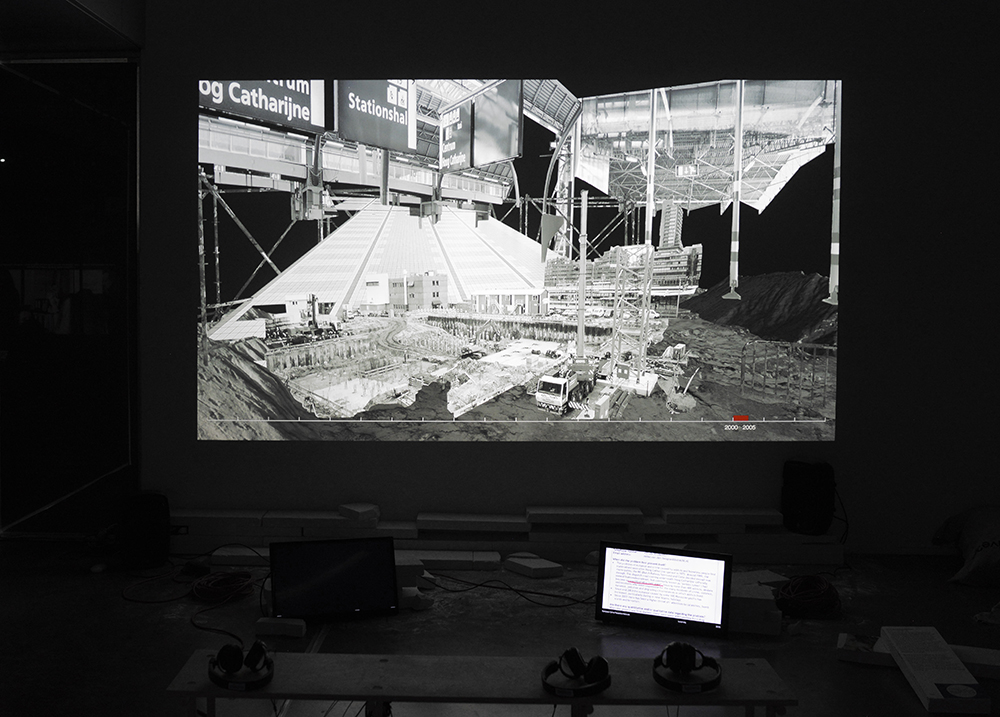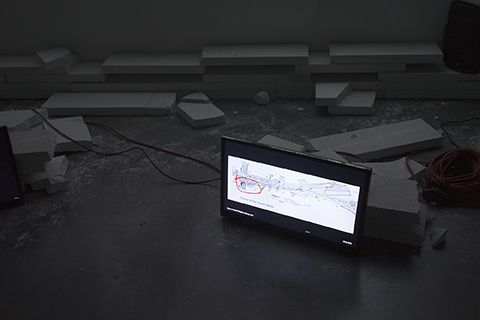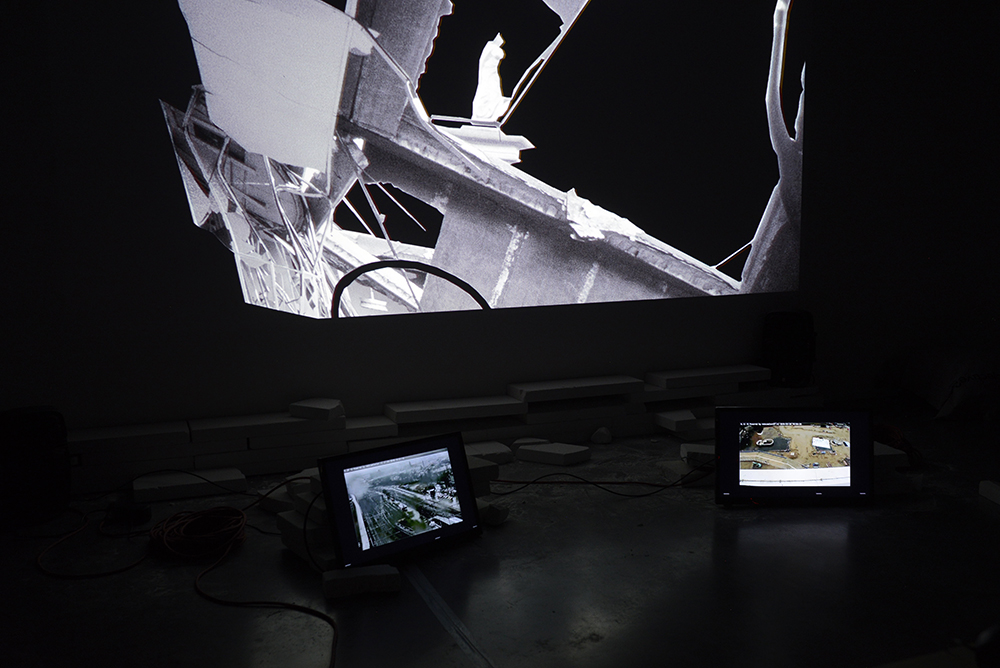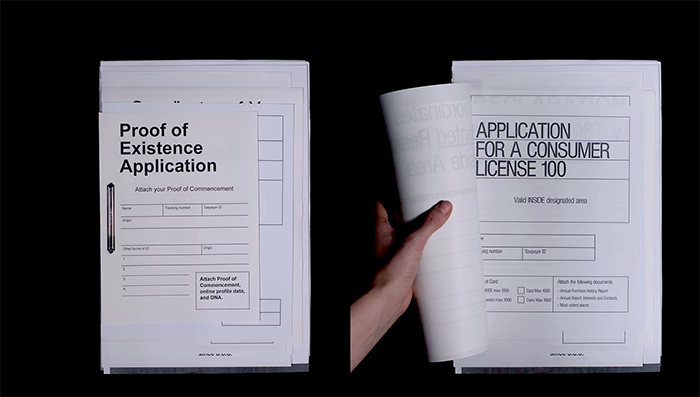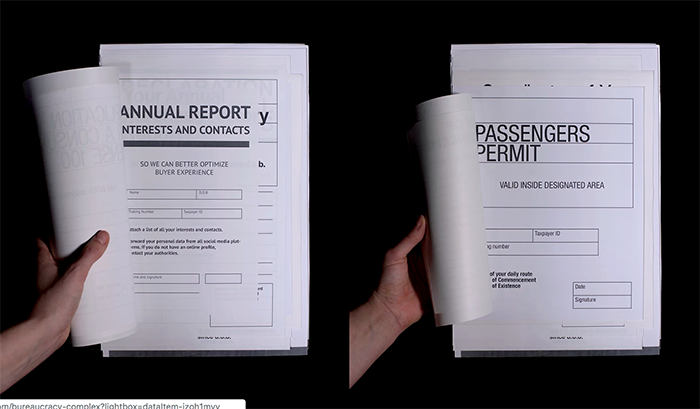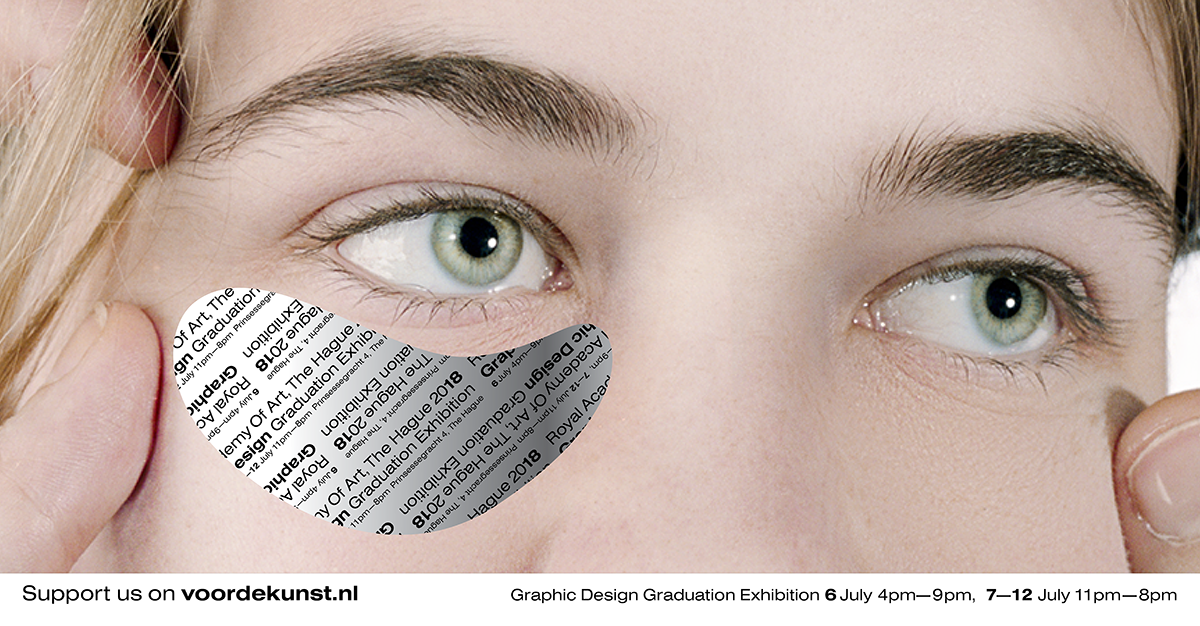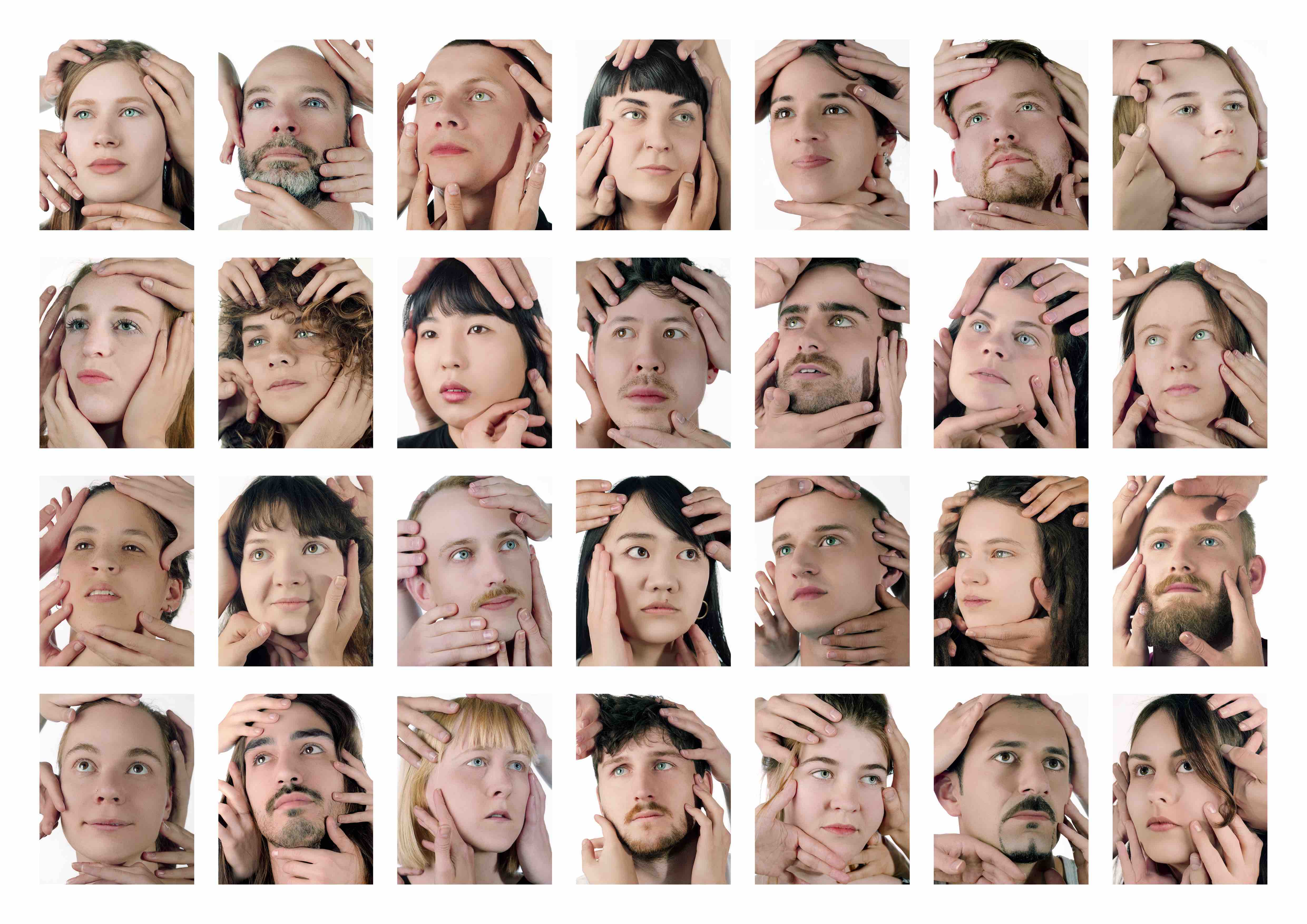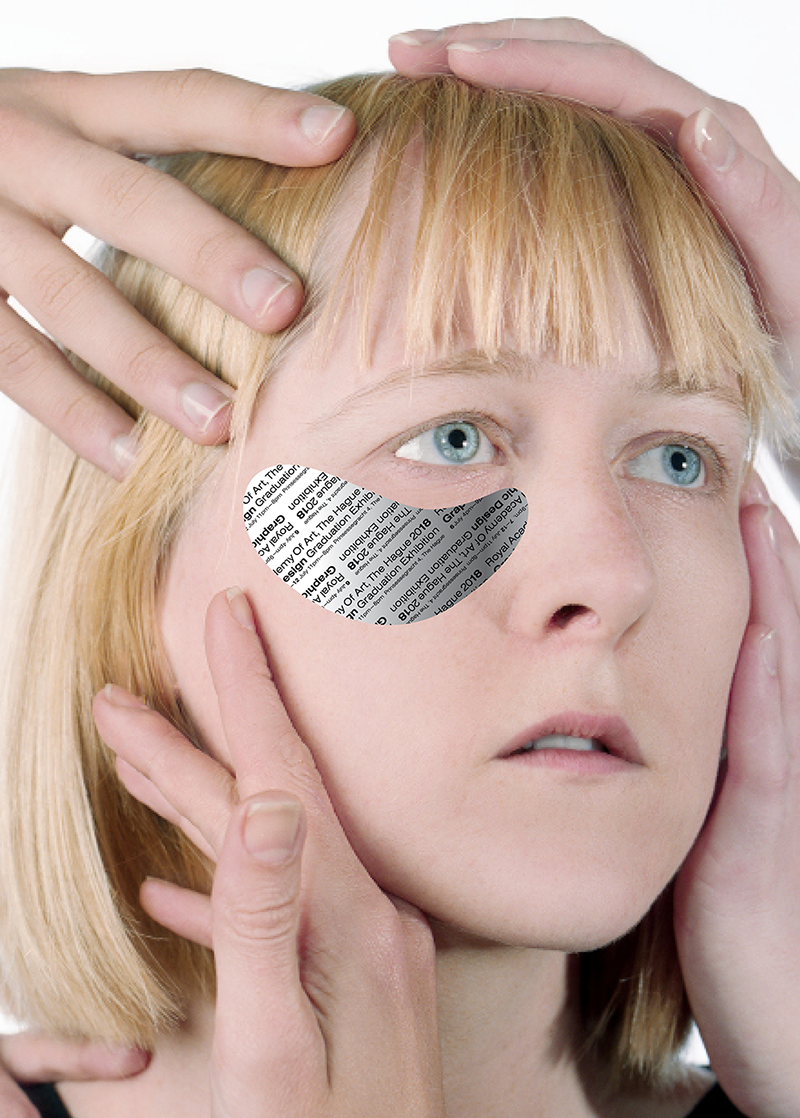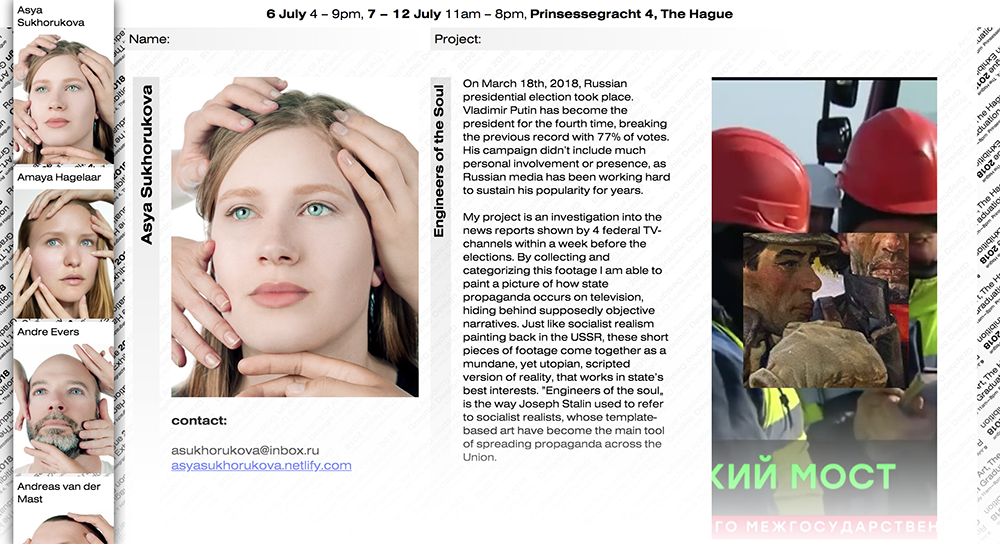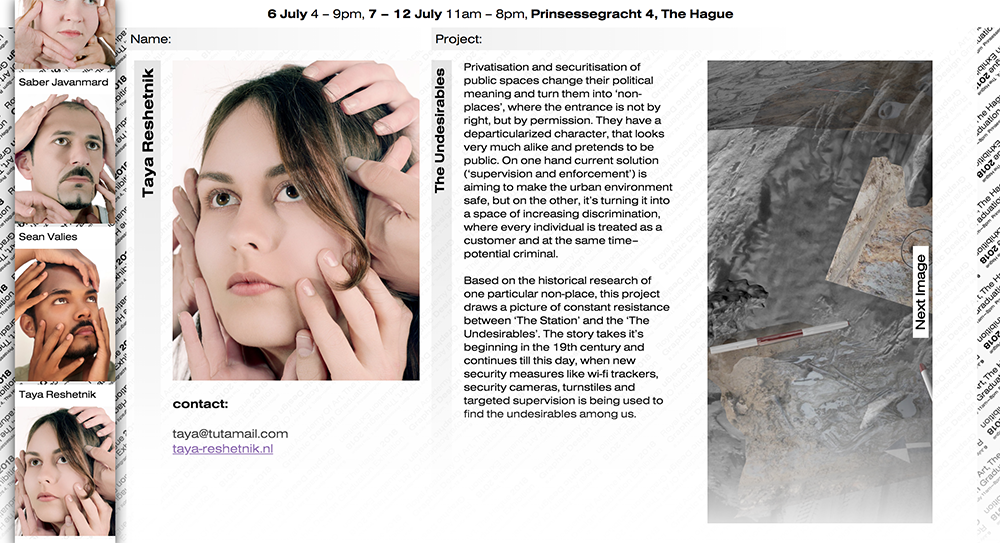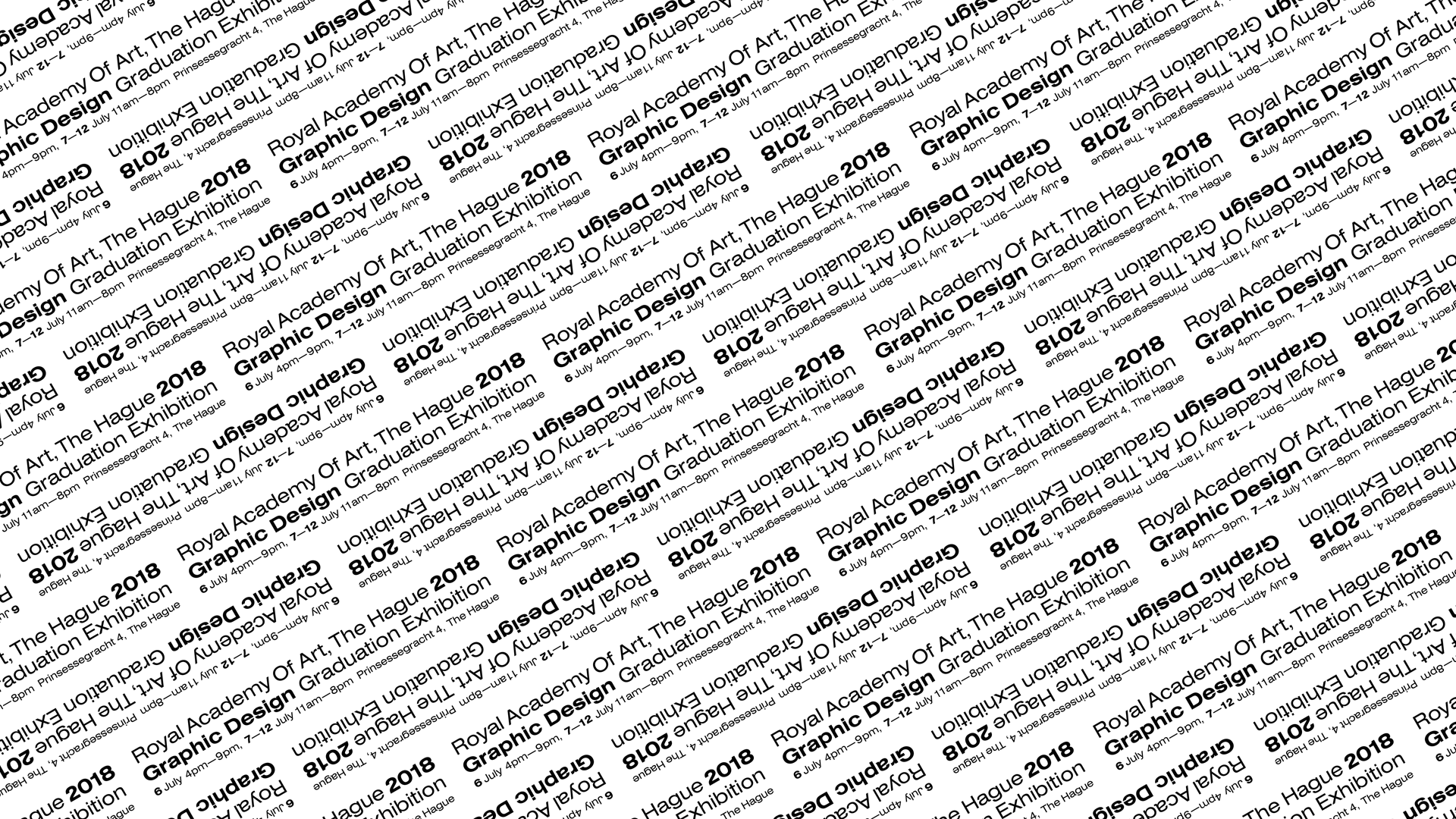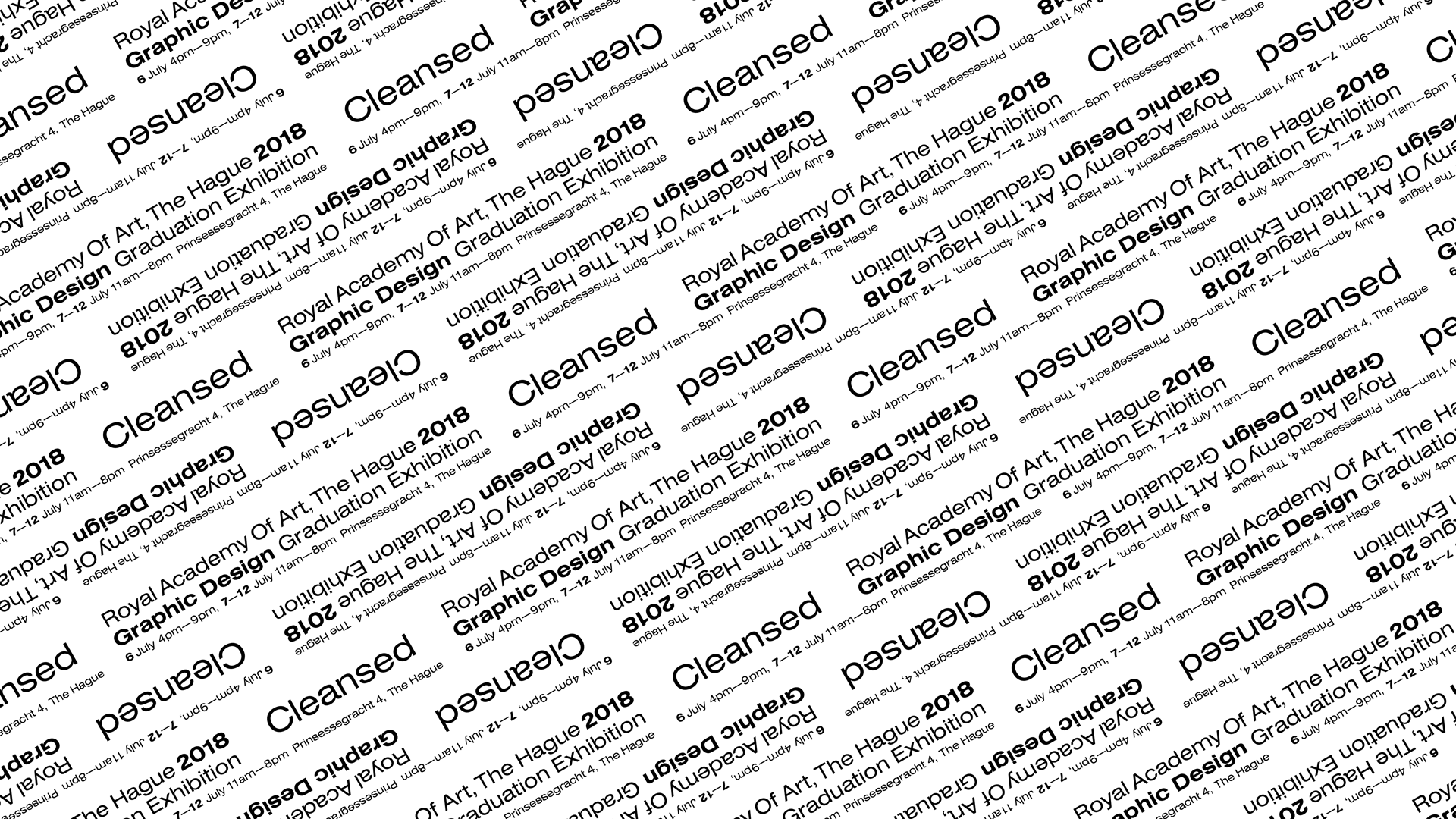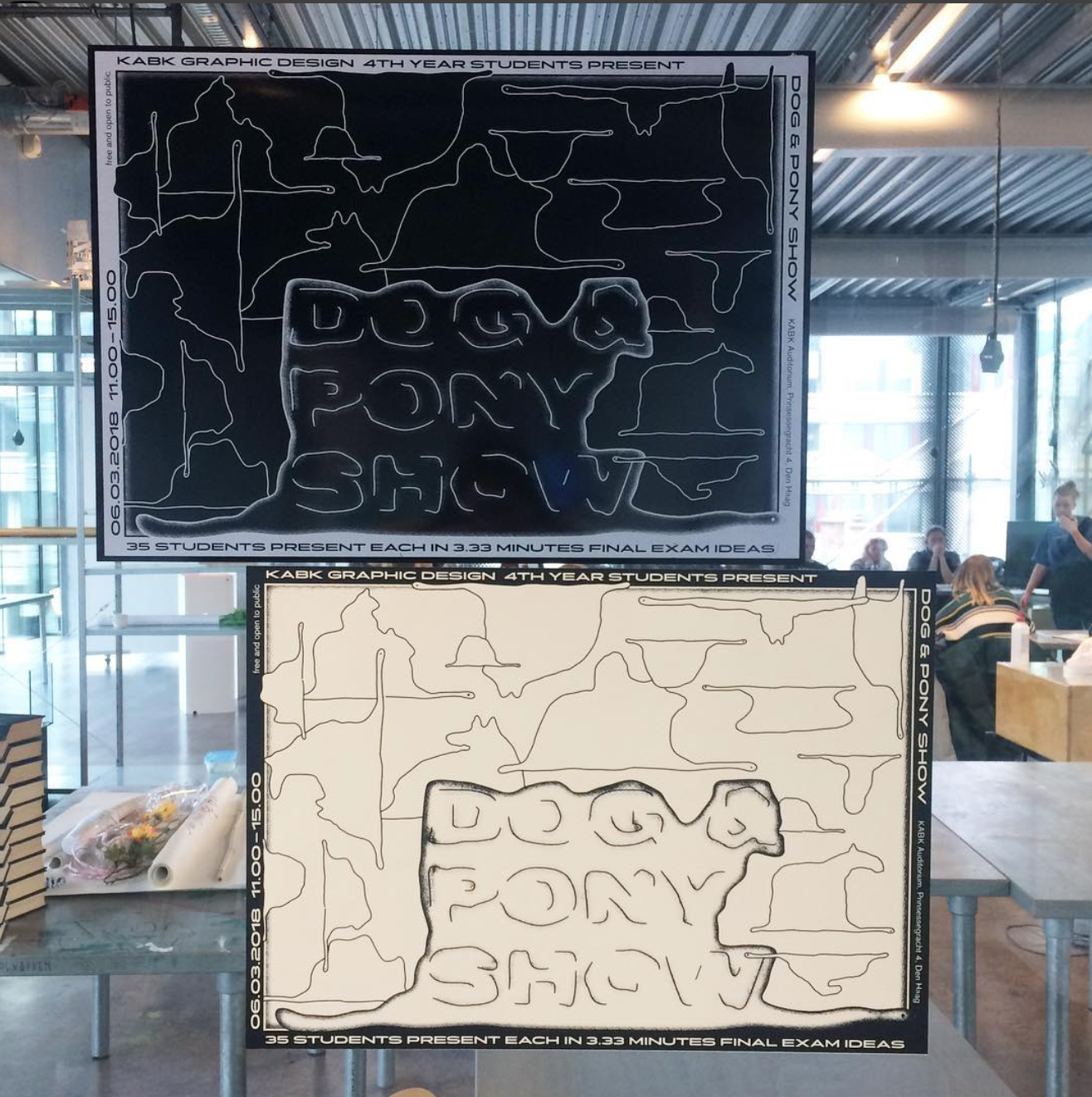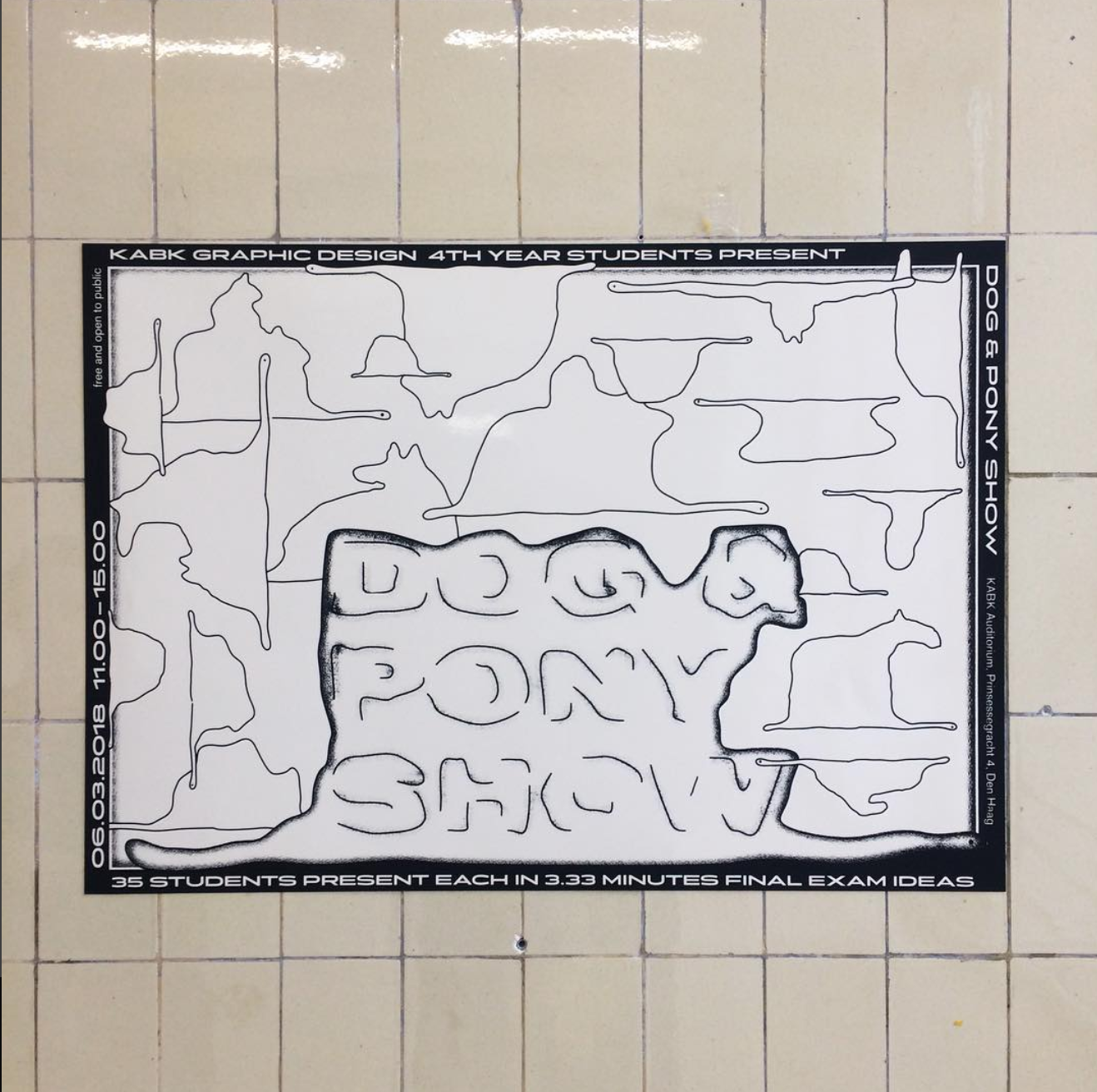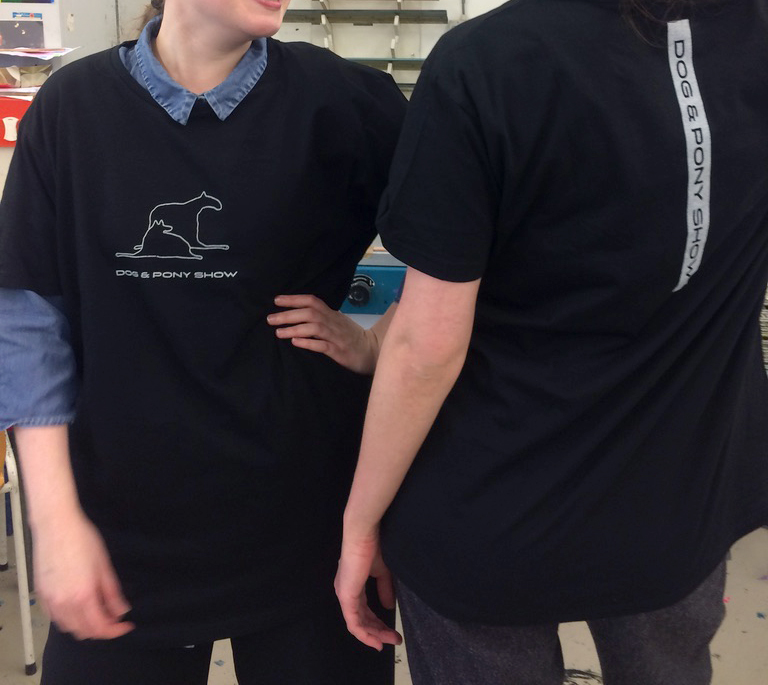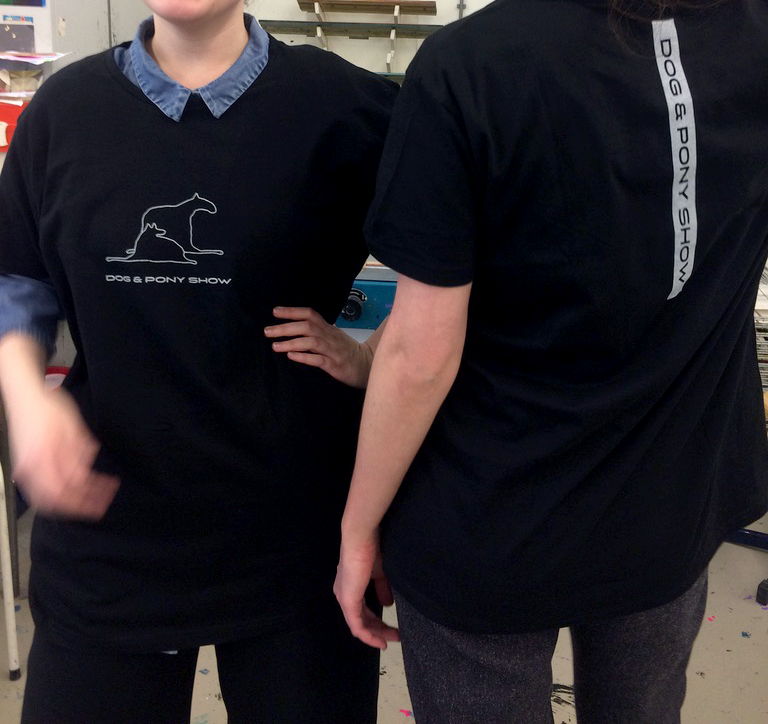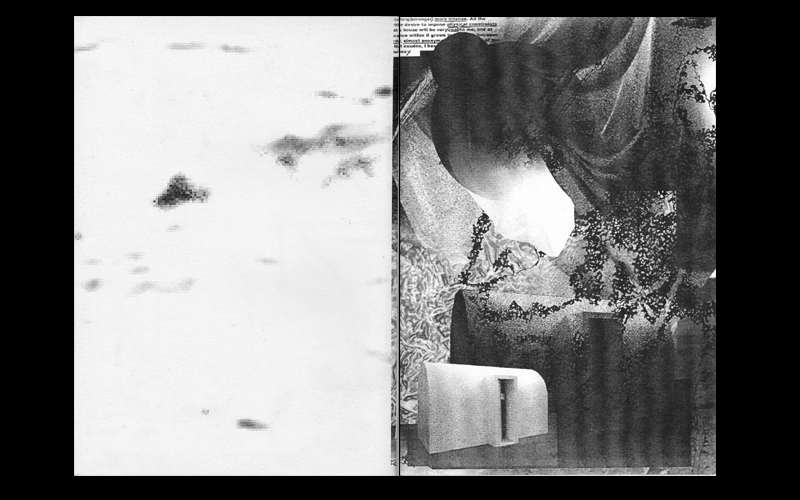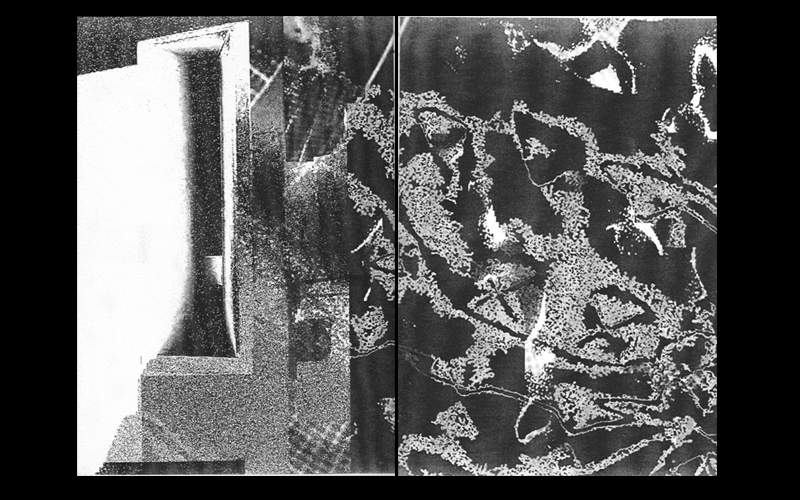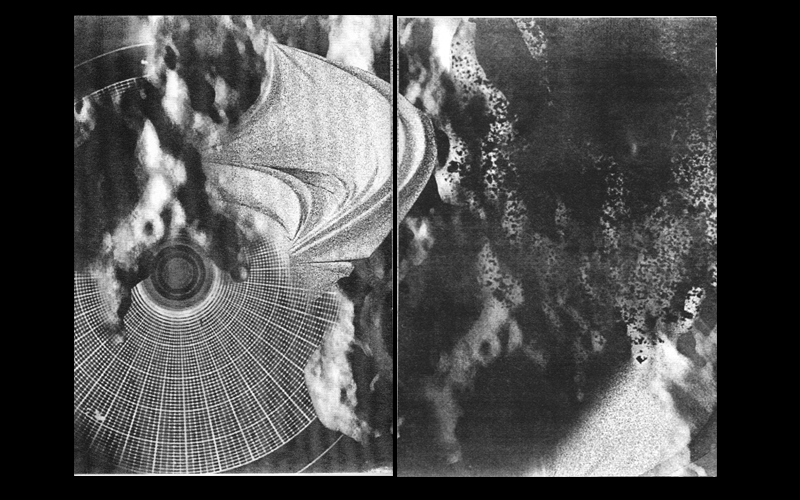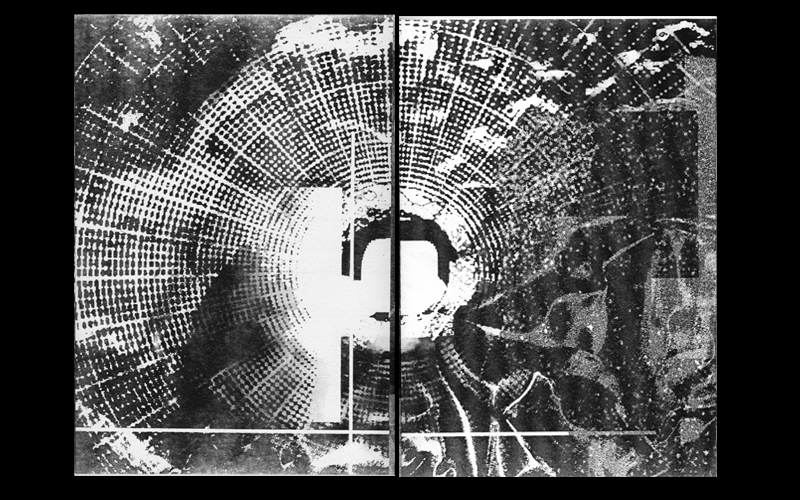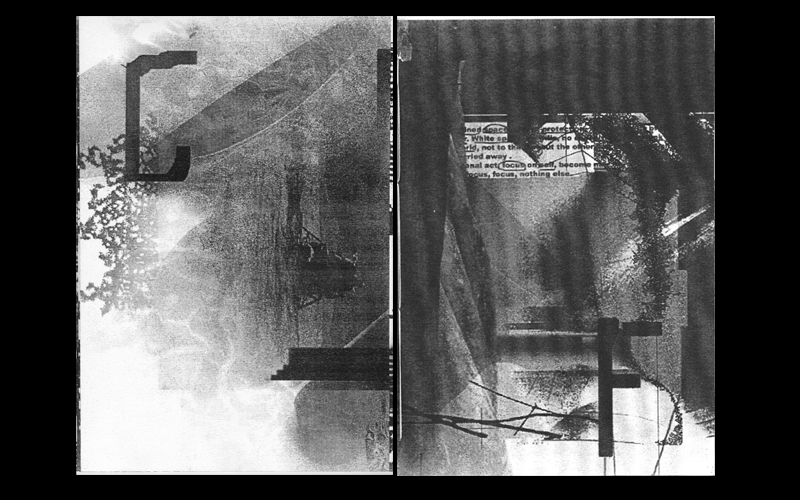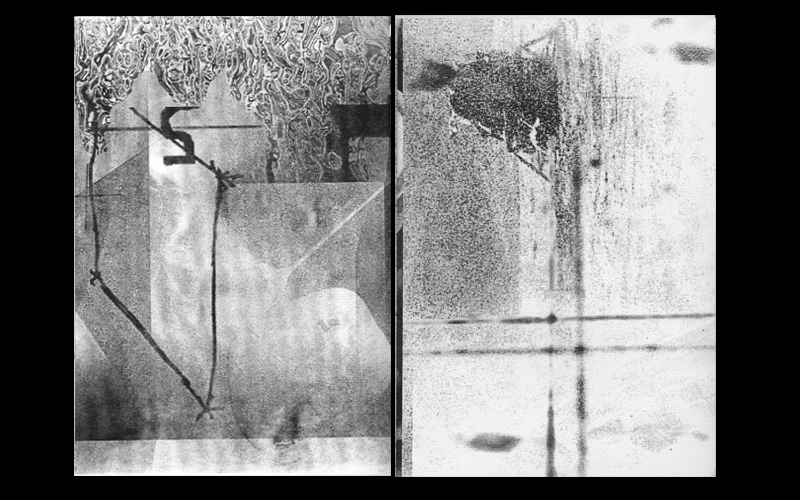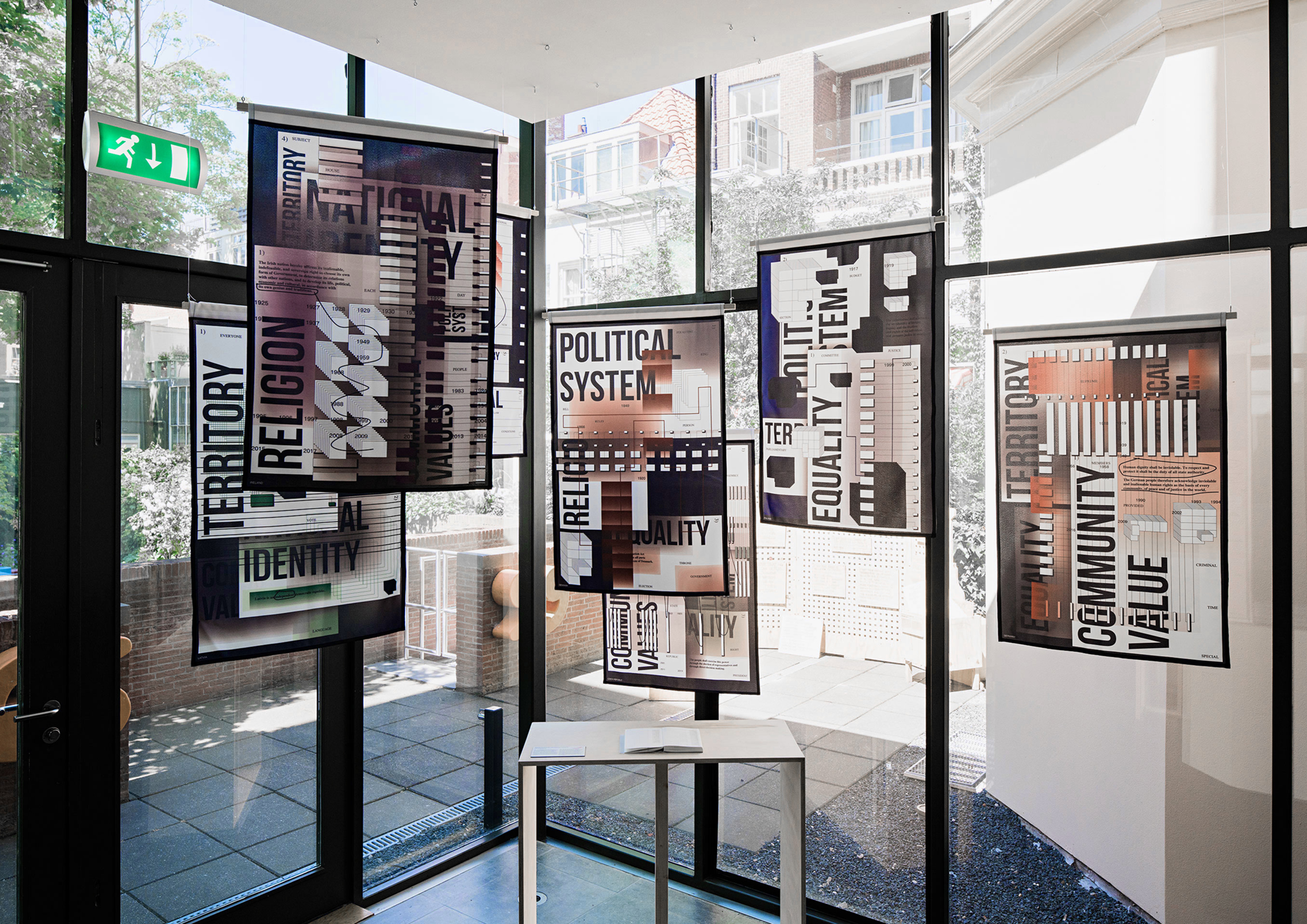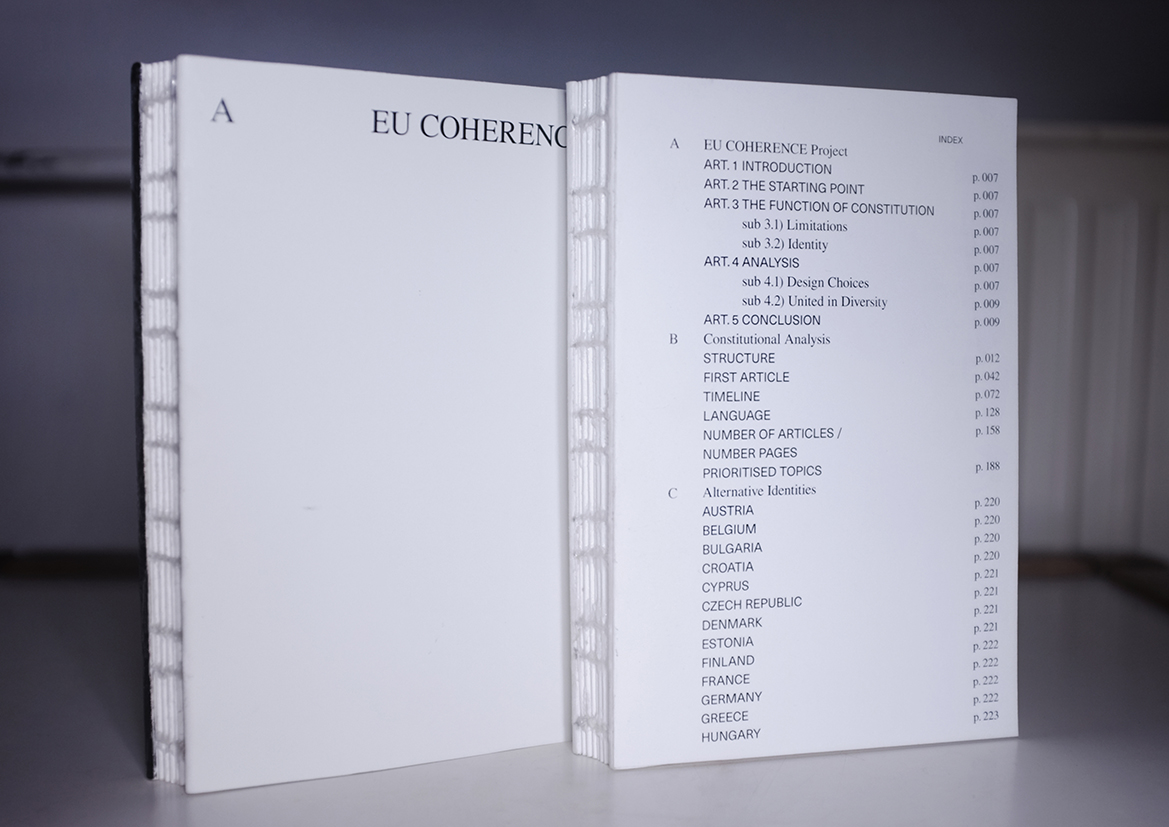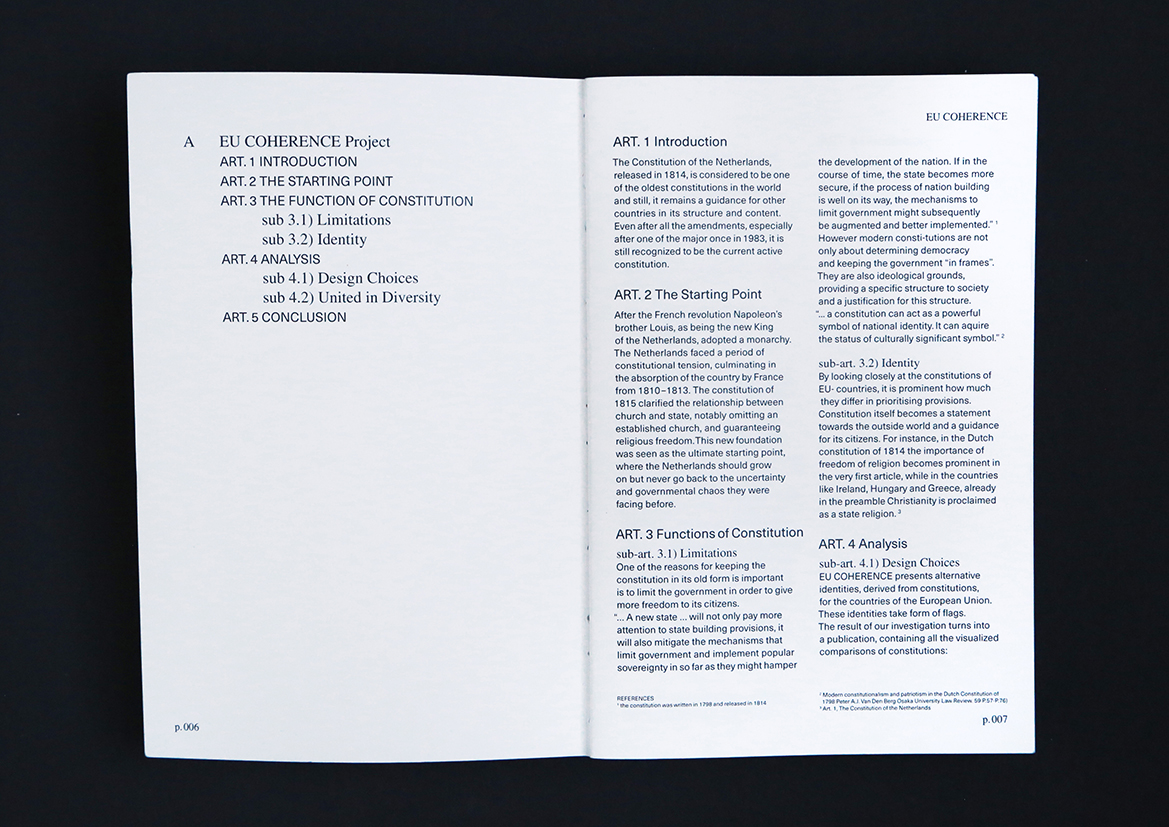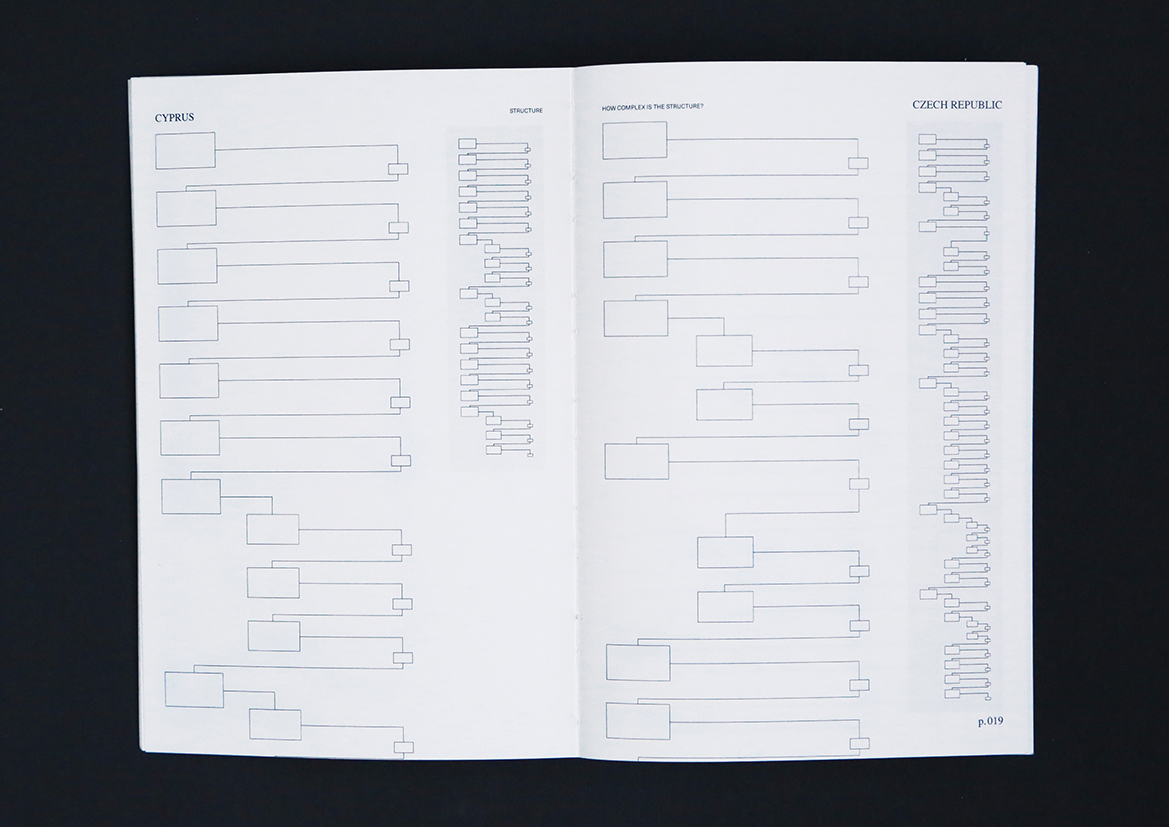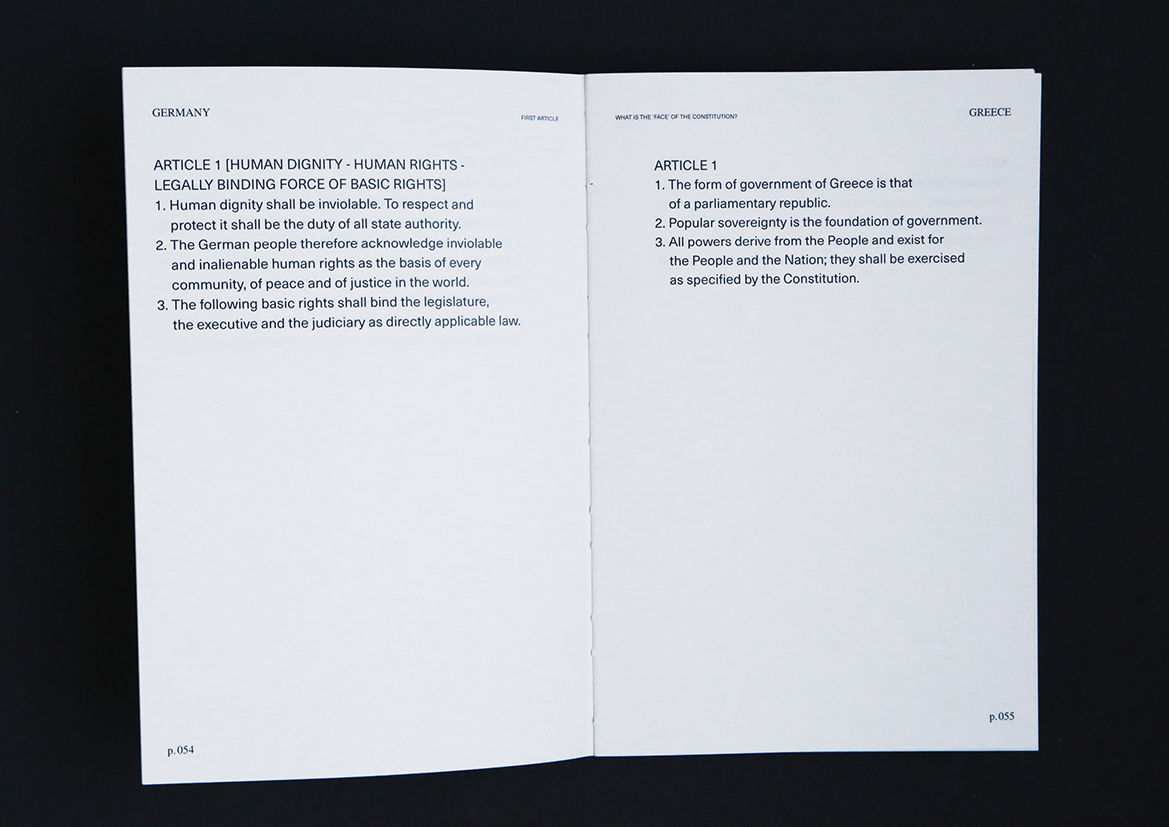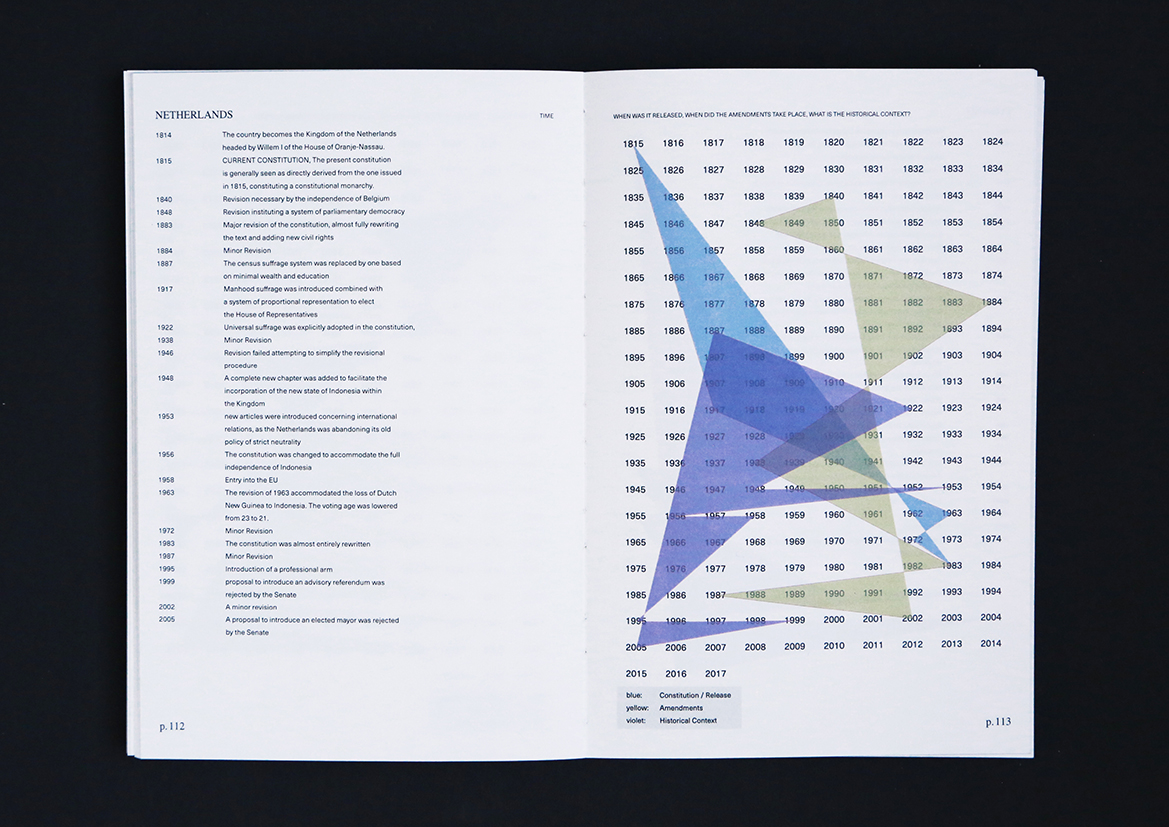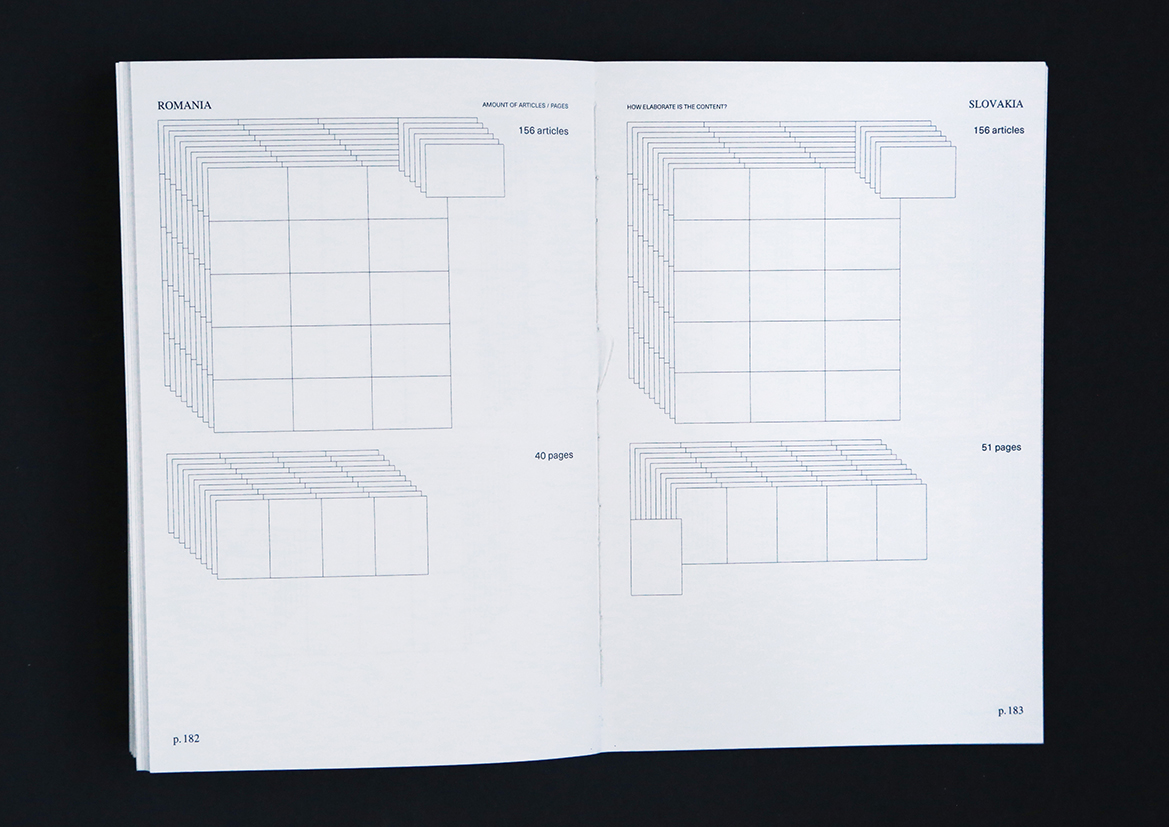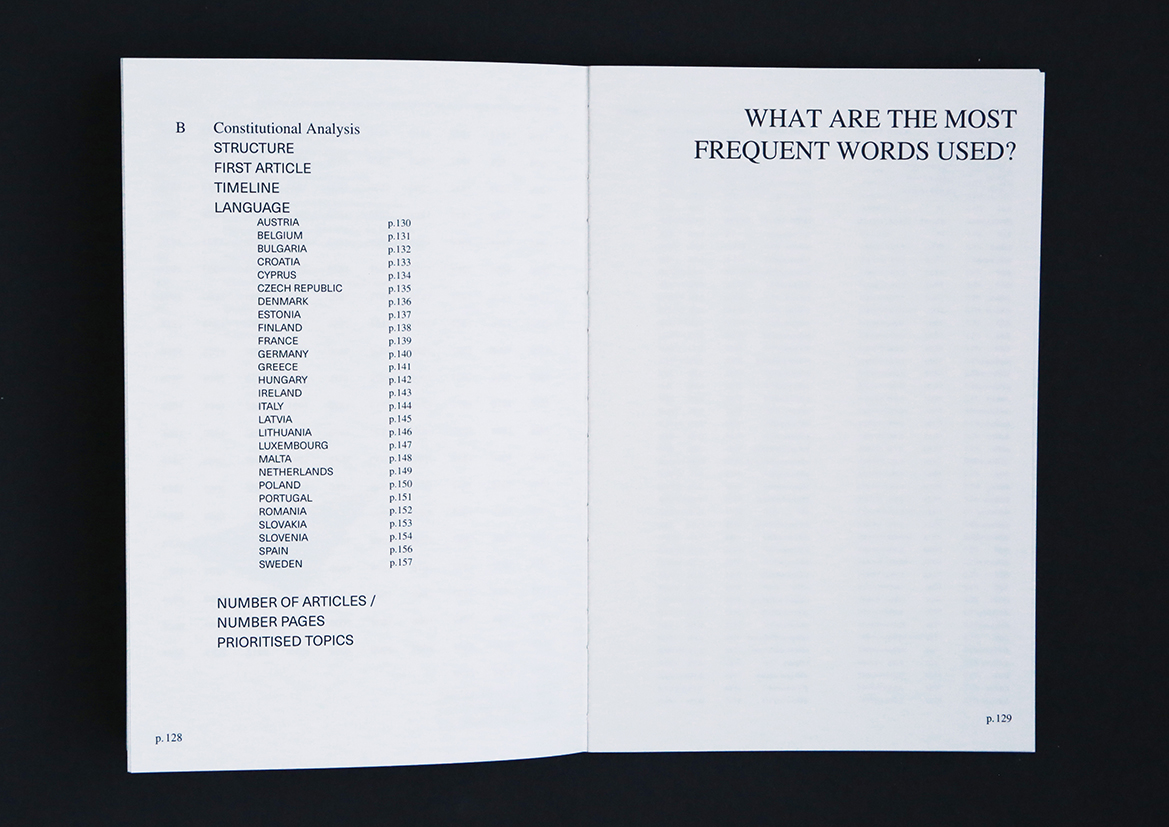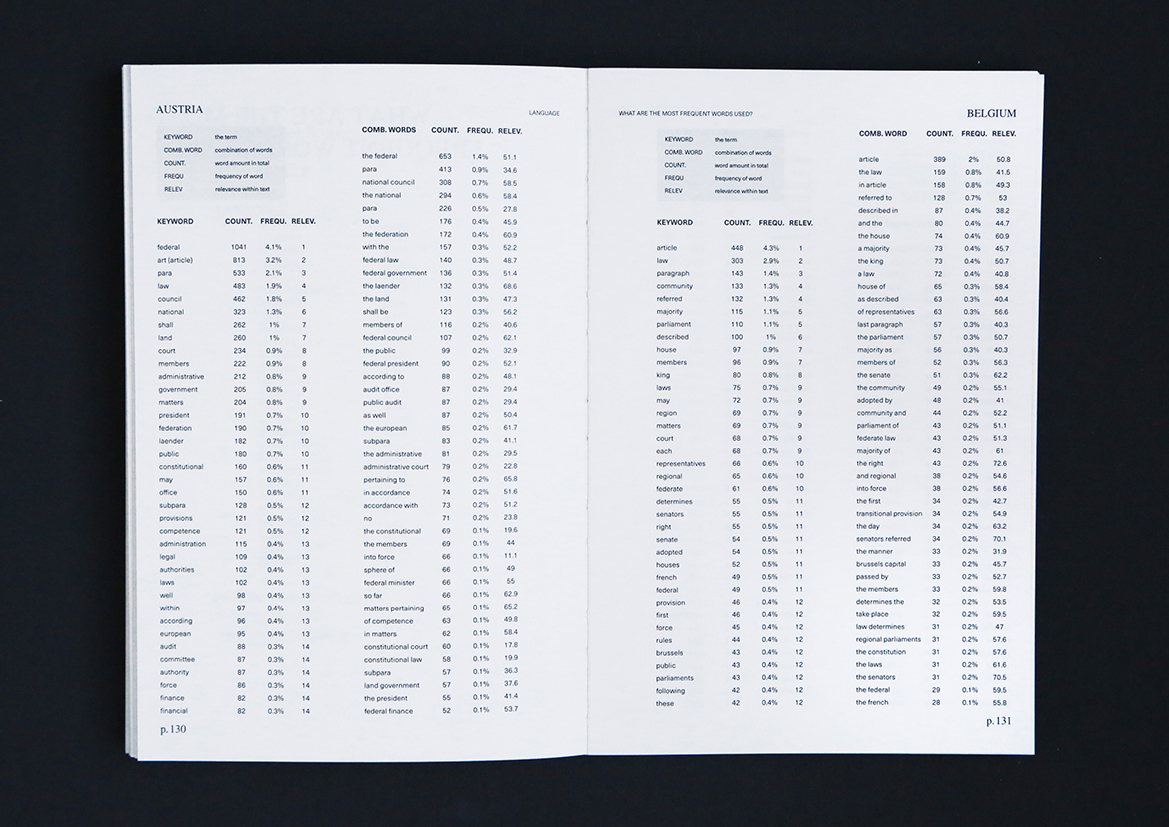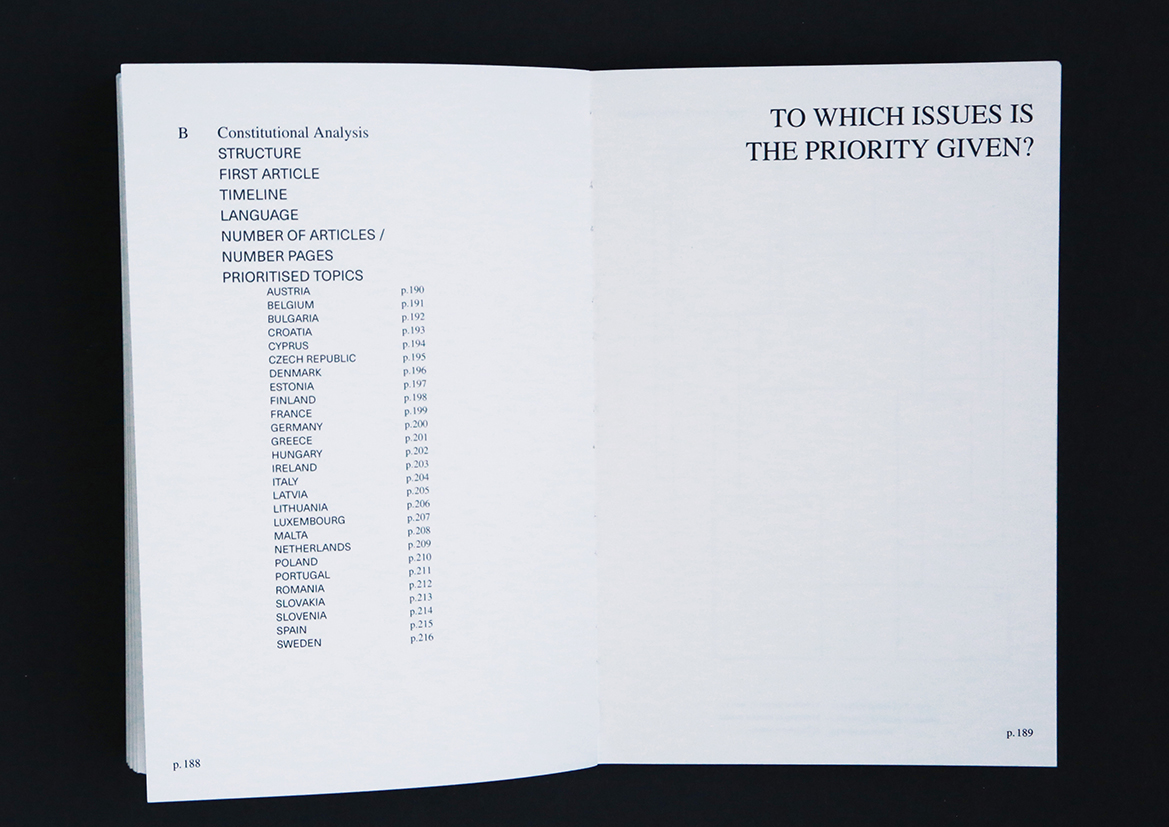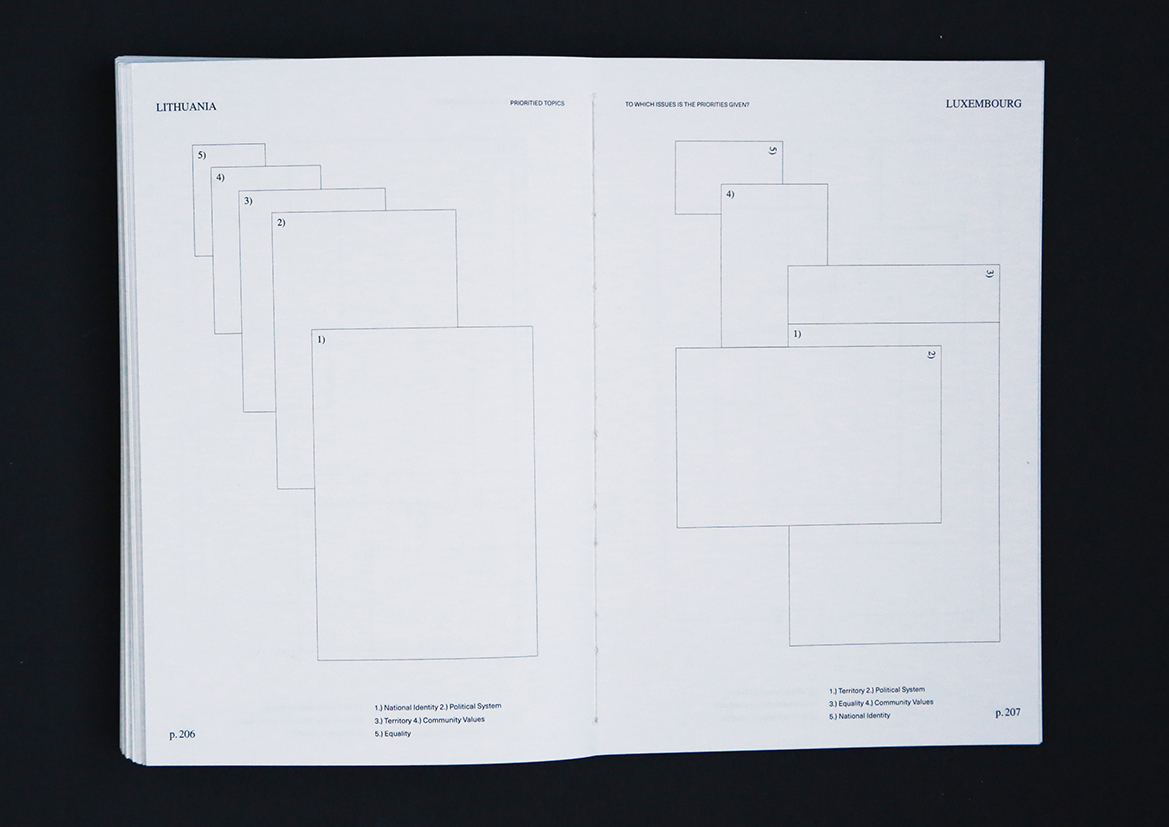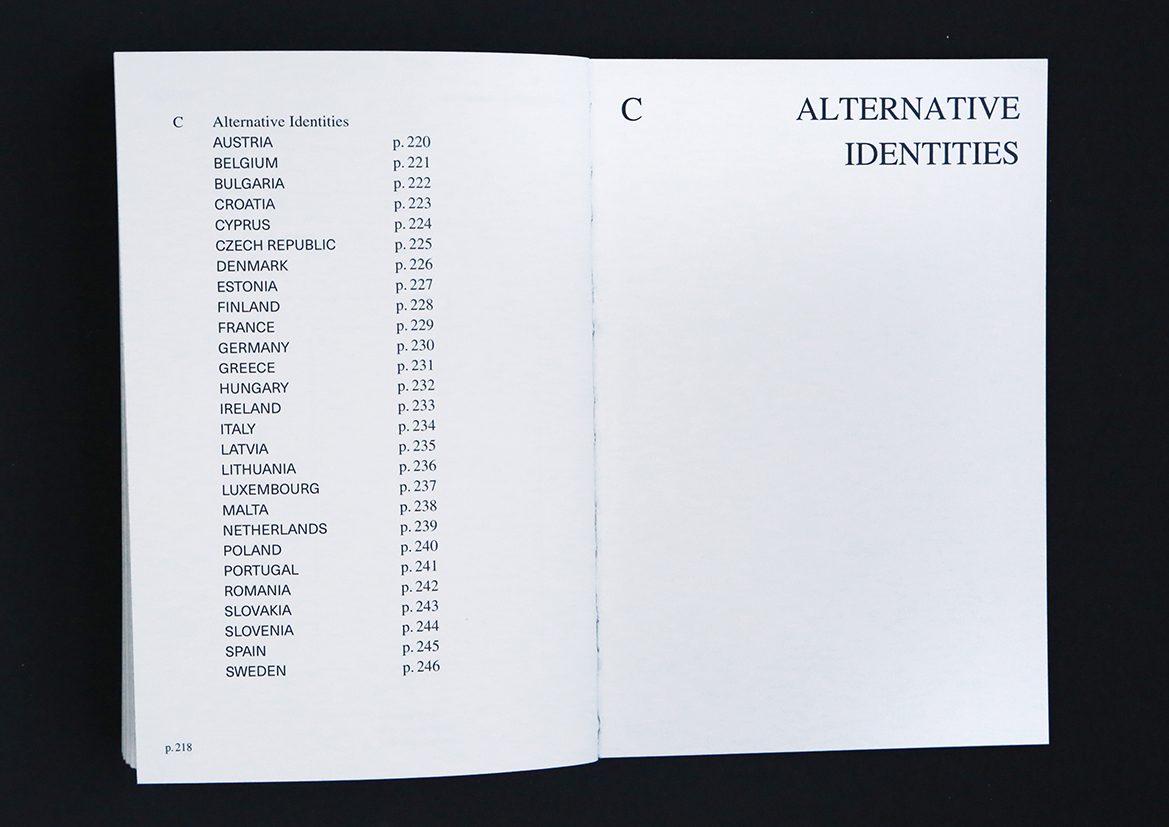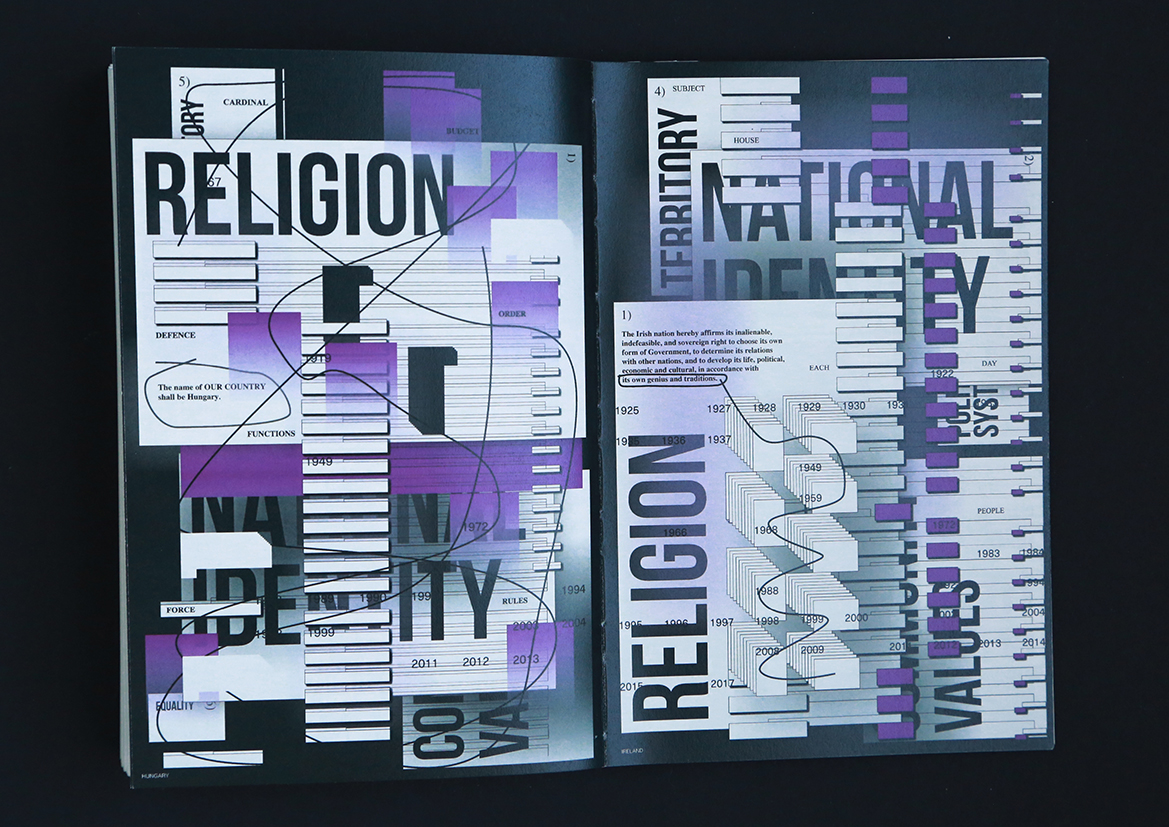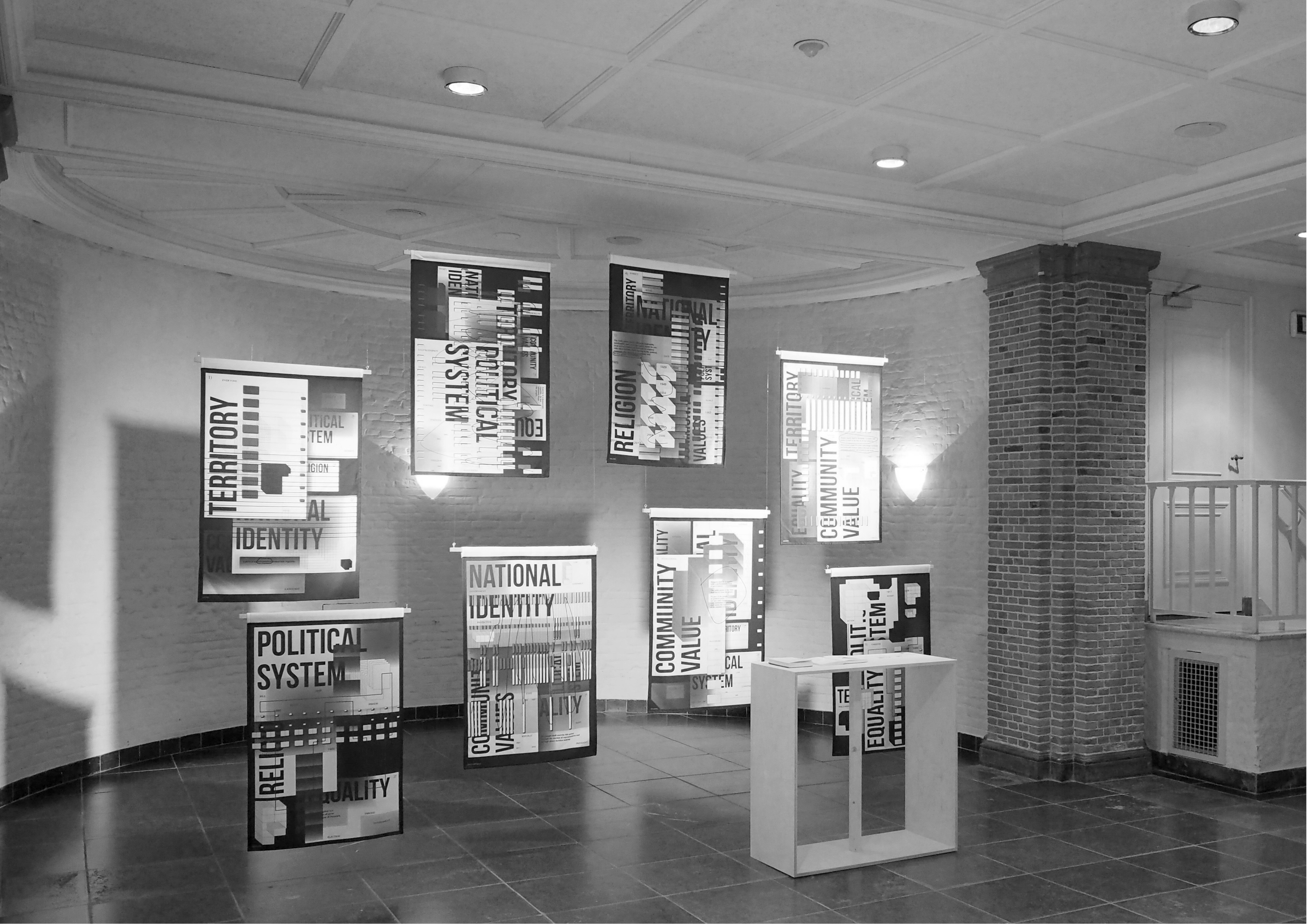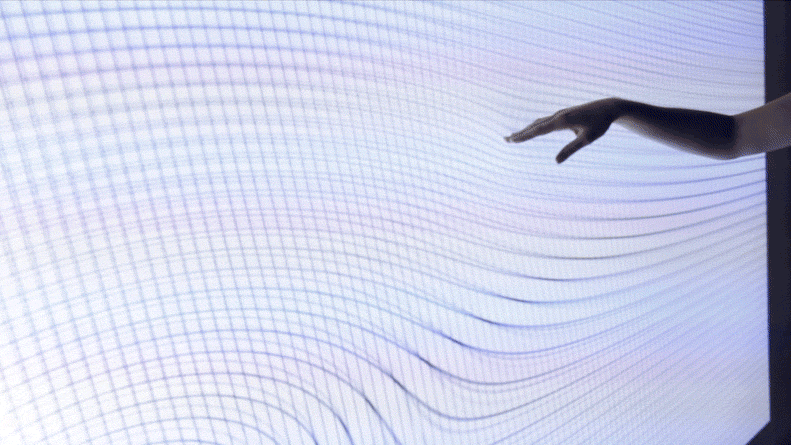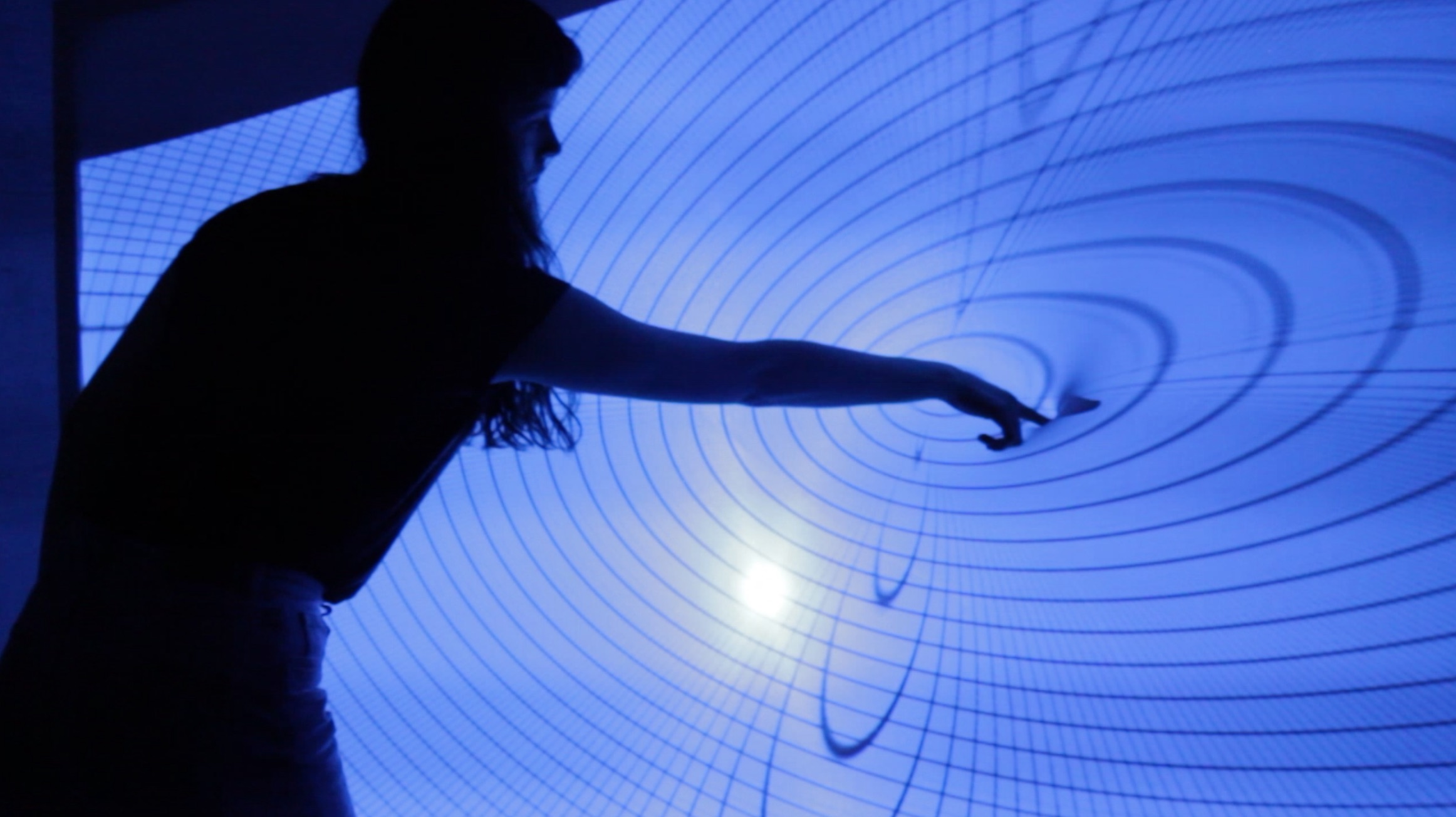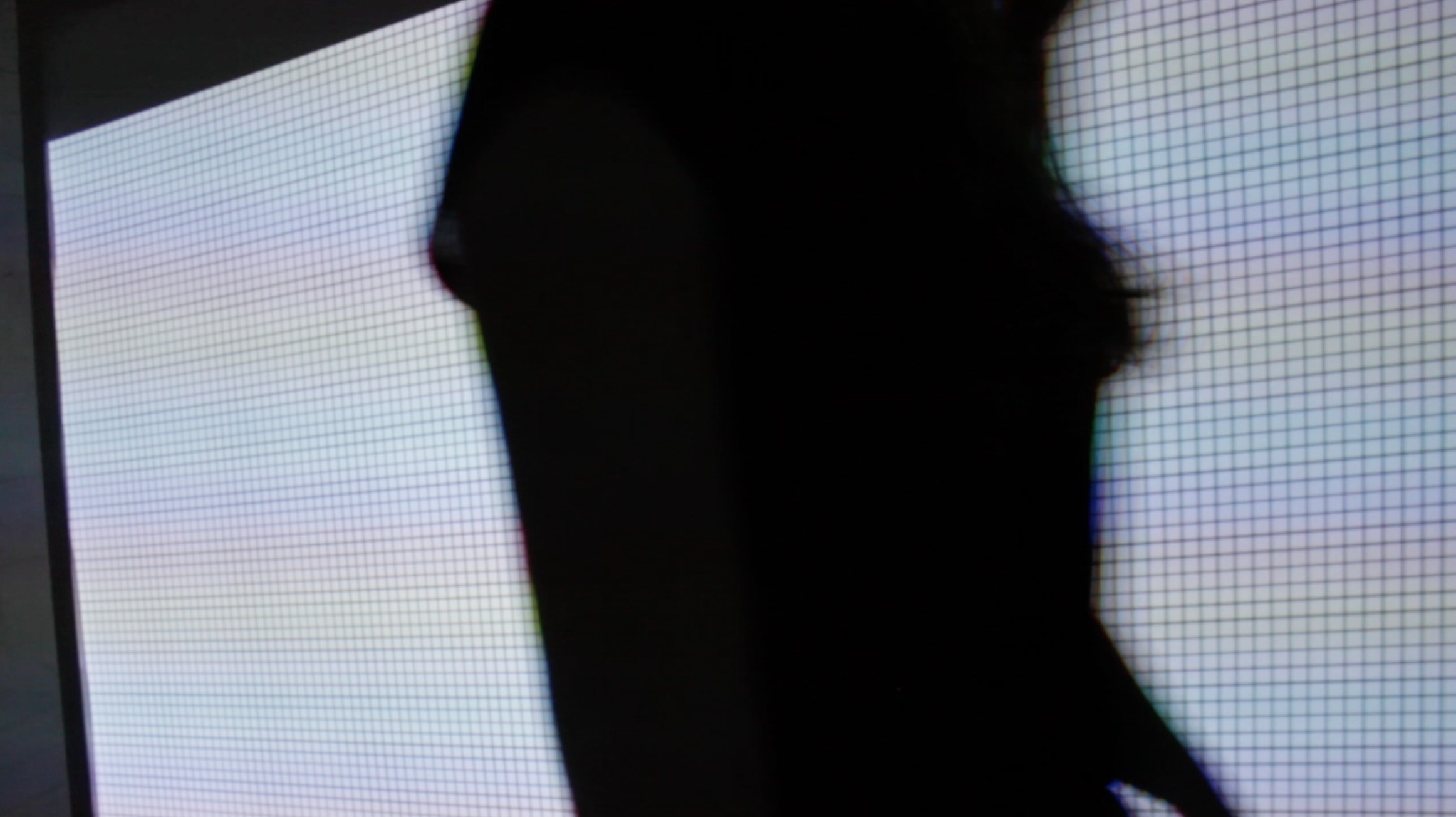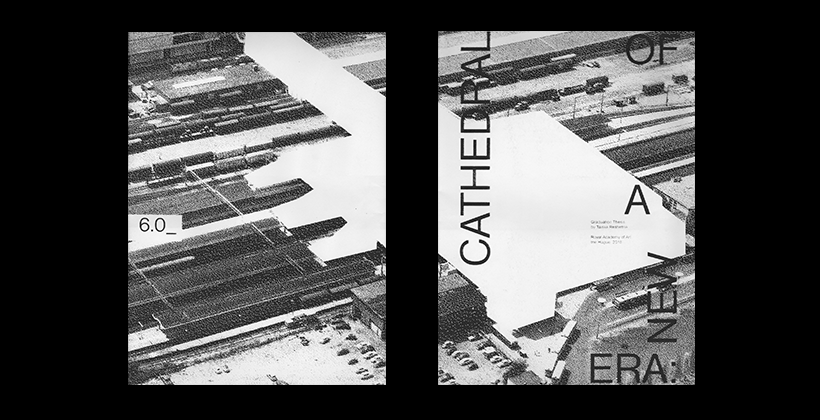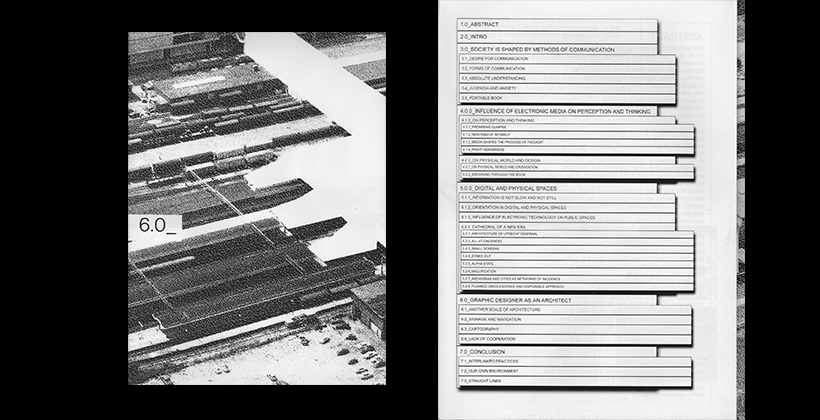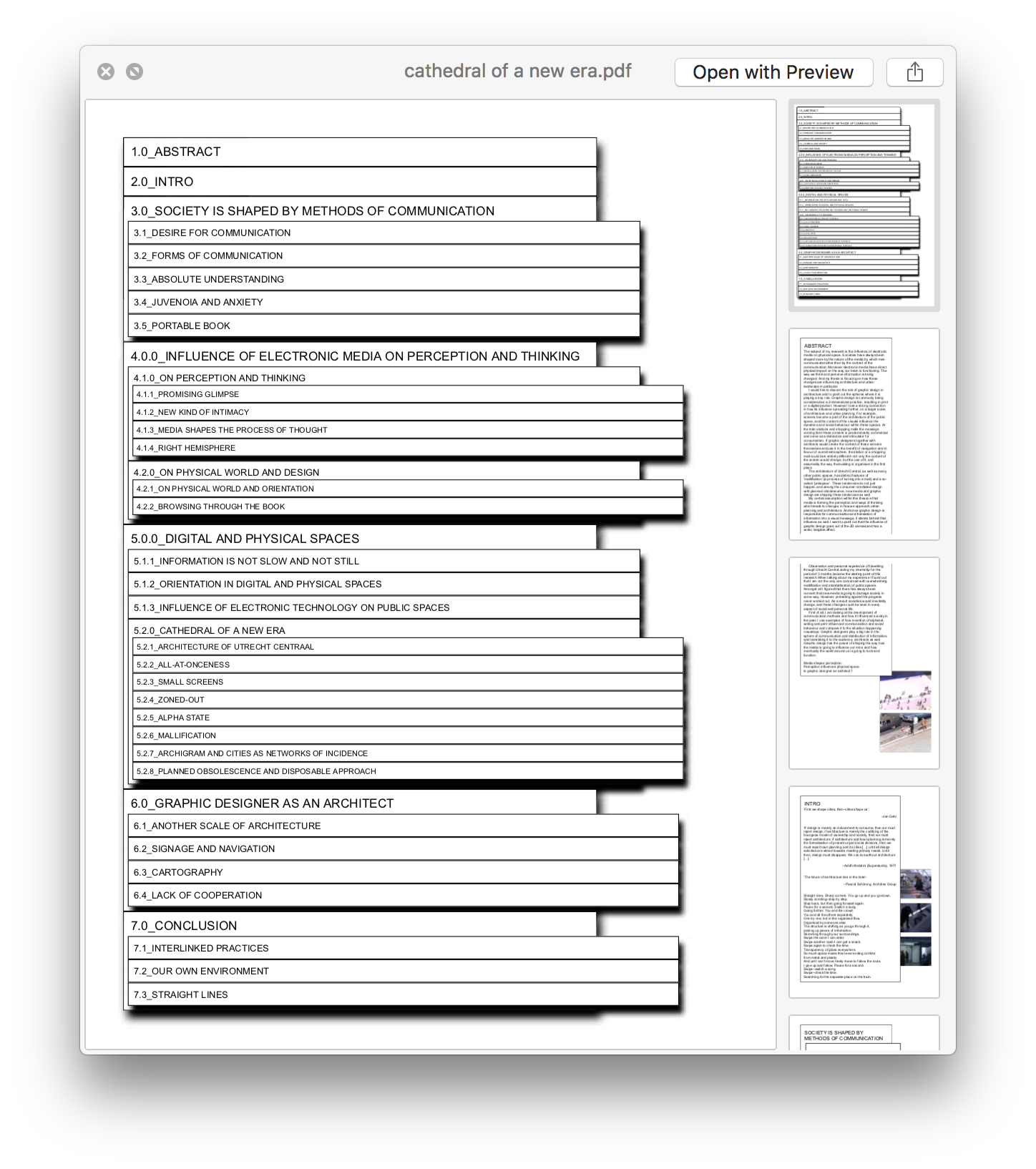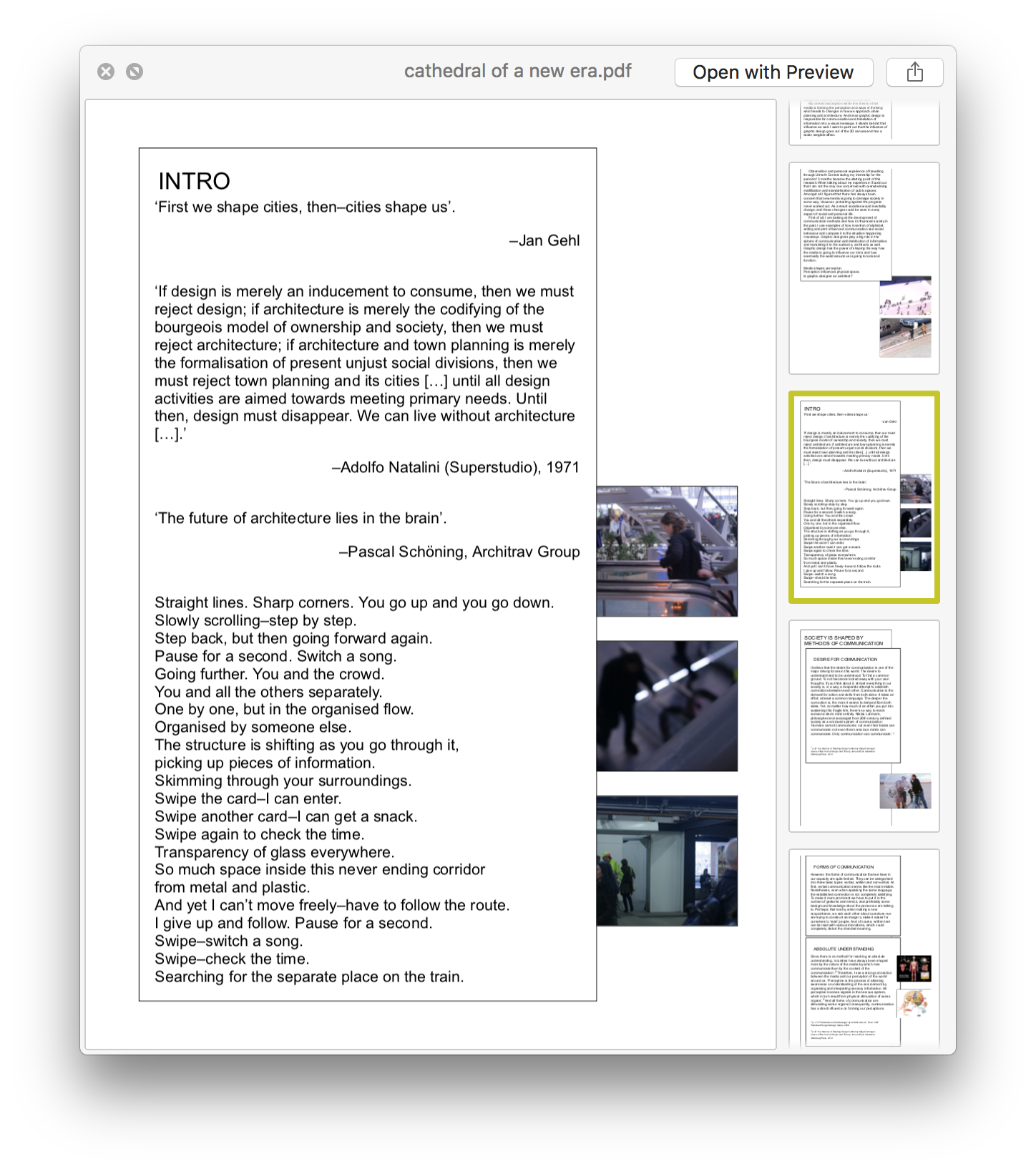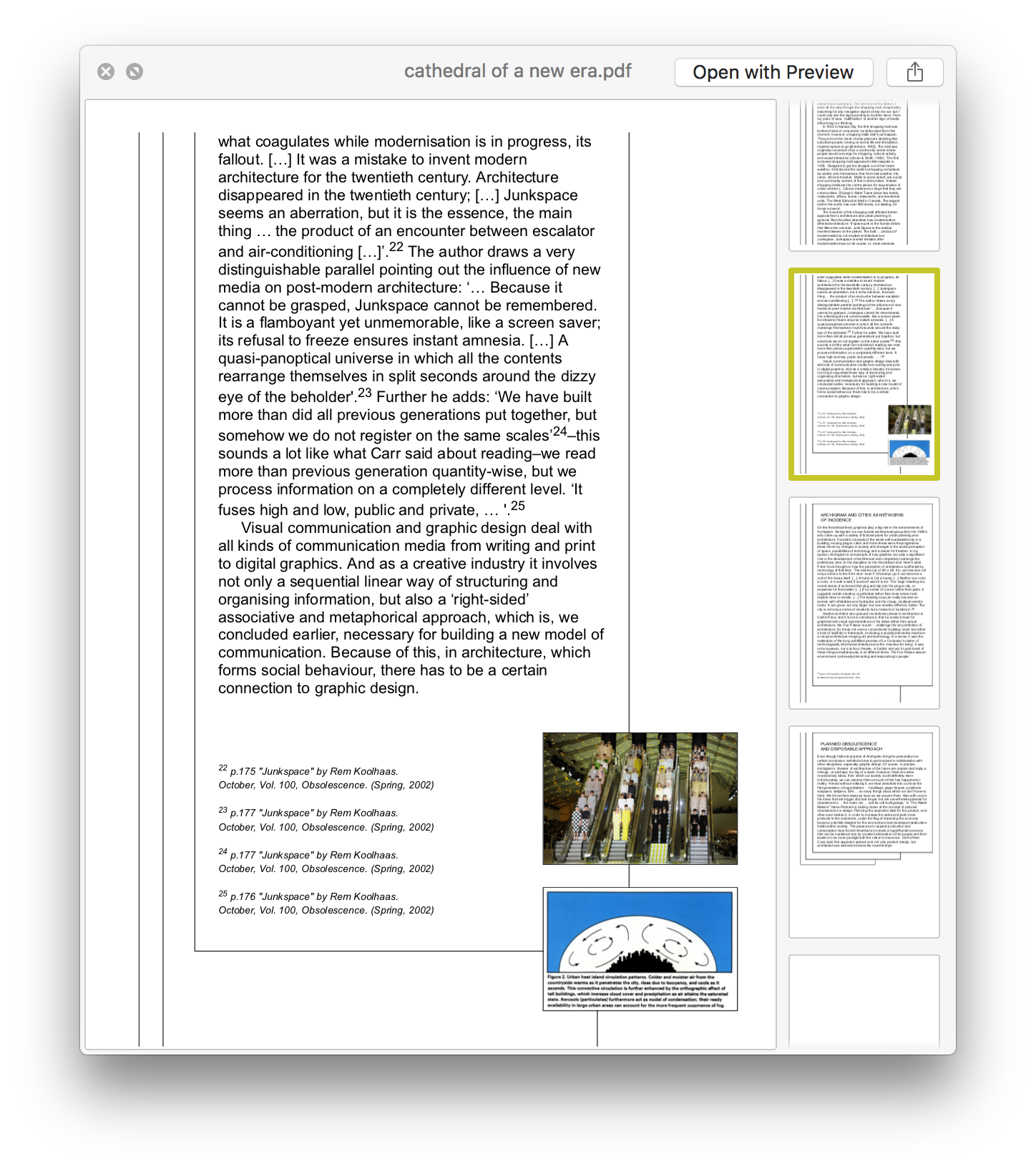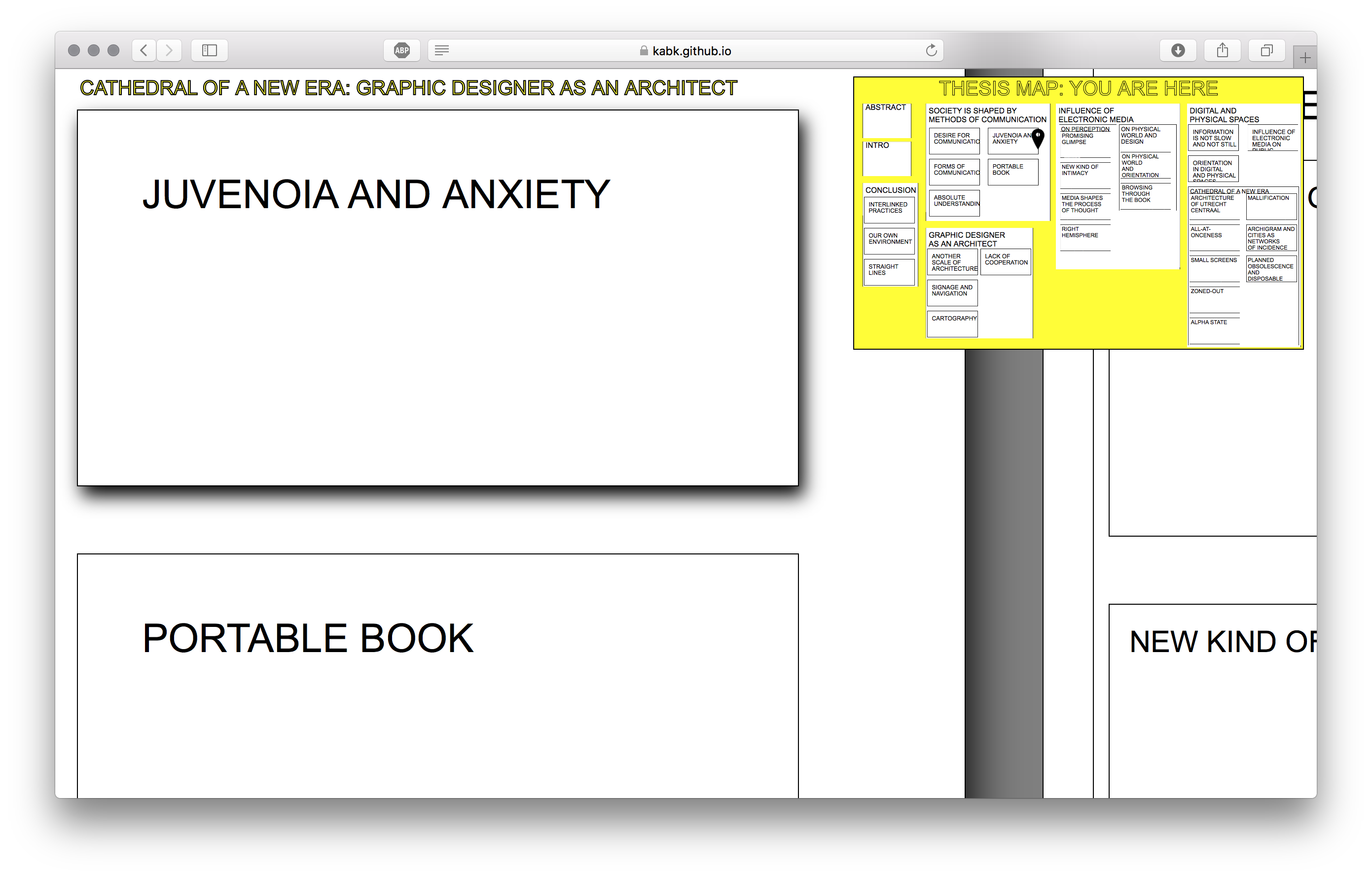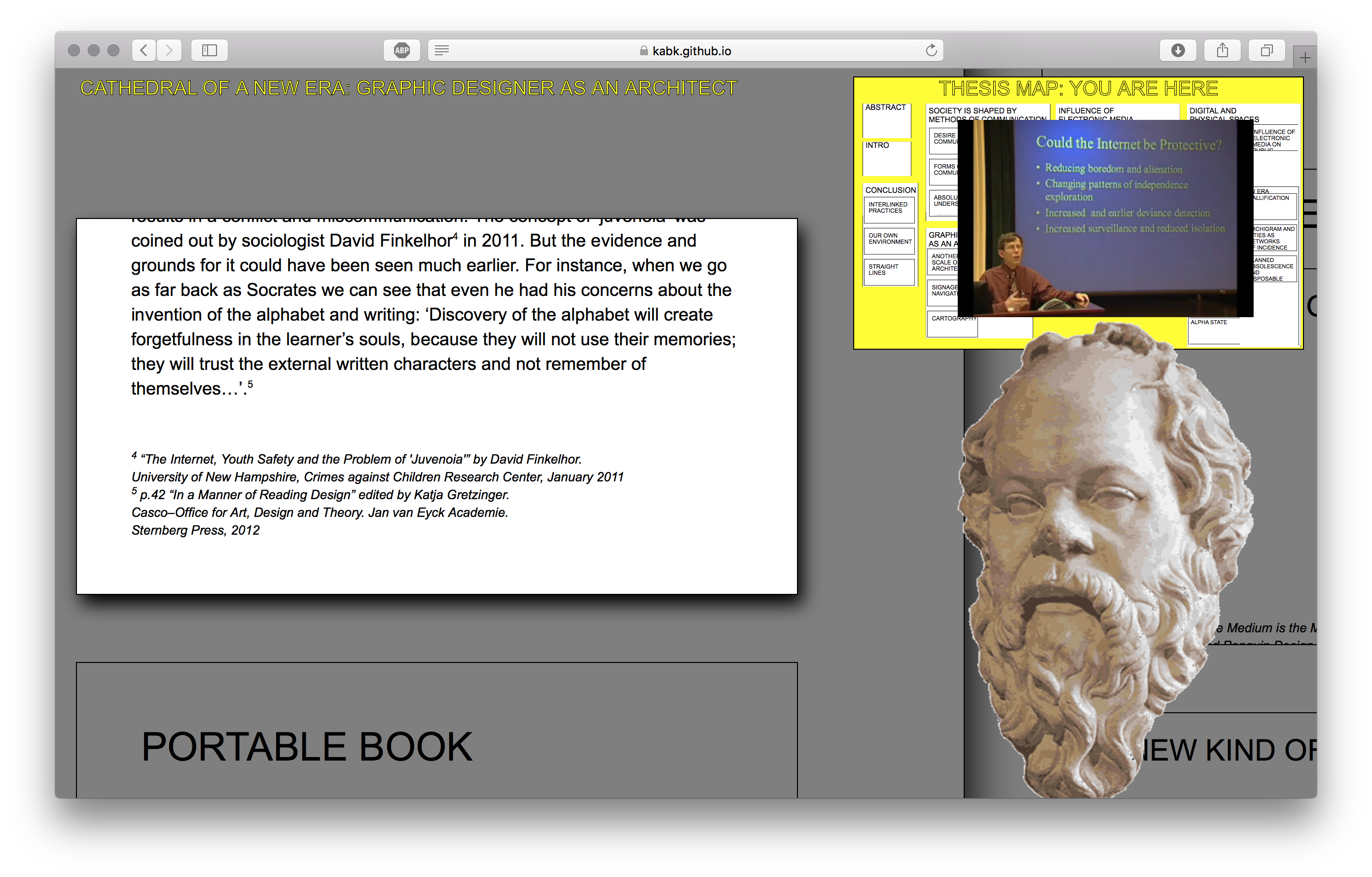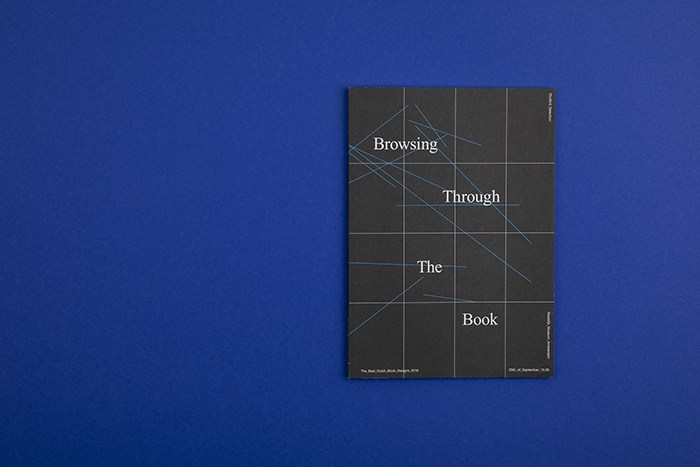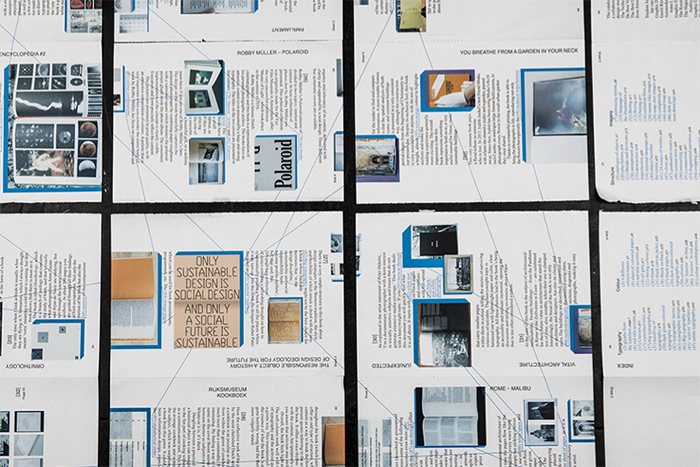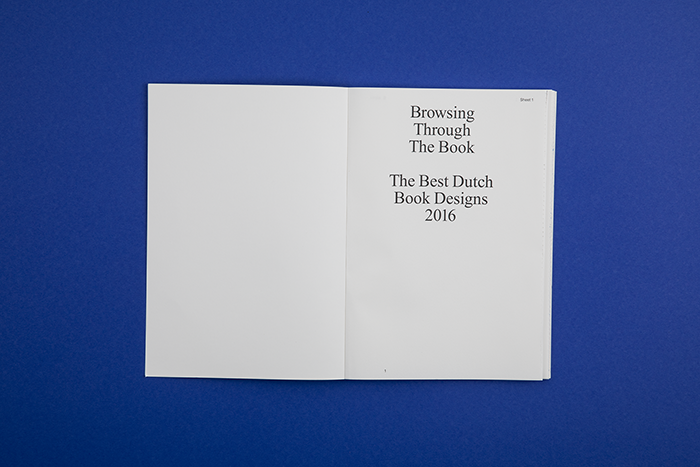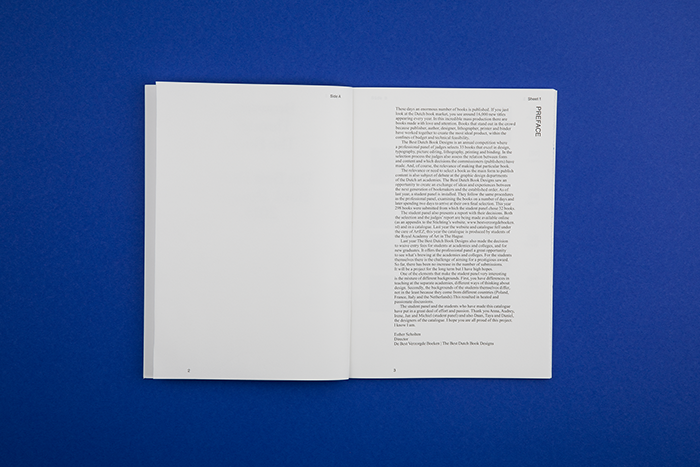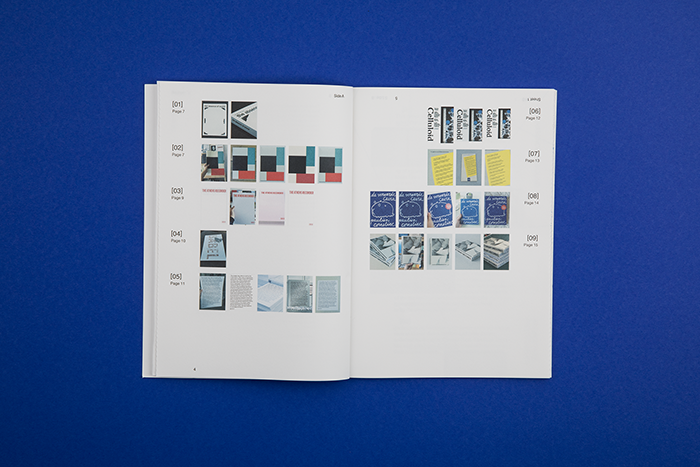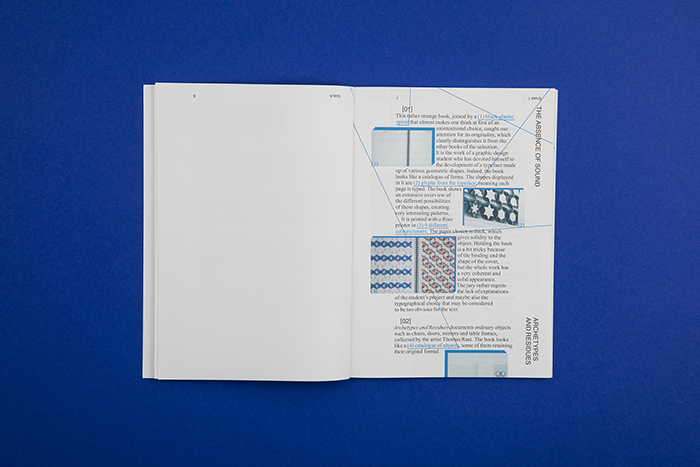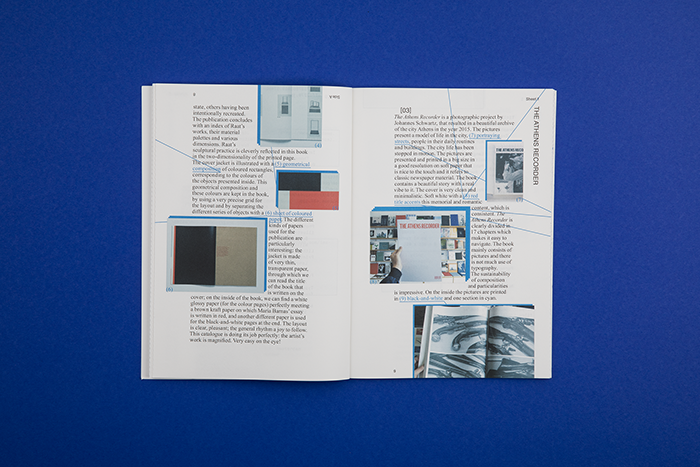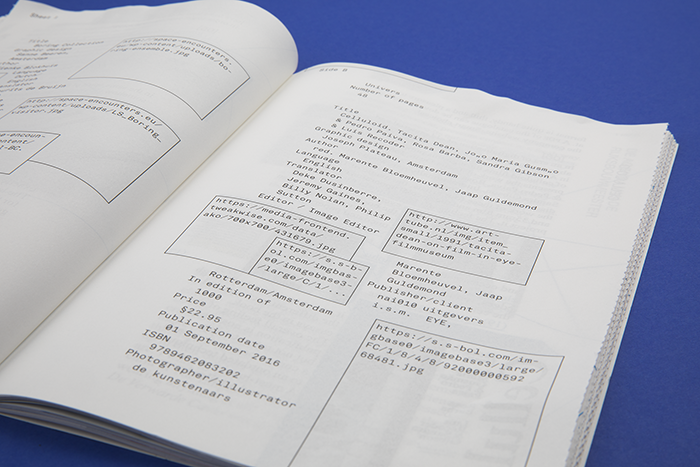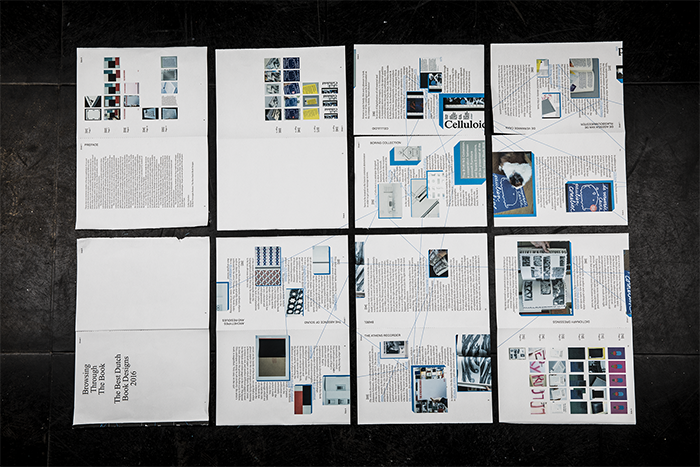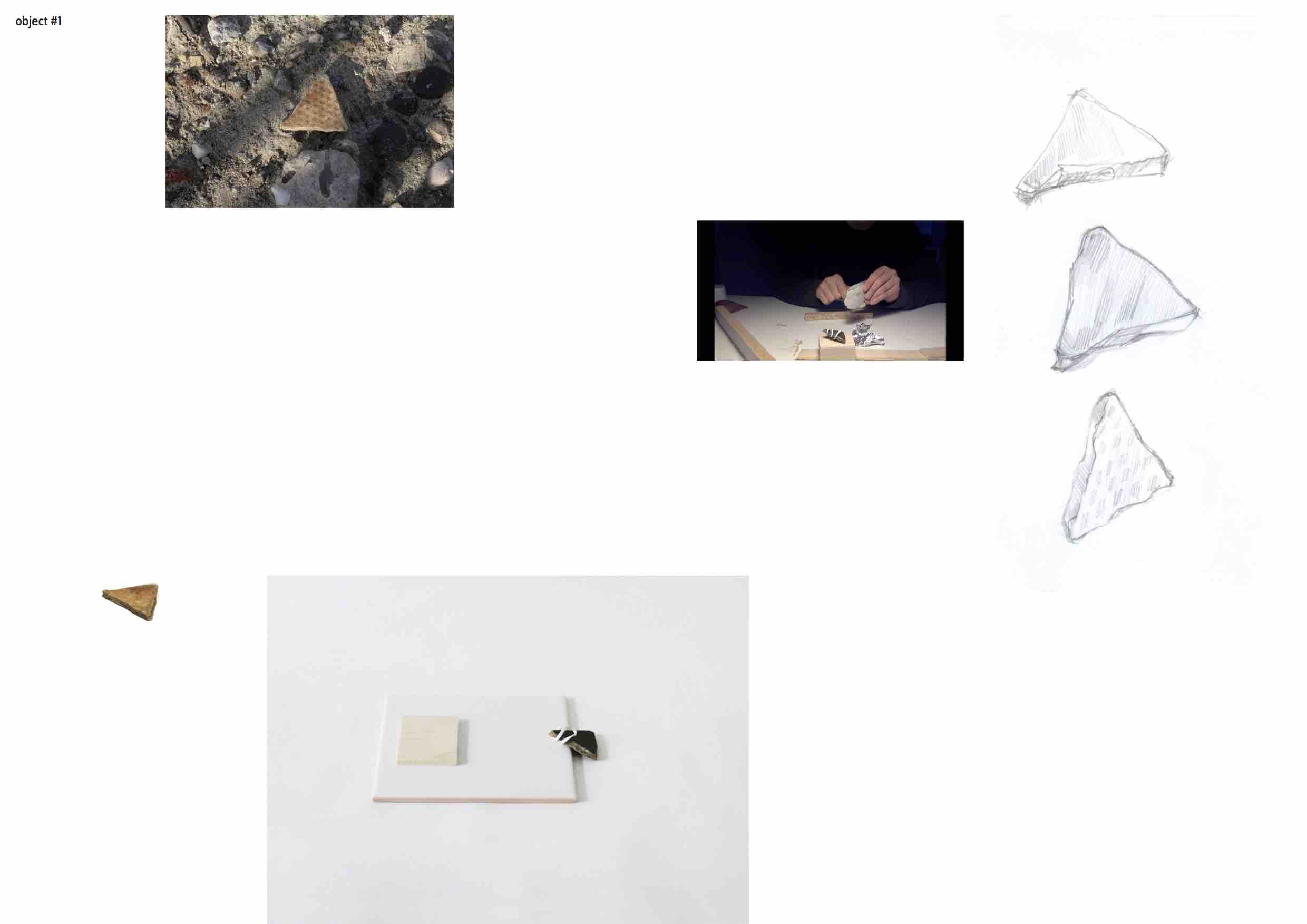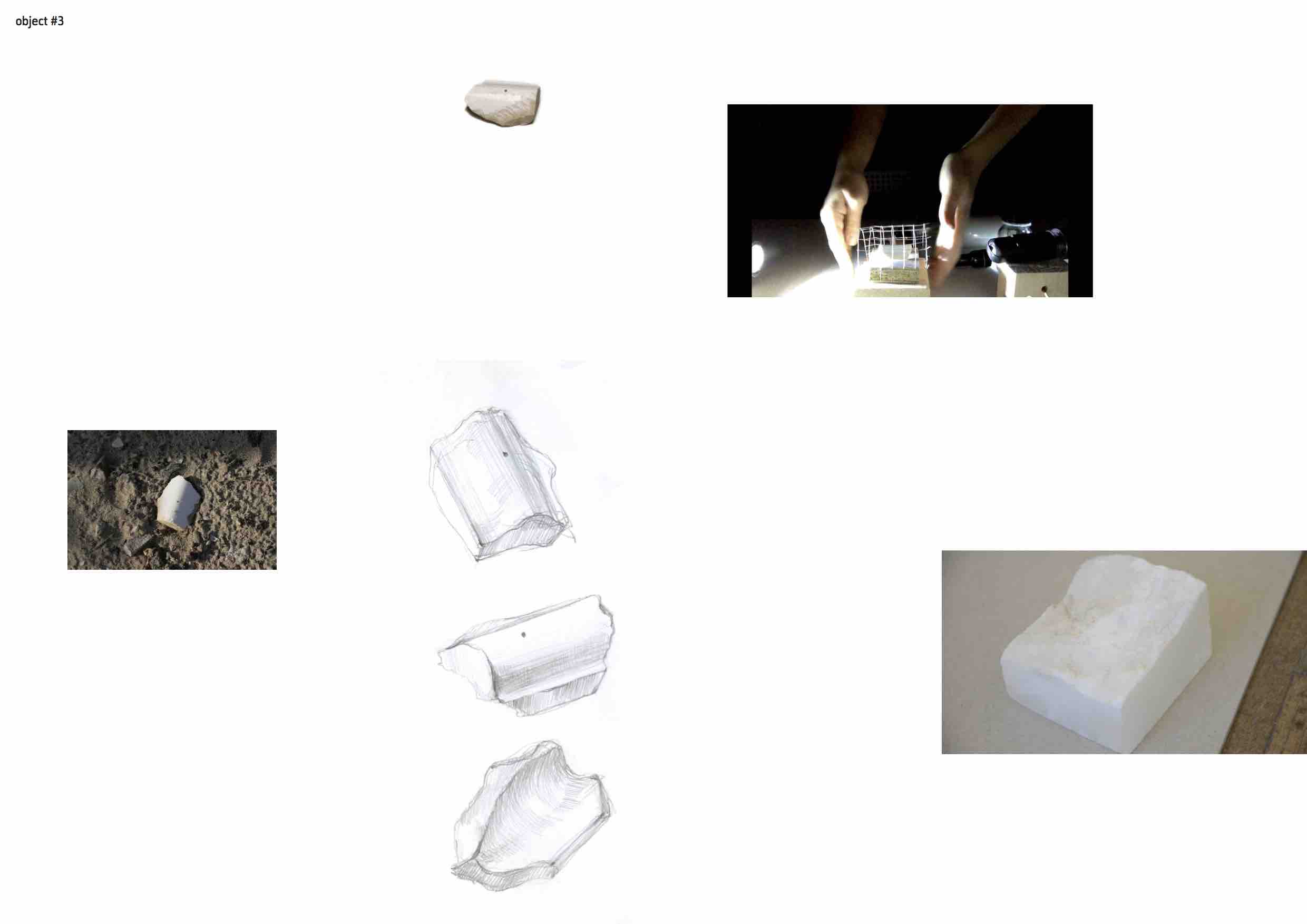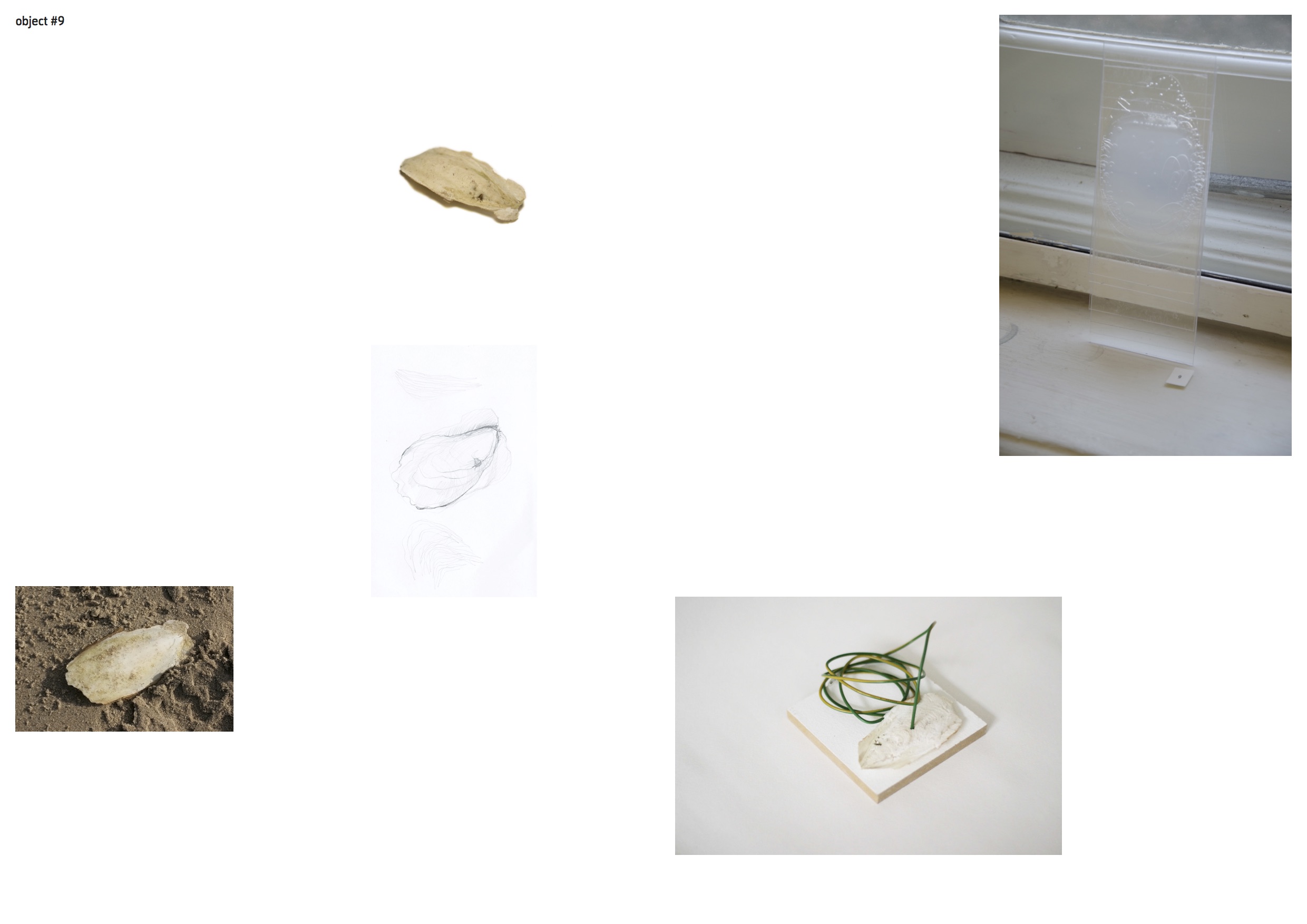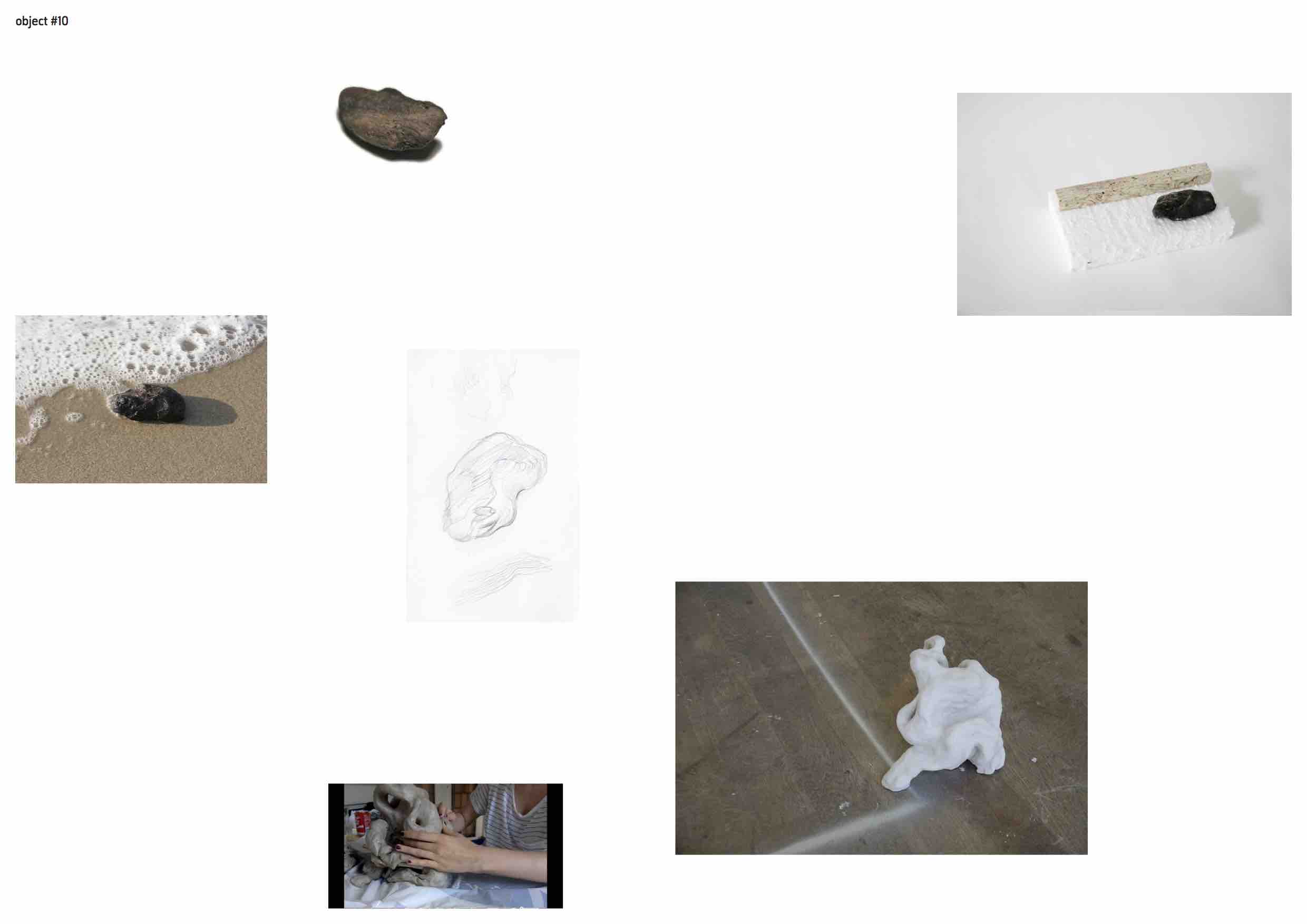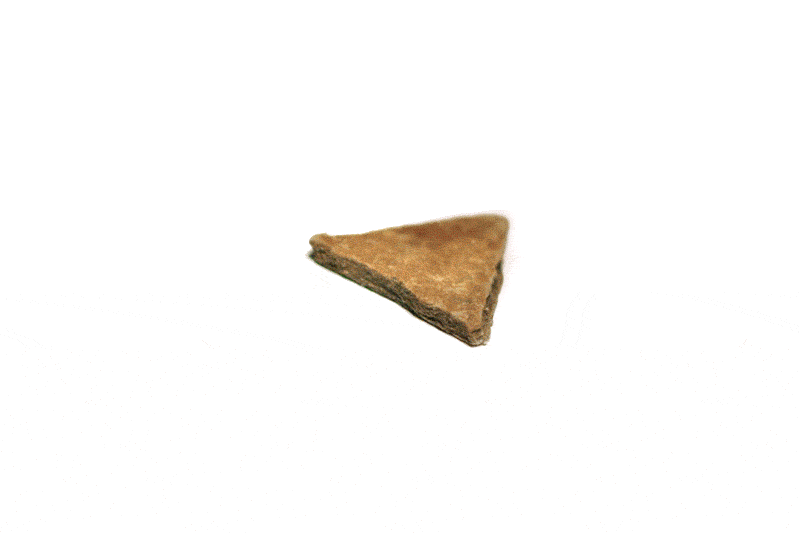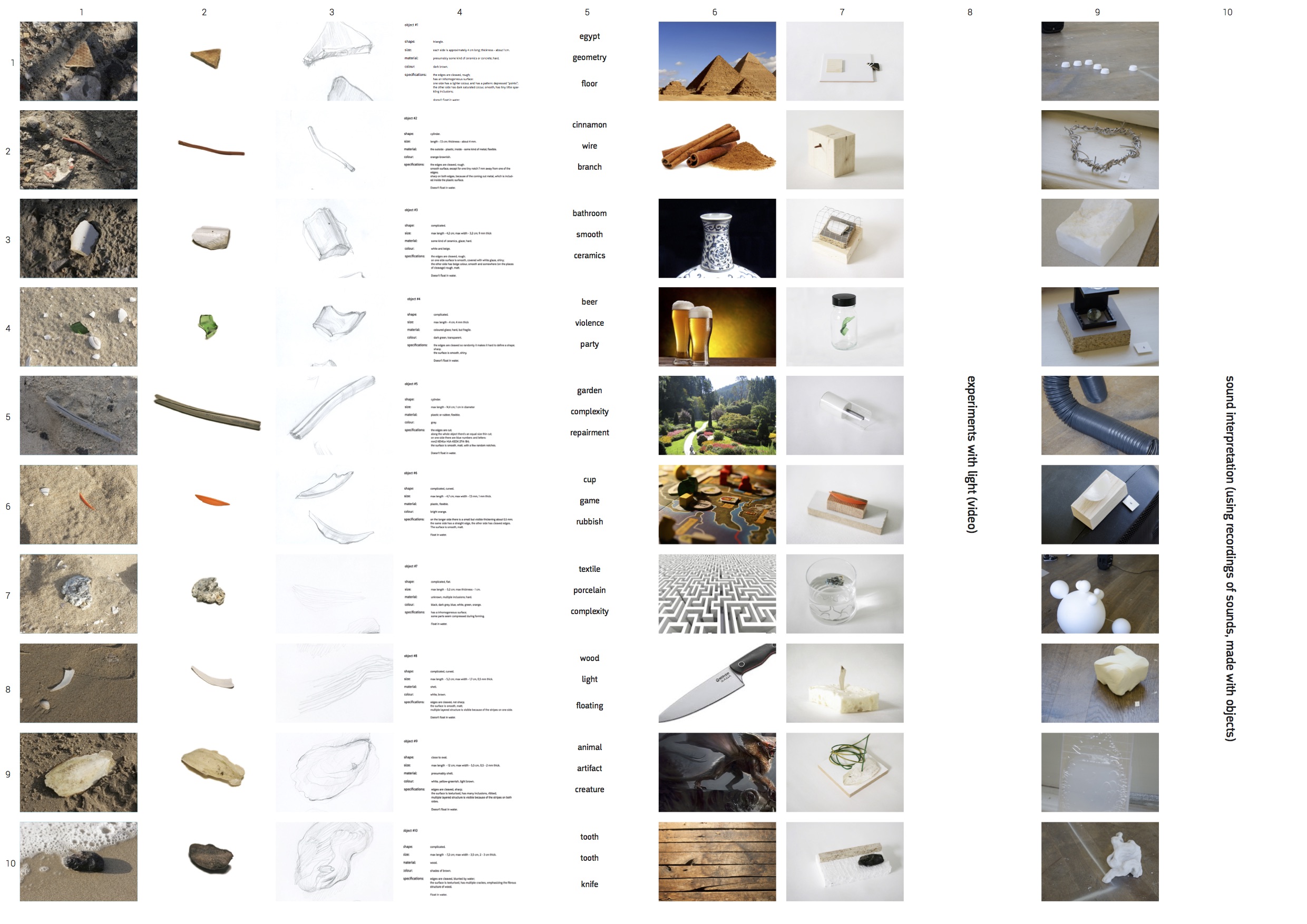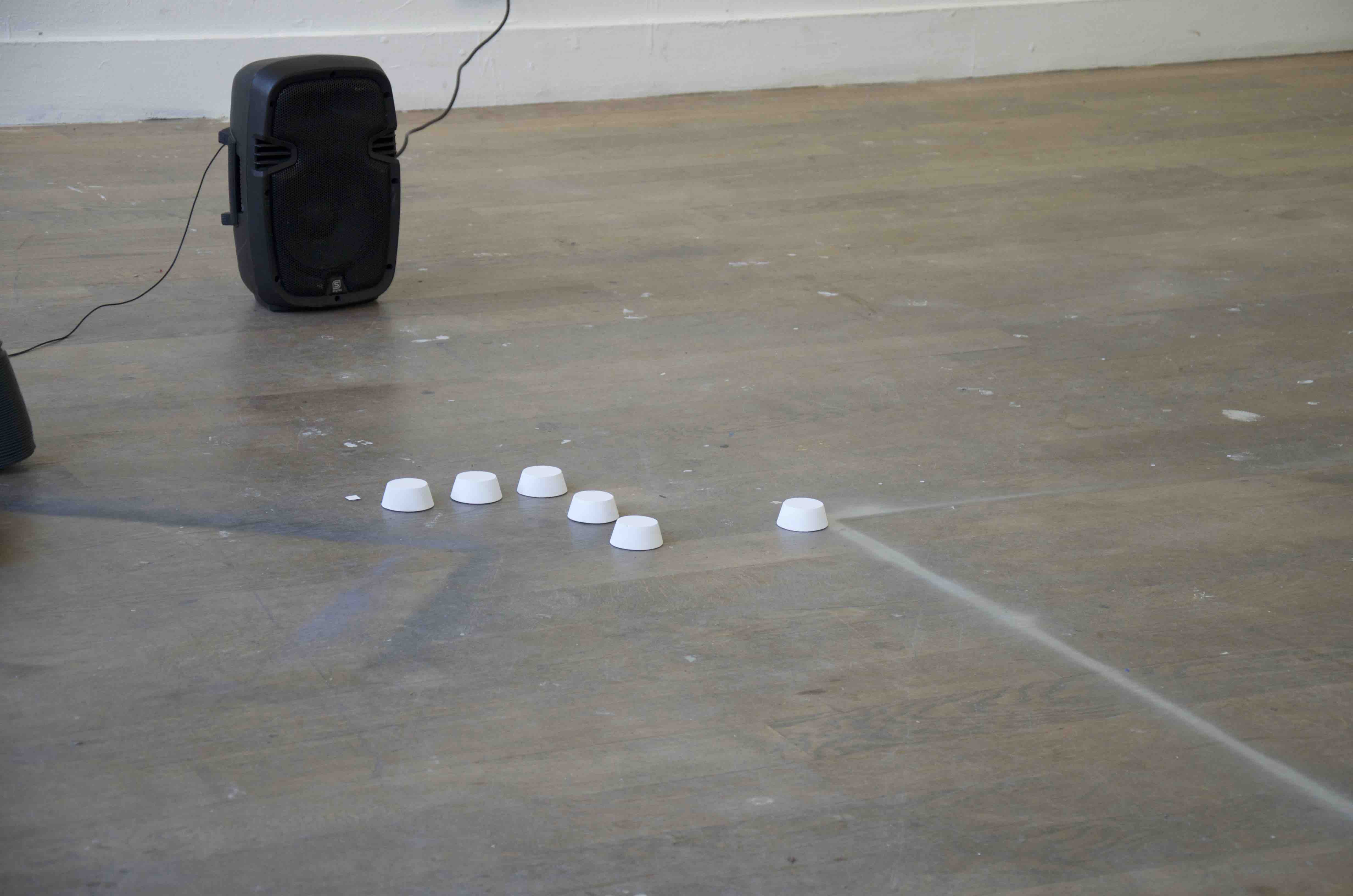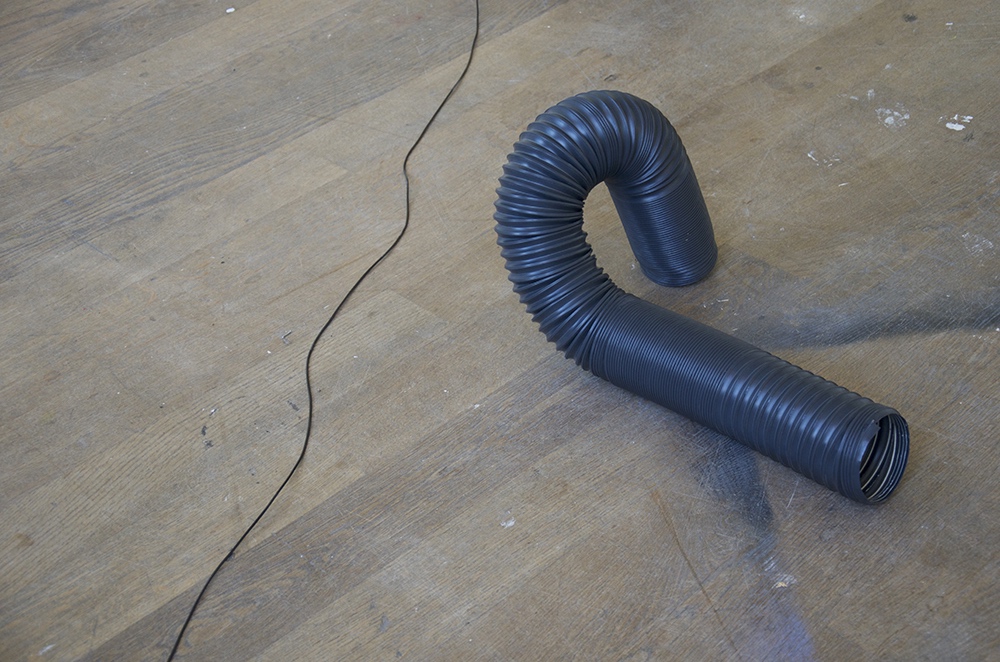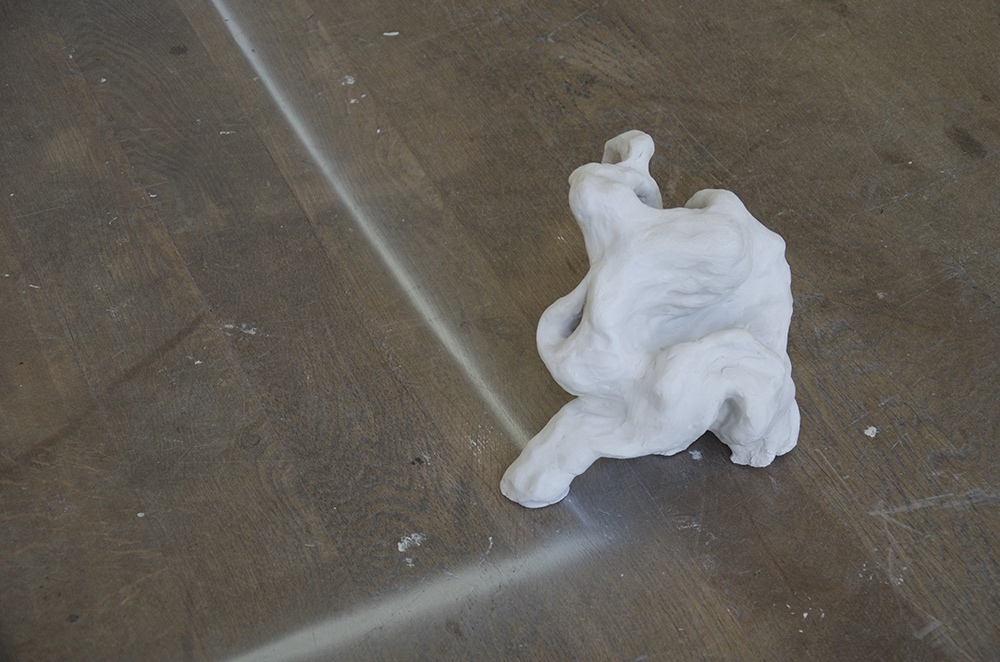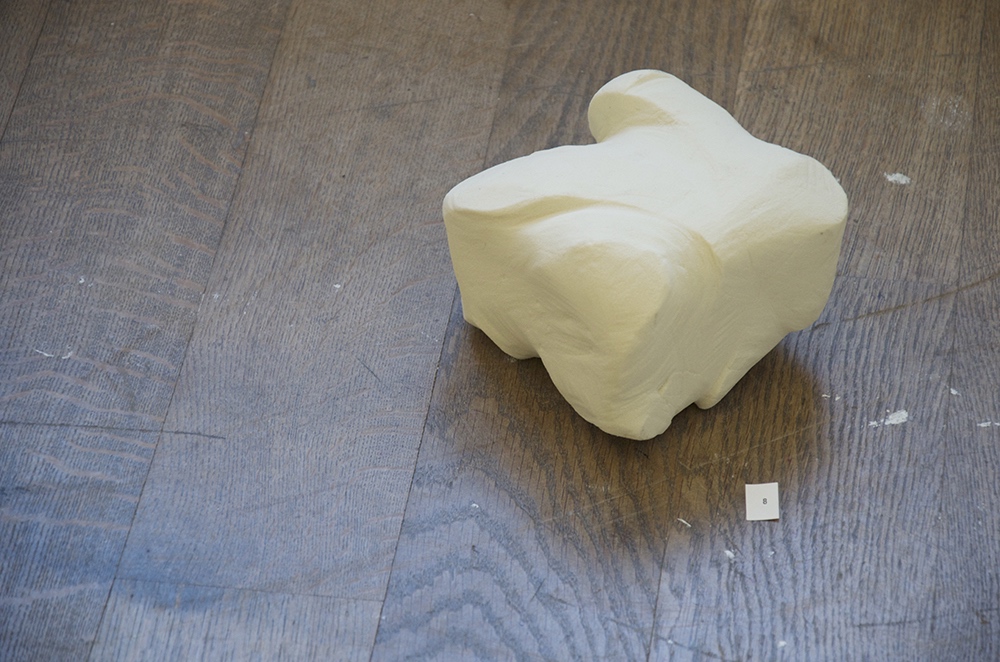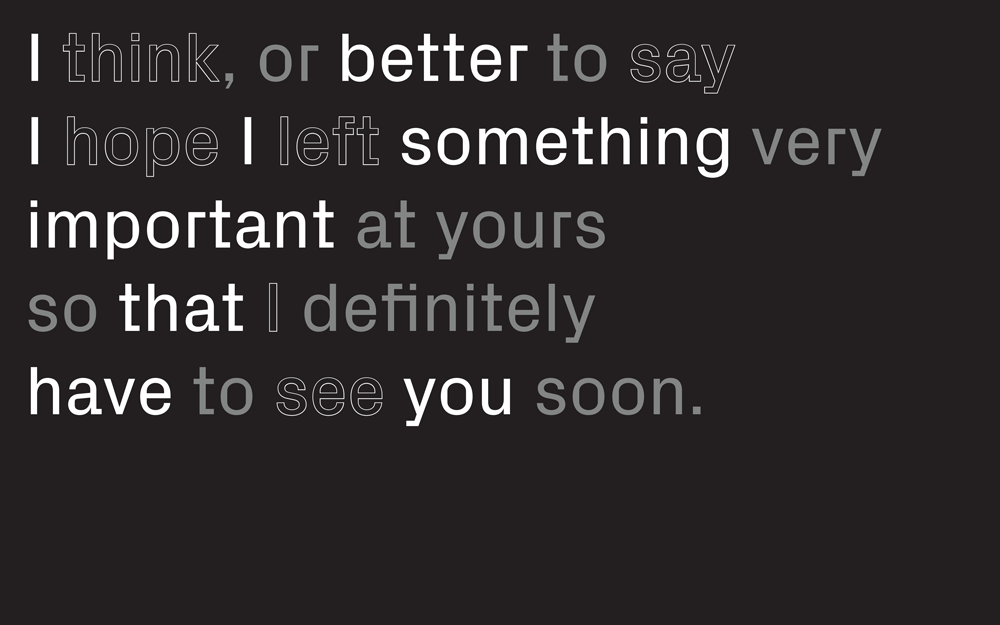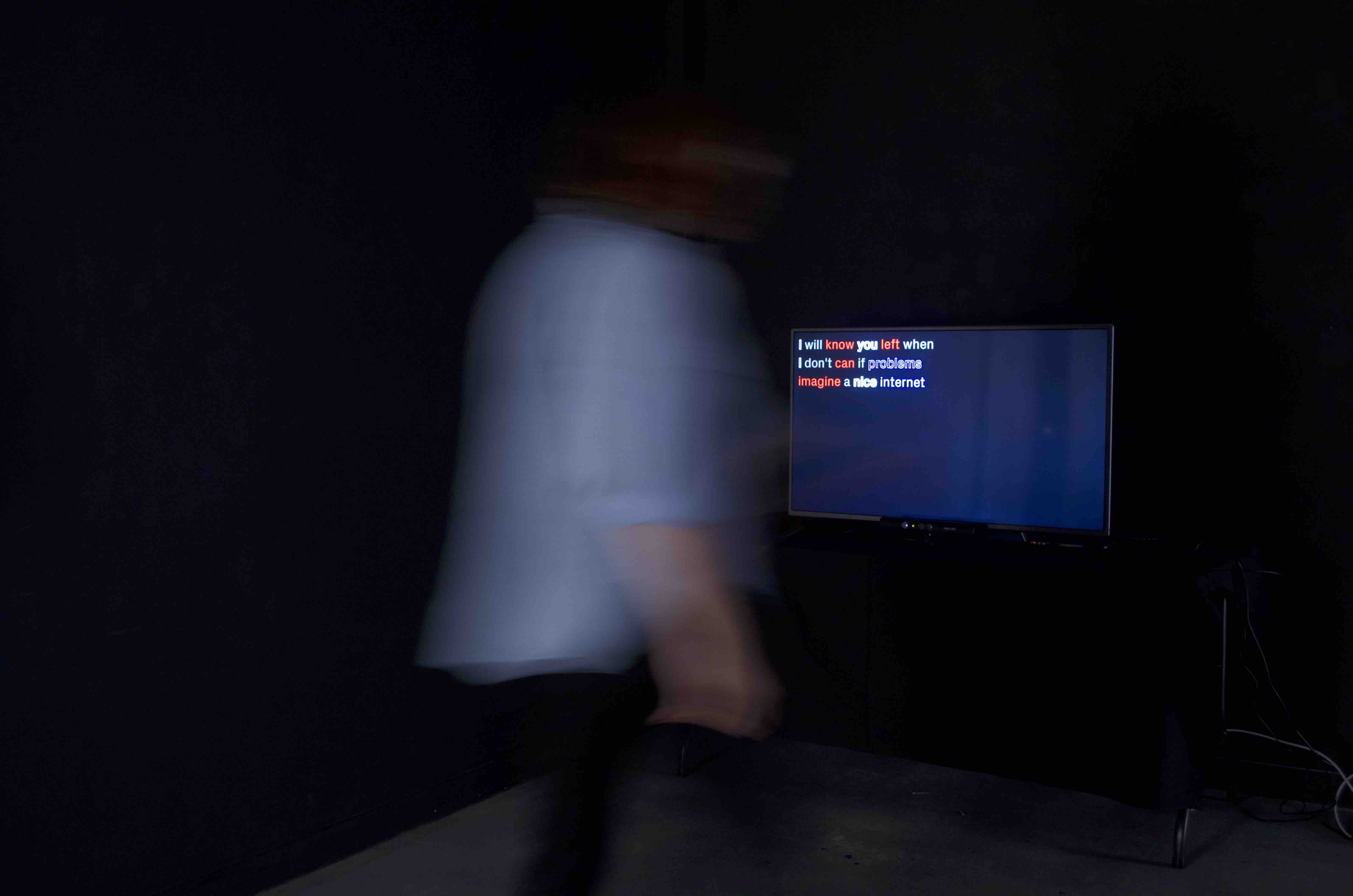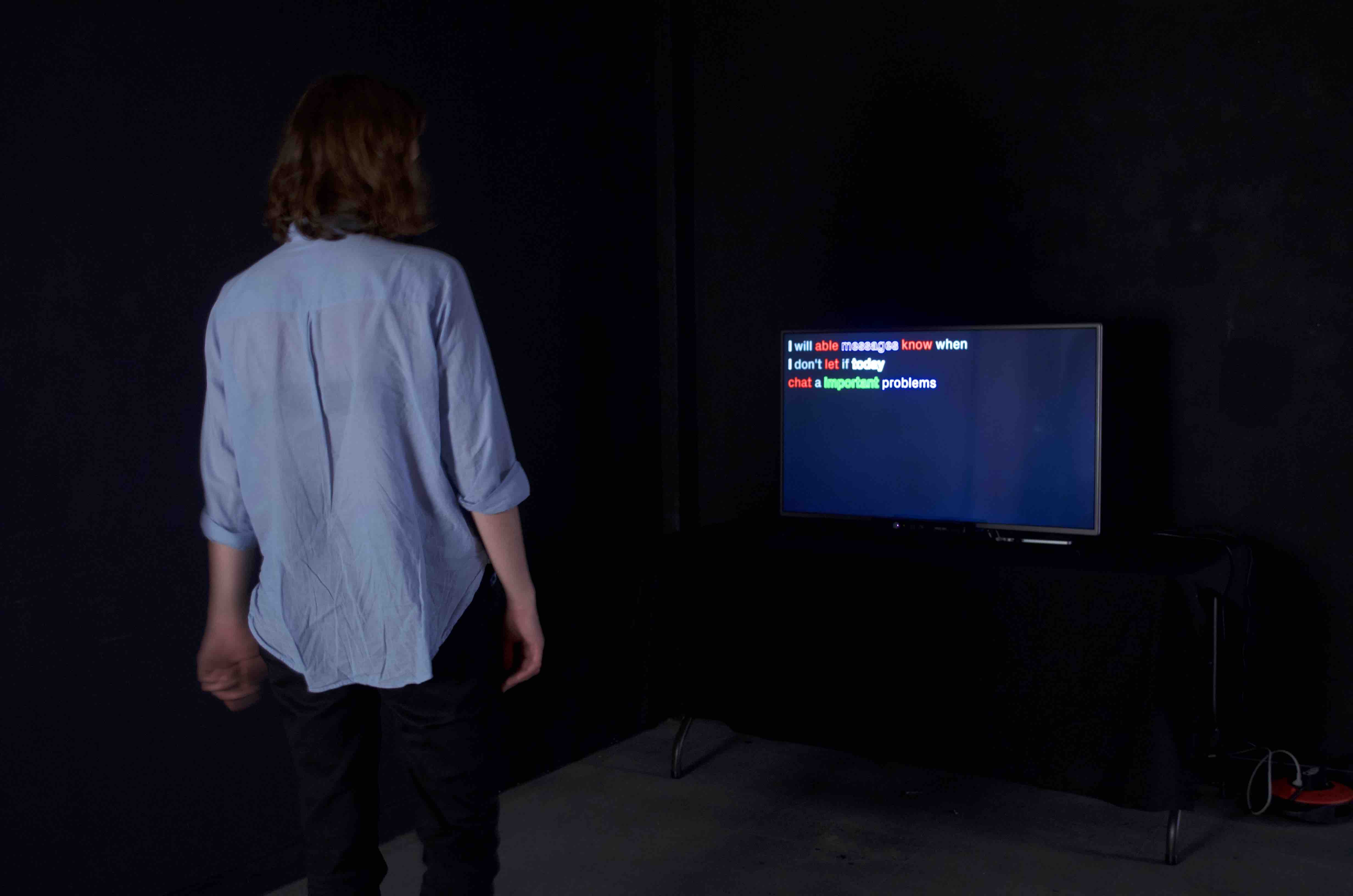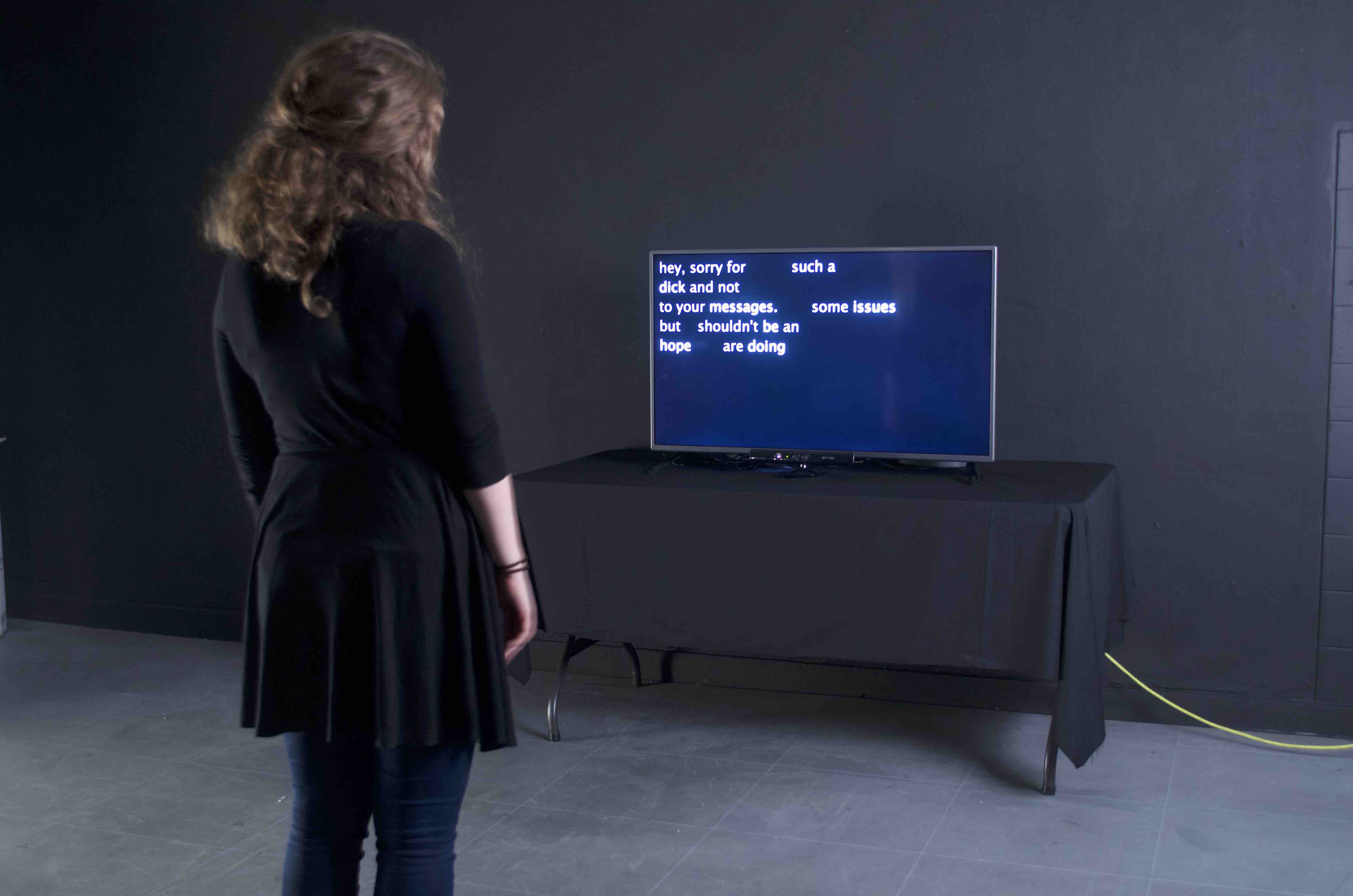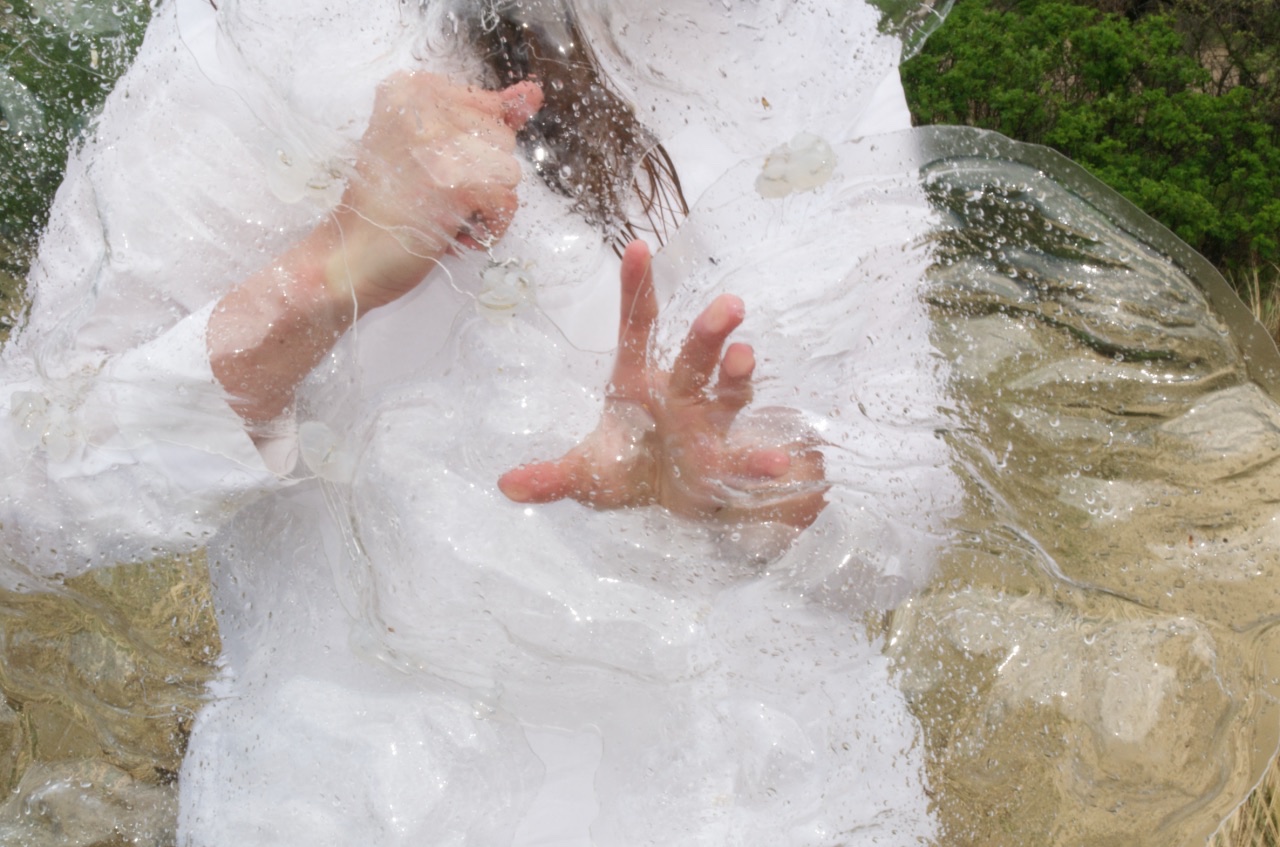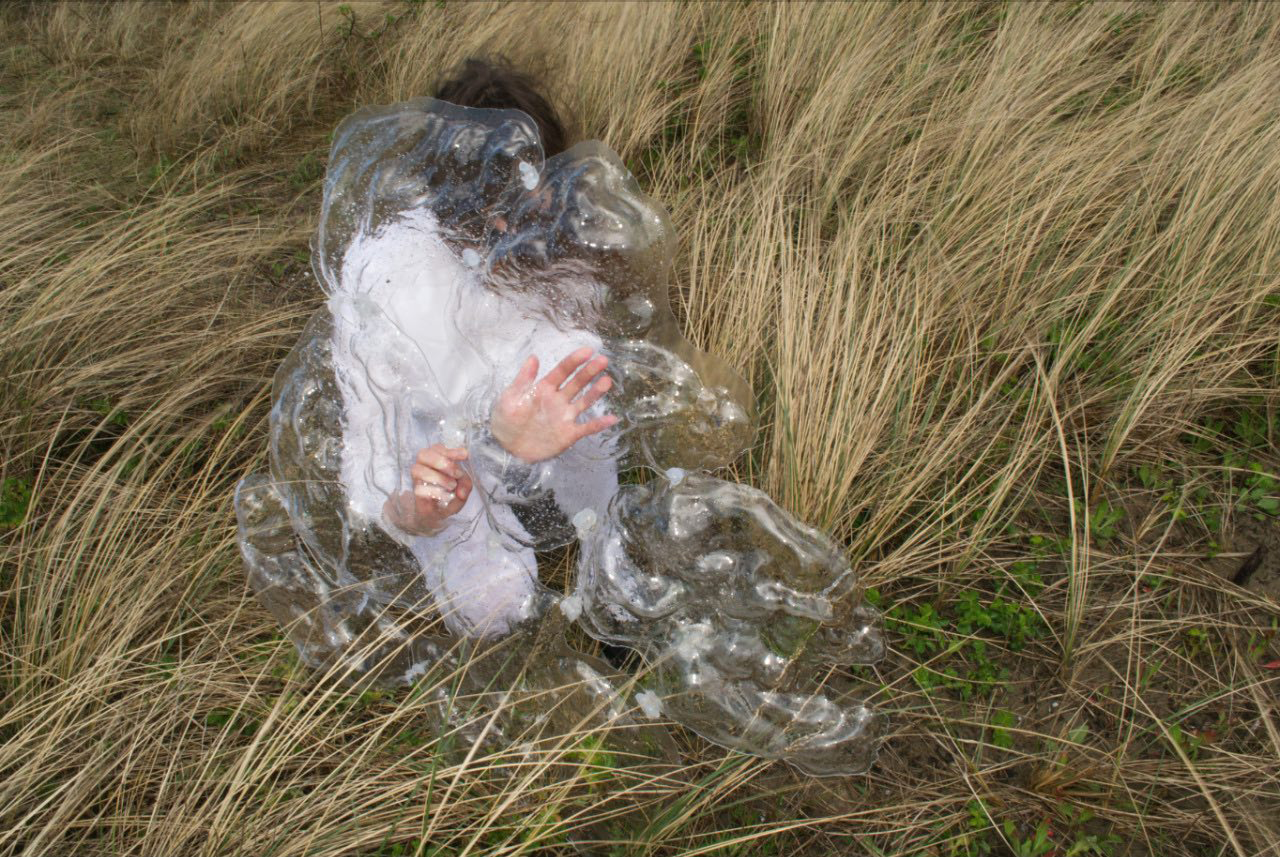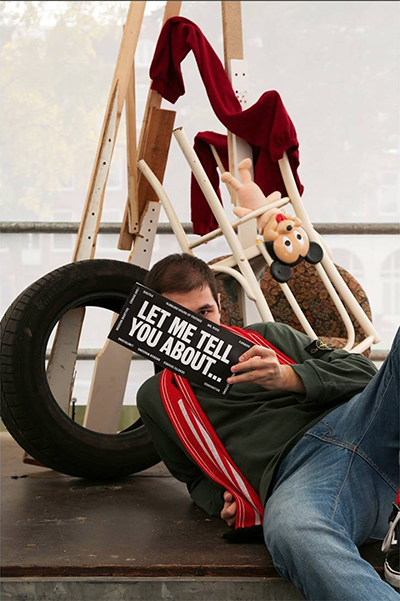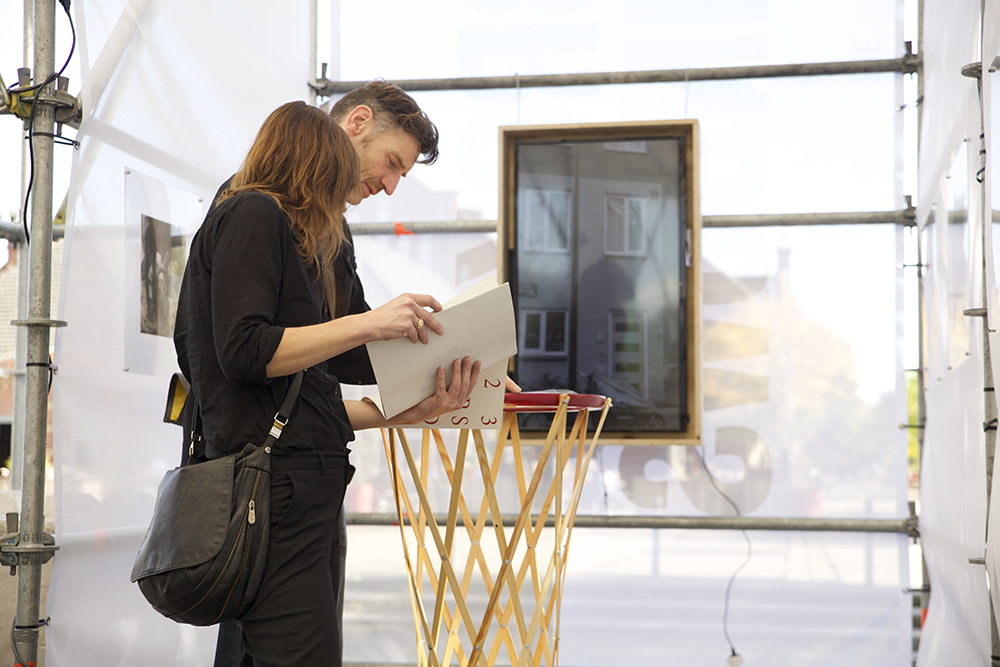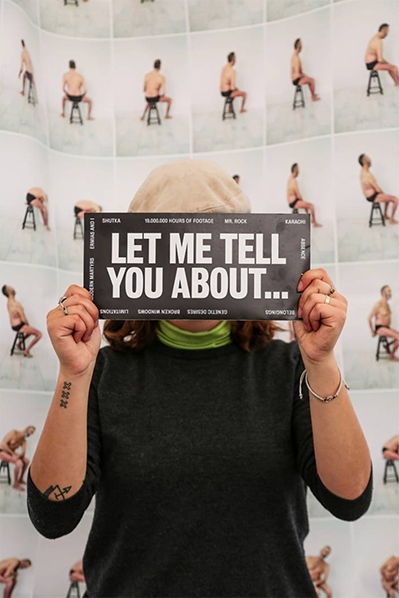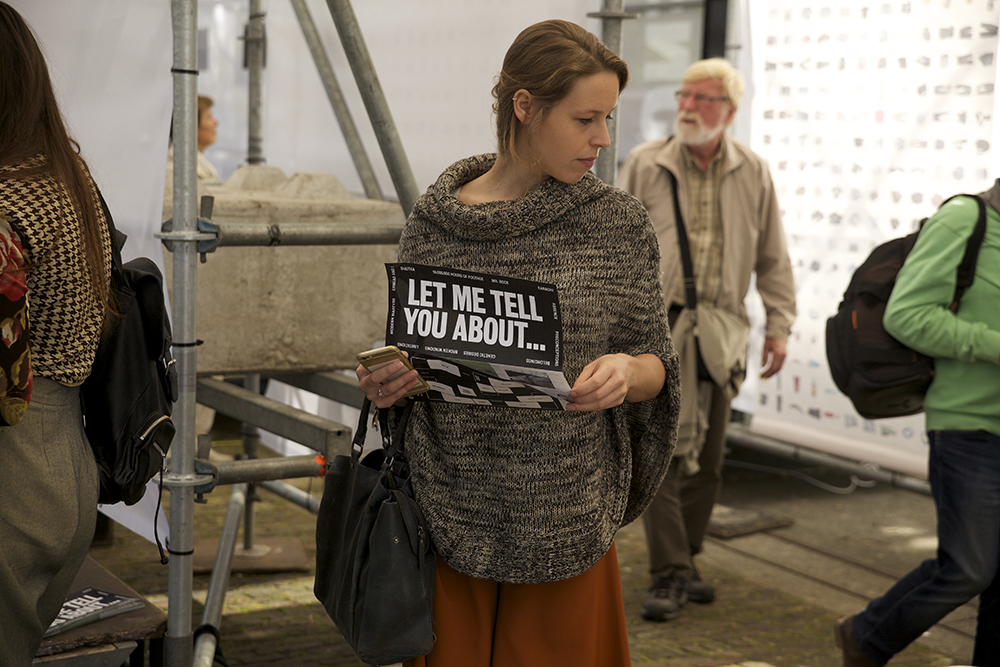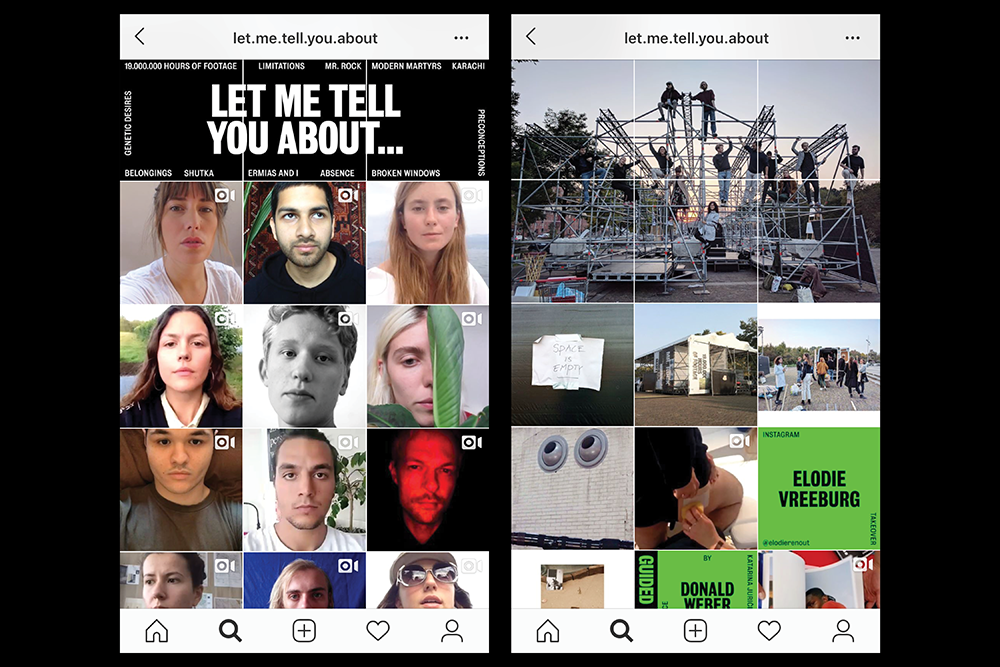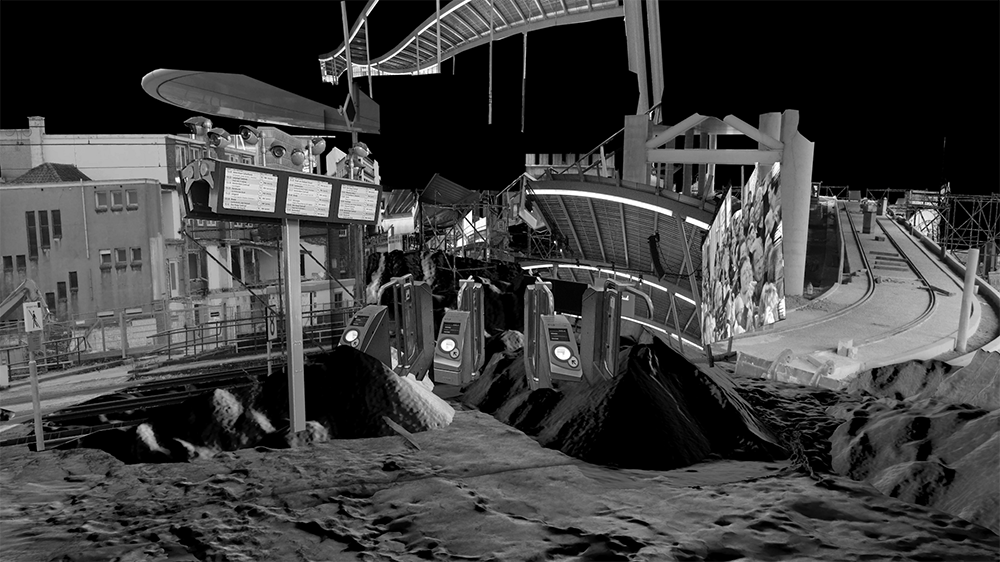 THE UNDESIRABLES
THE UNDESIRABLES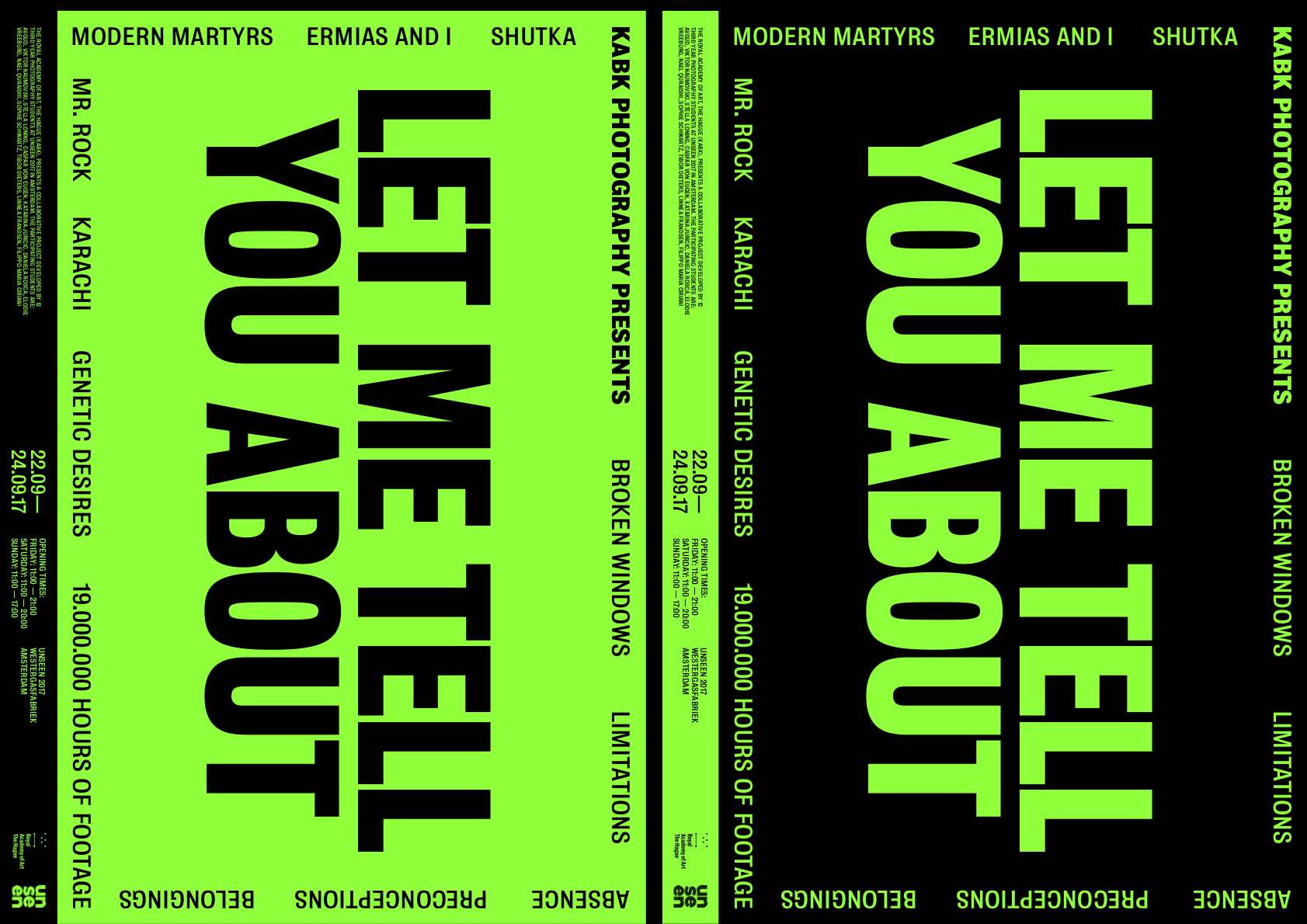 LET ME TELL YOU ABOUT...
LET ME TELL YOU ABOUT...internship project
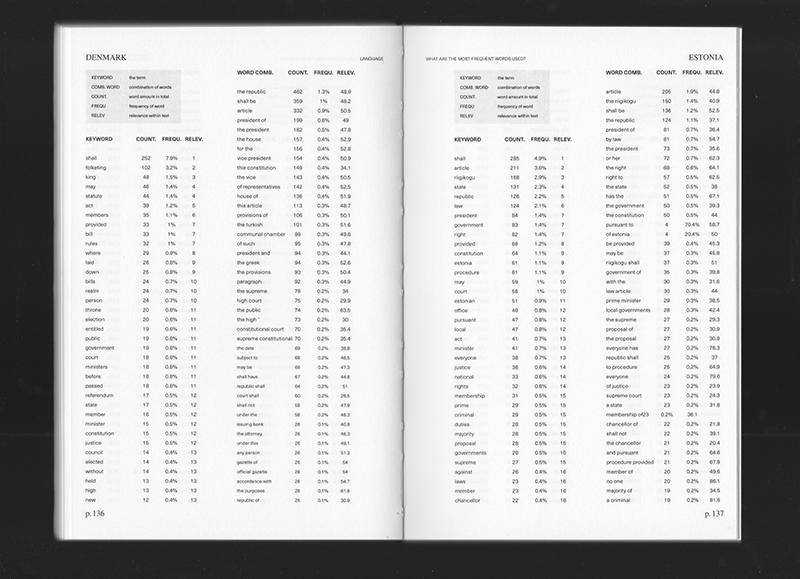 EU COHERENCE
EU COHERENCE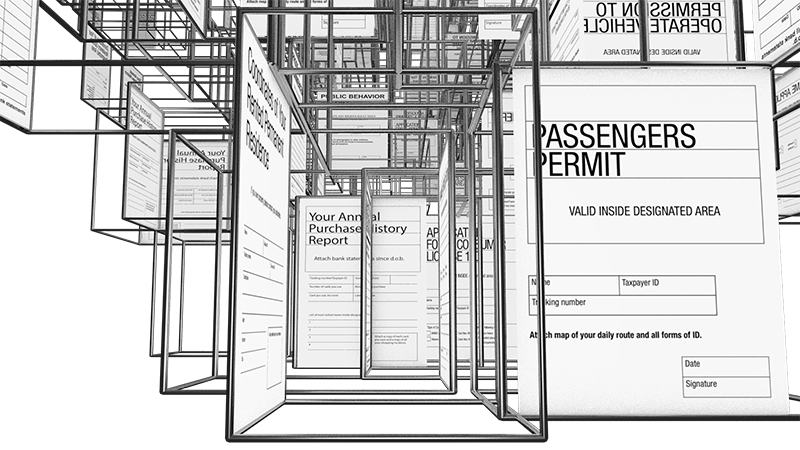 BUREAUCRACY COMPLEX
BUREAUCRACY COMPLEX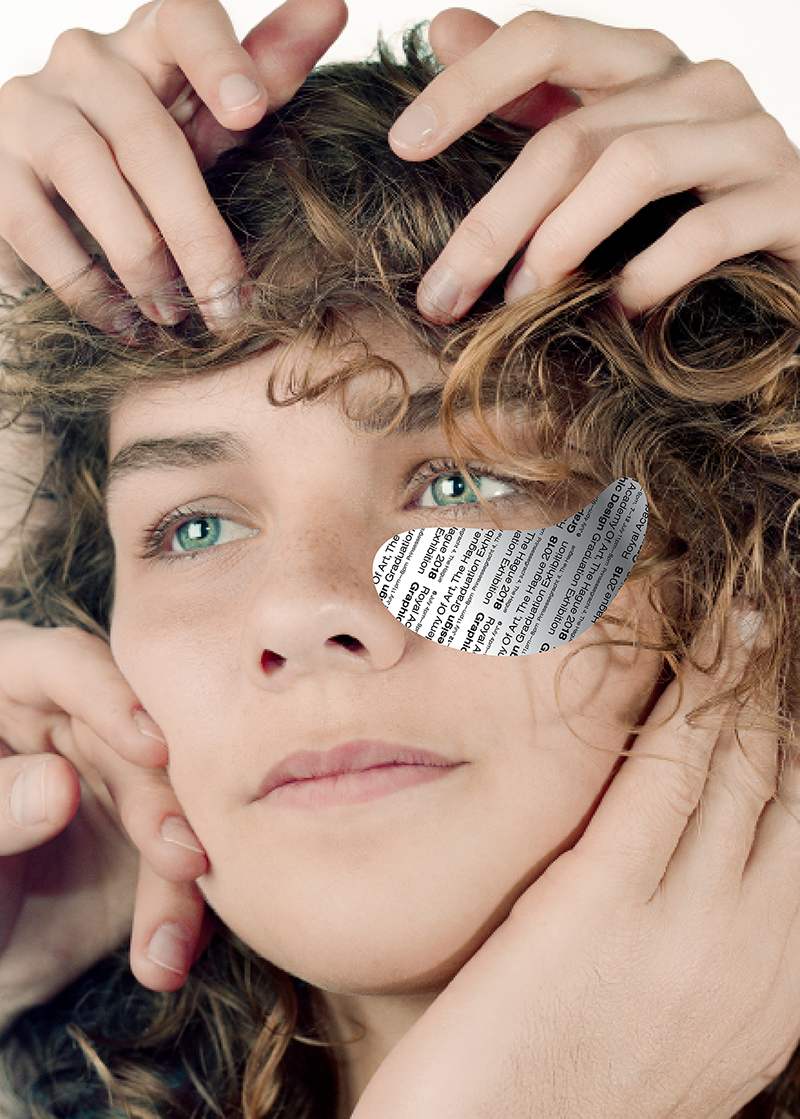 GRAPHIC DESIGN GRADUATION SHOW 2018
GRAPHIC DESIGN GRADUATION SHOW 2018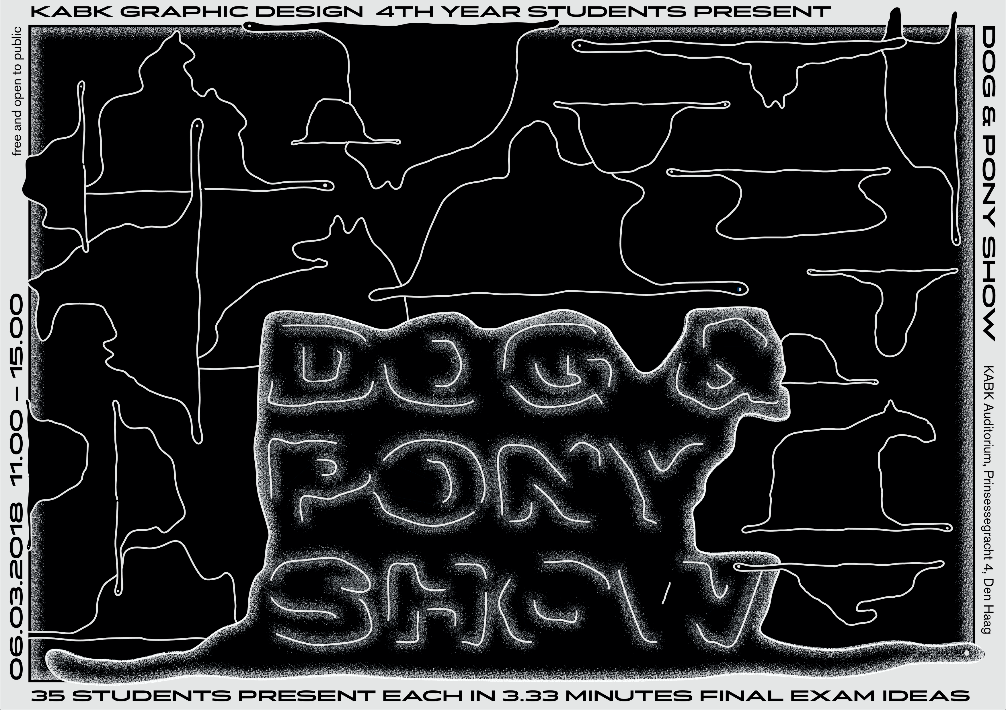 DOG & PONY SHOW
DOG & PONY SHOW INSIDE/OUT
INSIDE/OUT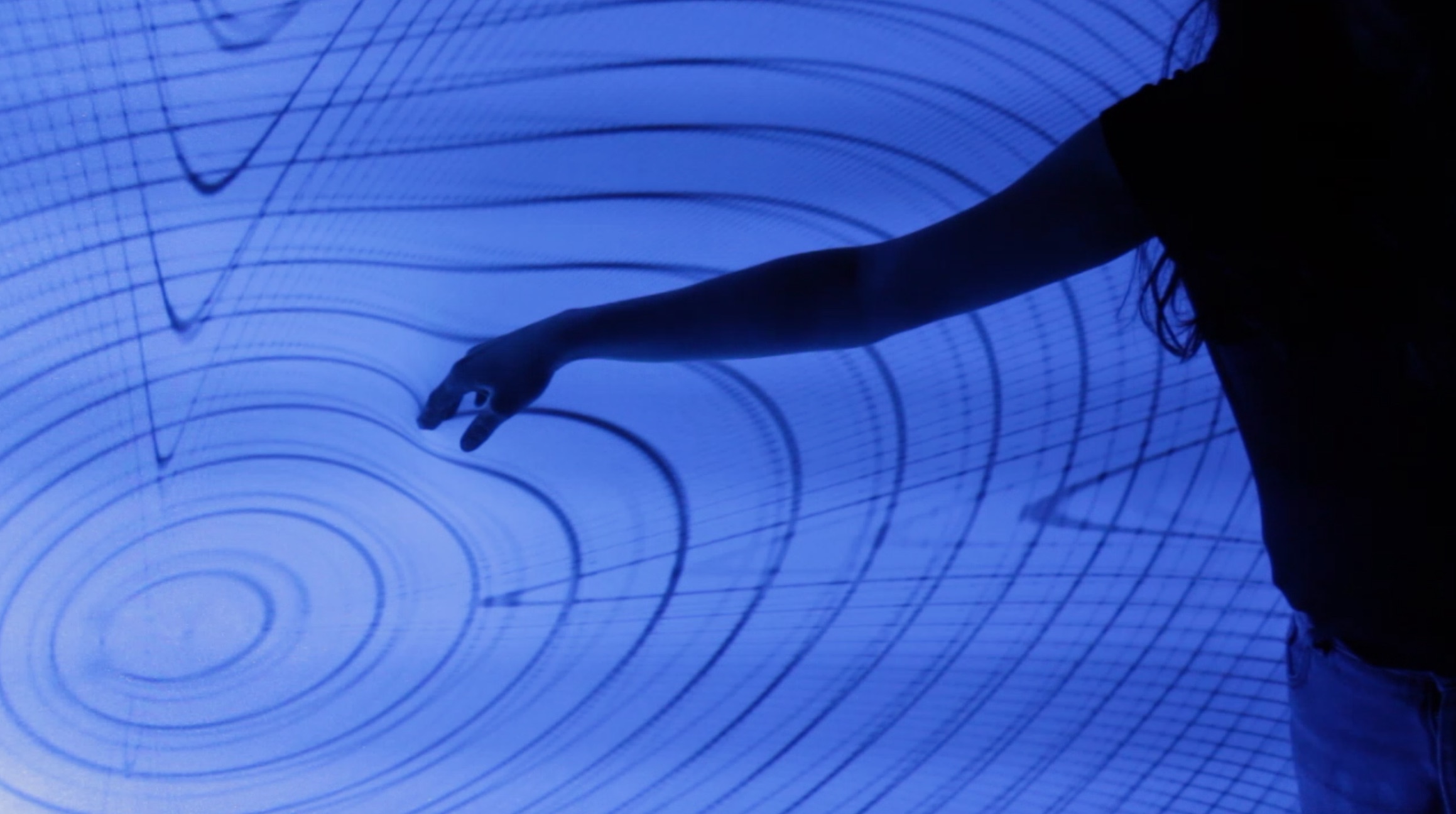 4TH DIMENSION
4TH DIMENSION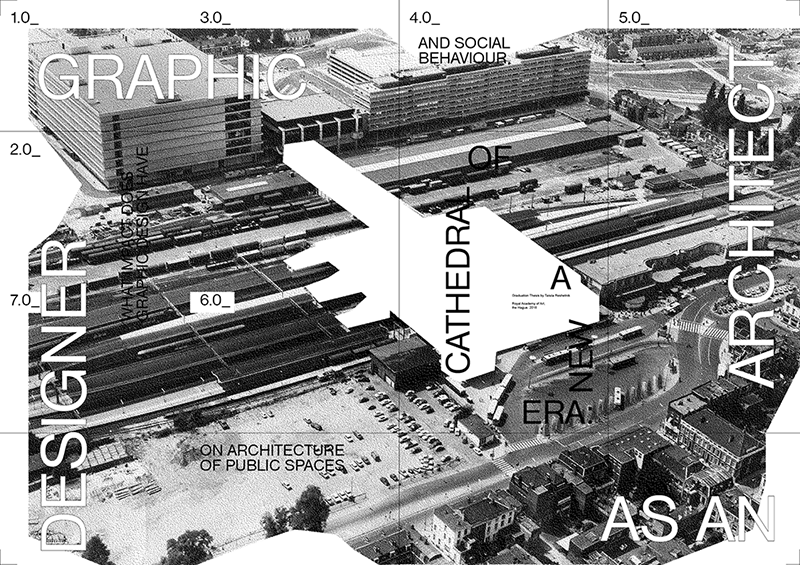 CATHEDRAL OF A NEW ERA
CATHEDRAL OF A NEW ERA thesis design
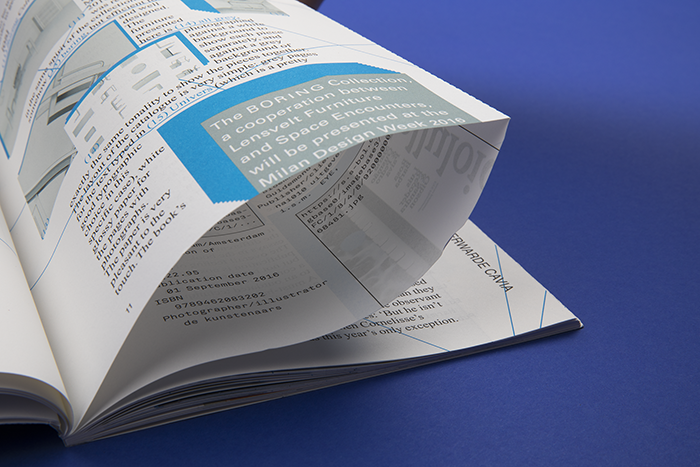 BEST DUTCH BOOK DESIGNS 2016
BEST DUTCH BOOK DESIGNS 2016 student selection catalogue
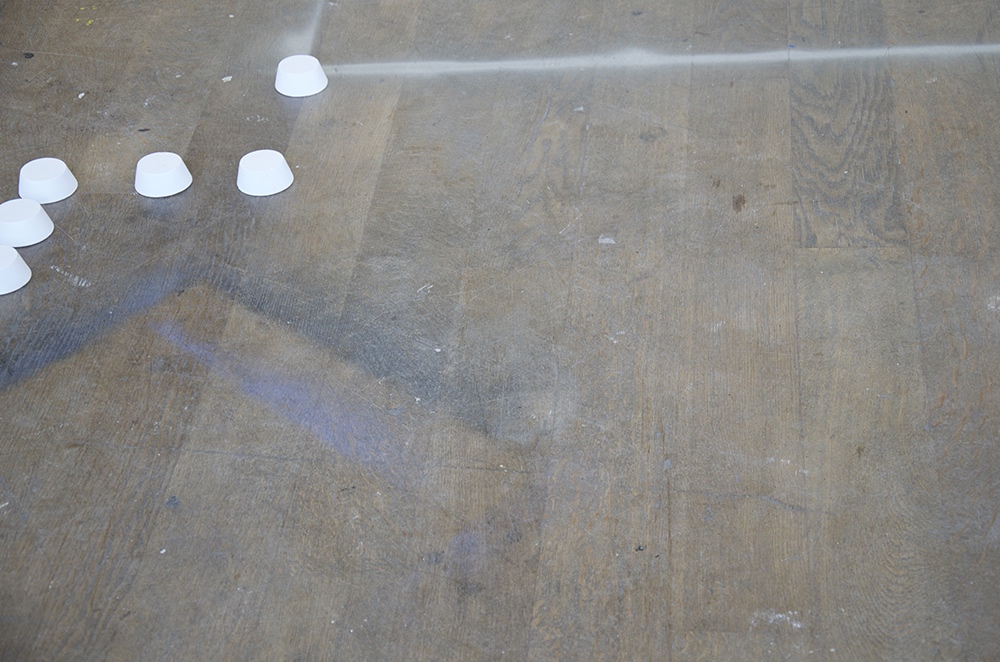 52.083967, 4.239759
52.083967, 4.239759 GLOBALIZING INTIMACY
GLOBALIZING INTIMACY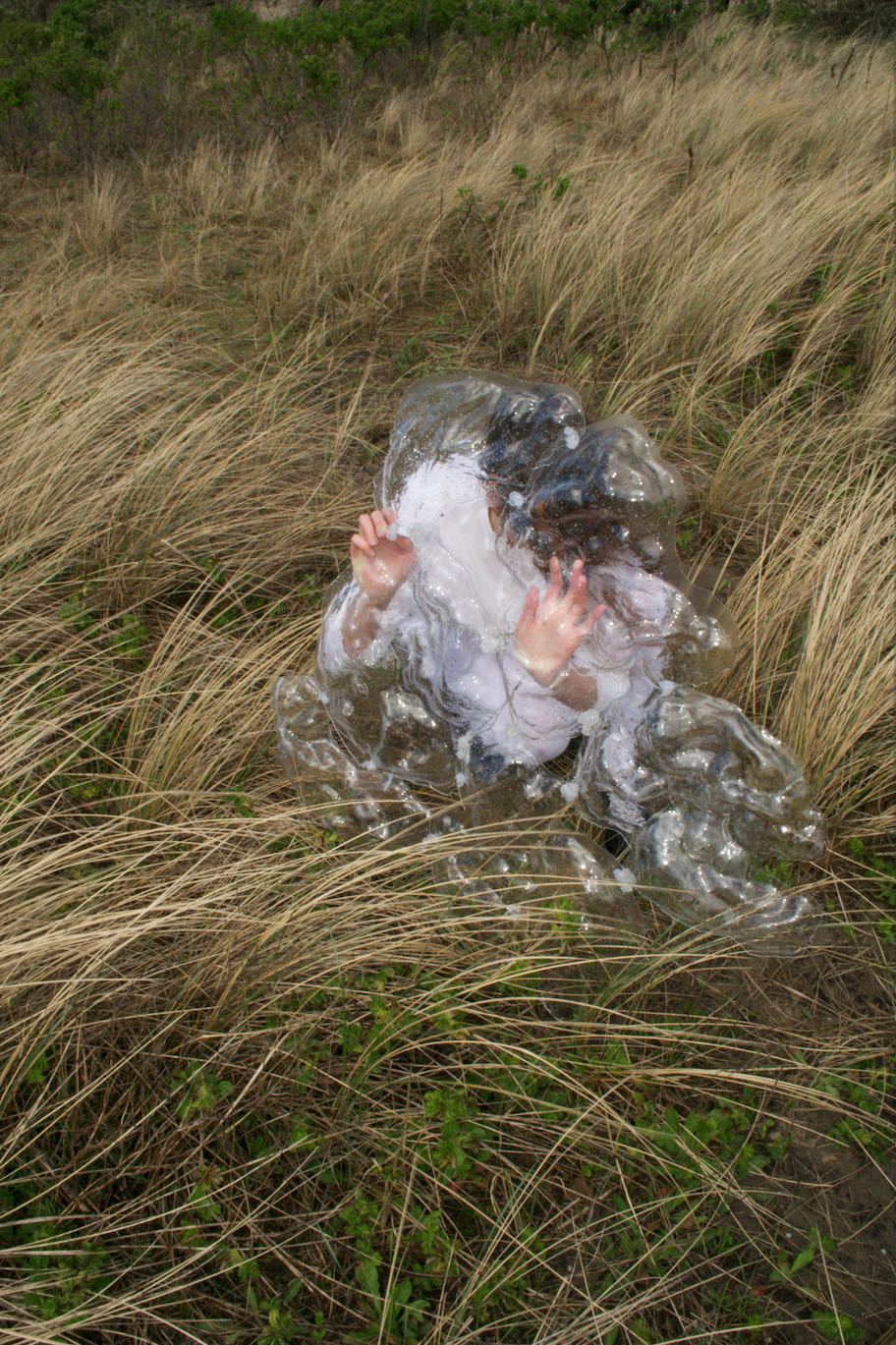 MISCONNECTION
MISCONNECTIONprojects+
THE UNDESIRABLES
The Undesirables is a story about the resistance between the Station and the unwanted spirits which has been going on for almost 200 years. It is based on the historical research of the Utrecht Central Station from the moment of its creation in 1843, when it was built on the place of a small cemetery for criminals.
The Undesirables is a metaphor, used to show how privatisation and securitisation of public spaces change their political meaning and turn them into ‘non-places’, where the entrance is not by right, but by permission. They have a departicularized character, that looks very much alike and pretends to be public. On one hand current solution (‘supervision and enforcement’) is aiming to make the urban environment safe, but on the other, it’s turning it into a space of increasing discrimination, where every individual is treated as a customer and at the same time–potential criminal.
Video installation consists of main projection, supported by a voiceover and two small screens. The main video displays a partially fictional narrative, following the timeline of real events. The scaffolding skeleton, which holds the 3-dimentional collage, combining images of architecture of the station from different periods of time, capture a building in constant flux, creating a landscape of failed attempts to resist the undesirables.
The two additional small screens show archival images and real facts, on which the story is based on.
video + sound installation. 10 min.
EXHIBITED AT:
Manifestations, Dutch Design Week/ Veemgebouw,
Eindhoven (20 OCT—28 OCT 2018)
Graphic Design Graduation Show 2018/ Royal Academy of Art,
The Hague (06 JUL—12 JUN 2018)
Graphic Design Department Award
SUPERVISED BY:
Thomas Buxó
Agata Jaworska
Roosje Klap
Niels Schrader
CREDITS:
Jan Egbers
Leith Benkhedda
Ruben Pater
Ernie Mellegers
Kevin Bray
Jakob Schlötter
Arjan den Boer
Agnes Algera
Jan-Willem Oudhof
Maša Galič
EXHIBITED AT:
Manifestations, Dutch Design Week/ Veemgebouw,
Eindhoven (20 OCT—28 OCT 2018)
Graphic Design Graduation Show 2018/ Royal Academy of Art,
The Hague (06 JUL—12 JUN 2018)
Graphic Design Department Award
SUPERVISED BY:
Thomas Buxó
Agata Jaworska
Roosje Klap
Niels Schrader
CREDITS:
Jan Egbers
Leith Benkhedda
Ruben Pater
Ernie Mellegers
Kevin Bray
Jakob Schlötter
Arjan den Boer
Agnes Algera
Jan-Willem Oudhof
Maša Galič
BUREAUCRACY COMPLEX
We live under a system of bureaucratic principles which are extended to every aspect of our existence. What we call "globalization" has nothing to do with the effacement of borders and the free movement of people, products, and ideas, but rather trapping people behind national borders.
This project is a model of the world's effective planetary-scale administrative bureaucratic system currently in place.
Video 2min13s
IN COLLABORATION WITH:
Rebecca Rui
SUPERVISED BY:
Niels Schrader
Lauren Alexander
EXHIBITED AT:
Borderless States/ De Waag, Amsterdam (22 DEC 2016)
Open Day/ Royal Academy Of Art, the Hague (28 JAN 2017)
IN COLLABORATION WITH:
Rebecca Rui
SUPERVISED BY:
Niels Schrader
Lauren Alexander
EXHIBITED AT:
Borderless States/ De Waag, Amsterdam (22 DEC 2016)
Open Day/ Royal Academy Of Art, the Hague (28 JAN 2017)
DRAPHIC DESIGN GRADUATION SHOW 2018
Cleansed, peeled, liberated.
The Graphic Design Class of 2018 is leaving and is saying their goodbyes, but not before commenting on the state of affairs one last time. Surrounded by pre-packaged, fast-food-visual-language, authenticity is hard to come by. It becomes slippery like a piece of scented soap. Trends, styles, templates, groups, collectives. Rigidity. So not yoga. Who knew creativity could be valorized? Where’s the inner peace at, that sense of belonging? On the path to subjectivity one-size-fits-none. What you need is some you-time. We have to re-make and unmake ourselves. Time to actualise! This is supposed to be a cleansing of sorts.
A ritual. Or is it an exorcism?
website >>>
IN COLLABORATION WITH:
Asya Sukhorukova
Lukas Engelhart
Carmen Dusmet Carasco
Nora Bekes
Lin Ven
Photography by: EKOC Productions
SUPERVISED BY:
Roosje Klap
Agata Jaworska
Ewoud Traast
IN COLLABORATION WITH:
Asya Sukhorukova
Lukas Engelhart
Carmen Dusmet Carasco
Nora Bekes
Lin Ven
Photography by: EKOC Productions
SUPERVISED BY:
Roosje Klap
Agata Jaworska
Ewoud Traast
DOG & PONY SHOW
Identity for the annual Dog&Pony Show, presentation of first graduation project ideas by Graphic Design students at KABK.
35 students, 3.33 minutes and 20 slides each.
Silkscreen print on matt, glossy paper and fabric.
IN COLLABORATION WITH:
Asya Sukhorukova
SUPERVISED BY:
Michel Hoogervorst
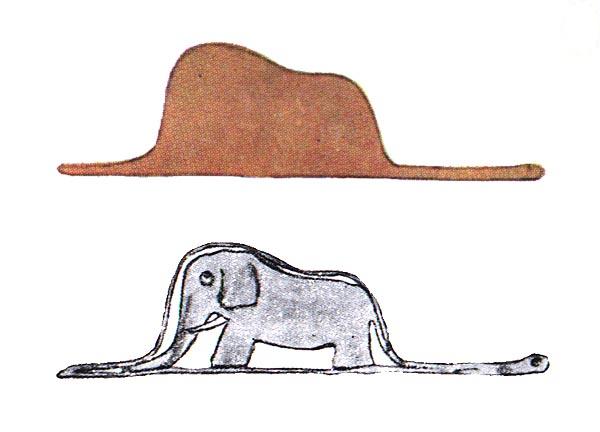
IN COLLABORATION WITH:
Asya Sukhorukova
SUPERVISED BY:
Michel Hoogervorst

INSIDE/OUT
Inside/Out is a series of works for the exhibition Sexy Times which includes a booklet, poem and an installation.
The booklet is an associative collage, forming a narrative about the inner egoistic self and the outer other, about the relationship between the two.
The interactive installation is a continuation of the same narrative, brought into the physical 3-dimensional space.
In order to activate the installation two individuals have to make a physical contact.
'Exhibition and party by graphic design students of the Royal Academy of Arts, The Hague (KABK) at the new society for the arts in Amsterdam: SEXYLAND! From Foucault to Beyoncé, mankind has long harbored an obsession with sexuality and the psychological mechanics surrounding them. Lust is such an individual experience that it gives free range to creatives looking to produce something erotic, playing as they can with personal predilections, implicit and/or explicit ideas about what do we see, or rather: what do we want to see?
With PlayLab, an elective at the Royal Academy of Arts The Hague, focusing on artistic research, we examined a series of subjects around the topic of sexuality and our shifting relationship by asserting new attitudes and perspectives towards sex. The stories that are written challenge traditional visions and divisions between humans, nature and technology'.
Publication: risoprint
Installation: Arduino + processing
CONCEPT, DESIGN, POETRY, VIDEO EDITING:
Taya Reshetnik
Raphaël Maman
FILMING:
Jonathan Hielkema
SOUND: Jaap Smit +soundcloud
SPECIAL THANKS TO:
LOOK MUM NO COMPUTER
Rebecca Rui
SUPERVISED BY:
Kees van Drongelen
Roosje Klap
Job Wouters
Christien Bax
EXHIBITED AT:
Sexy Times/ Sociëteit SEXYLAND, Amsterdam (14—15 OCT 2017)
Open Day/ Royal Academy Of Art, the Hague (28 JAN 2017)
Installation: Arduino + processing
CONCEPT, DESIGN, POETRY, VIDEO EDITING:
Taya Reshetnik
Raphaël Maman
FILMING:
Jonathan Hielkema
SOUND: Jaap Smit +soundcloud
SPECIAL THANKS TO:
LOOK MUM NO COMPUTER
Rebecca Rui
SUPERVISED BY:
Kees van Drongelen
Roosje Klap
Job Wouters
Christien Bax
EXHIBITED AT:
Sexy Times/ Sociëteit SEXYLAND, Amsterdam (14—15 OCT 2017)
Open Day/ Royal Academy Of Art, the Hague (28 JAN 2017)
EU COHERENCE
Within the modern concept of citizenship it is hard to bind any principle, belief or value to a nationwide characteristic. However, constitution is still a perfect example of such a relation. 'The global city has been deemed the birthplace of a post-national or cosmopolitan conception of citizenship, formed around human rights and regimes and exercised across state-borders' 1. If so, then we have to reconsider what the identity is based on, and mind how and by what means we are being represented. In the context of moving towards the new global citizenship, where all sorts of nation based distinctions are slowly being merged, or even erased, we have to bring up to the surface what lays in the ground of our diversity, BUT not in order to differentiate.
EU Coherence presents alternative identities, derived from constitutions, for the countries of the European Uniion. These identities take form of flags. The result of our investigation turns into a publication, containing all the visualized comparisons of constitutions:
—Structure (How complex is the organisation of information?).
—First Article (What is the 'face' of the constitution?).
—Timeline (When was it released?
When did the amendments take place?
What was the historical context?
—Number of Articles/Pages (How elaborate is the content?).
—Priorities (To which issues is the priority given?).
1 'Global cities, (un)rooted lives: Towards a trans-scalar conception of citizenship'
by Monica Brito Vieira and Flippe Carreira da Silva.
Book 247p, print on fabric.
IN COLLABORATION WITH:
Theresa Scherrer
EXHIBITED AT:
Declaring Reason/ Museum Meermanno, The Hague (3 Jun—24 SEPT 2017)
Leaders Retreat'18:'A Public Purpose'/ Nieuwe Kerk, The Hague (8 FEB 2018)
SUPERVISED BY:
Niels Schrader
Lauren Alexander
Book 247p, print on fabric.
IN COLLABORATION WITH:
Theresa Scherrer
EXHIBITED AT:
Declaring Reason/ Museum Meermanno, The Hague (3 Jun—24 SEPT 2017)
Leaders Retreat'18:'A Public Purpose'/ Nieuwe Kerk, The Hague (8 FEB 2018)
SUPERVISED BY:
Niels Schrader
Lauren Alexander
FOURTH DIMENSION
The interactive installation is an attempt to understand the idea of 4th dimension through combining projection, sound, touch and space.
Projection on fabric, Processing, Kinect
SUPERVISED BY:
Jakob Schlötter
Henrik van Leeuwen
SUPERVISED BY:
Jakob Schlötter
Henrik van Leeuwen
CATHEDRAL OF A NEW ERA
'Societies have always been shaped more by the nature of the media by which men communicate rather then by the content of the communication'. Moreover electronic media has a direct physical impact on the way our brain is functioning. The way we think and perceive information is being changed. And my thesis is focusing on how these changes are influencing architecture and urban landscape in particular.
I would like to discern the role of graphic design in architecture and to point out the spheres where it is playing a key role. Graphic design is commonly being considered as a 2-dimensional practice, resulting in print or a digital product. However I see a strong connection in how its influence spreading further, on a larger scale of architecture and urban planning.
My central assumption within this thesis is that media is forming the perception and ways of thinking which leads to changes in how we approach urban planning and architecture. And since graphic design is responsible for communication and translation of information into a visual message, it stands behind that influence as well. I want to point out that the influence of graphic design goes out of the 2D canvas and has a wider, tangible affect.
Observation and personal experience of travelling through Utrecht Central during my internship for the period of 3 months became the starting point of this research.
Thesis Website >>>
Thesis website + generative print + silkscreened cover
SUPERVISED BY:
Dirk Vis
Matthias Kreutzer
Eric Schrijver
SUPERVISED BY:
Dirk Vis
Matthias Kreutzer
Eric Schrijver
BEST DUTCH BOOK DESIGNS 2016,
Student Catalogue
The design of this catalogue is a reflection on the selection made by the student jury. Looking at the chosen books, a certain pattern appears: a book isn't just a source of information, but an object. With it's image-based editorial approach, tactility, choice of paper, typography and final presentation, the selection of 2016 tells a lot about how our perception of printed matter is being influenced by the electronic media.
Offset print, edition of 250
EXHIBITED AT:
Best Dutch Book Designs 2016/ Stedelijk Museum,
Amsterdam (28 SEPT—28 OCT 2017)
IN COLLABORATION WITH:
Daan Jesper Kars
Daniel Hernández
SUPERVISED BY:
Chantal Hendriksen
Gijsbert Dijker
SPONSORED BY:
Drukkerij Tielen
EXHIBITED AT:
Best Dutch Book Designs 2016/ Stedelijk Museum,
Amsterdam (28 SEPT—28 OCT 2017)
IN COLLABORATION WITH:
Daan Jesper Kars
Daniel Hernández
SUPERVISED BY:
Chantal Hendriksen
Gijsbert Dijker
SPONSORED BY:
Drukkerij Tielen
52.083967, 4.239759
Project 52.083967, 4.239759 is centered around the idea of impossibility of absolute understanding between people, which in my opinion is—interpretation. Reffering to deconstruction theories, John Berger's ideas of mystification this project is displaying the individual intuitive 'paths' of interpretation as an example, revealing one particular way of seeing.
10 objects were taken out of the initial context and interpreted in 10 different ways: —photograph in the initial context ( location coordinates: 52.083967, 4.239759),
—photograph out of the context,
—pencil drawing,
—word description,
—3 associative words,
—3 google images for assosiative words,
—'re-made' initial objects,
—'re-made' initial objects, experiments with light,
—interpretation of objects in a different material,
—sound enterpretation.
The end result turned into an installation, where all the representations were being displayed together in one space, supported by sound interpretation.
52.083967, 4.239759 is an attempt to understand and to explore a fragile intuitive process of communication, full of multilayered connections.
Print, various materials
EXHIBITED AT:
Global Imaginations Revisited (///—///)
SUPERVISED BY:
Michel Hoogervorst
Marjan Brandsma
EXHIBITED AT:
Global Imaginations Revisited (///—///)
SUPERVISED BY:
Michel Hoogervorst
Marjan Brandsma
Globalizing Intimacy
Internet, as a disembodied form of communication often assumed to be impersonal and untrustworthy. “Globalising intimacy” is an installation, visualising how the absence of physical proximity can create intimacy. It consists of 2 parts, showing the same personal chat messages on 2 screens simultaneously. The text becomes readable only when both spectators are looking at it while standing still. By movement, new messages are being generated.
Print, various materials
EXHIBITED AT:
Moving Type, Moving Cities (///—///)
IN COLLABORATION WITH:
Dora Kerekes
CREDITS:
Edwin Jakobs
EXHIBITED AT:
Moving Type, Moving Cities (///—///)
IN COLLABORATION WITH:
Dora Kerekes
CREDITS:
Edwin Jakobs
MISCONNECTION
This alter-ego is a representation of the distortion, inherent to perception, which sometimes can be used as a defence.
Print, various materials
SUPERVISED BY:
Katrin Korfmann
SUPERVISED BY:
Katrin Korfmann
LET ME TELL YOU ABOUT...
During my internship at Kummer & Herrman we faced a challange of organizing an exhibition for young artists of a third year Photography Department from The Royal Academy of Art, the Hague at the Unseen. Each of 12 students had their own photographic often based on personal experience stories to tell. Our main goal was to build a ‘stage’ prominent enough to stand out and attract the audience, but at the same time neutral to some extent, not interfering with students’ personal vision. We wanted to provide a separate space for each of them to be able to express themselves. Limitations like the open space (a lot of participants had TV screens and other equipment) set some extra challange for the exhibition design. Our work resulted in the use of the names of the project as a base for the identity. LET ME TELL YOU ABOUT... would always end with one of the names of the projects. As part of the promotion for the event a video teaser based on the same principle was made along with a serie of posters, handout, facebook and other social media banners. Instagram became a platform for the audiotour (@let.me.tell.you.about) and documentation of the exhibition.
Participants:
Nael Quraishi,
Elodie Vreeburg,
Viktor Naumovski,
Katarina Juričić,
Sophie Schwartz,
Caspar von Eugen,
Filippo Maria Ciriani,
Daniela Roșca,
Tibor Dieters,
Avgud,
Stella Loning,
Linnea Frandsen.
Exhibition design + identity design
SUPERVISED BY:
Jeroen Kummer
Arthur Herrman
Inês da Costa
IN COLLABORATION WITH:
Mischa Appel
SUPERVISED BY:
Jeroen Kummer
Arthur Herrman
Inês da Costa
IN COLLABORATION WITH:
Mischa Appel
